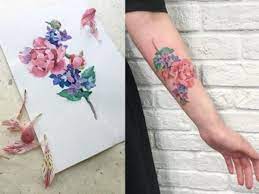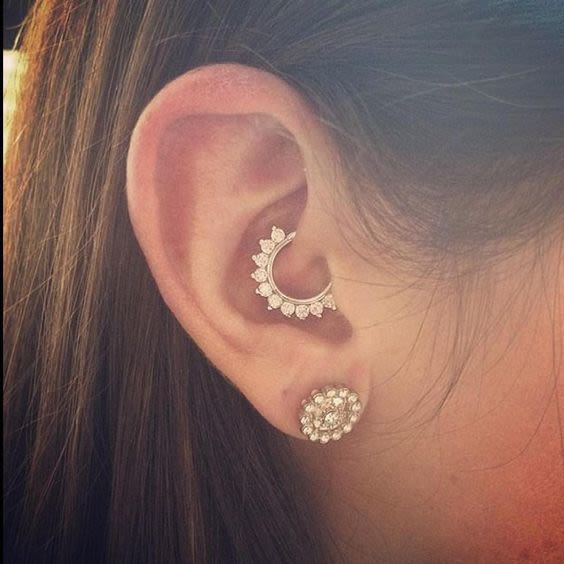

Daith piercings, also known as “daily ears,” are earrings that rest on the cartilage of your ear rather than on your earlobe. Although these piercings can look beautiful, there are potential risks involved.
One of the biggest risks with daith piercings is infection, which tends to occur more often here than on your earlobe. It’s wise to do some research before getting your daith pierced so you know what you can expect.
Ear cartilage
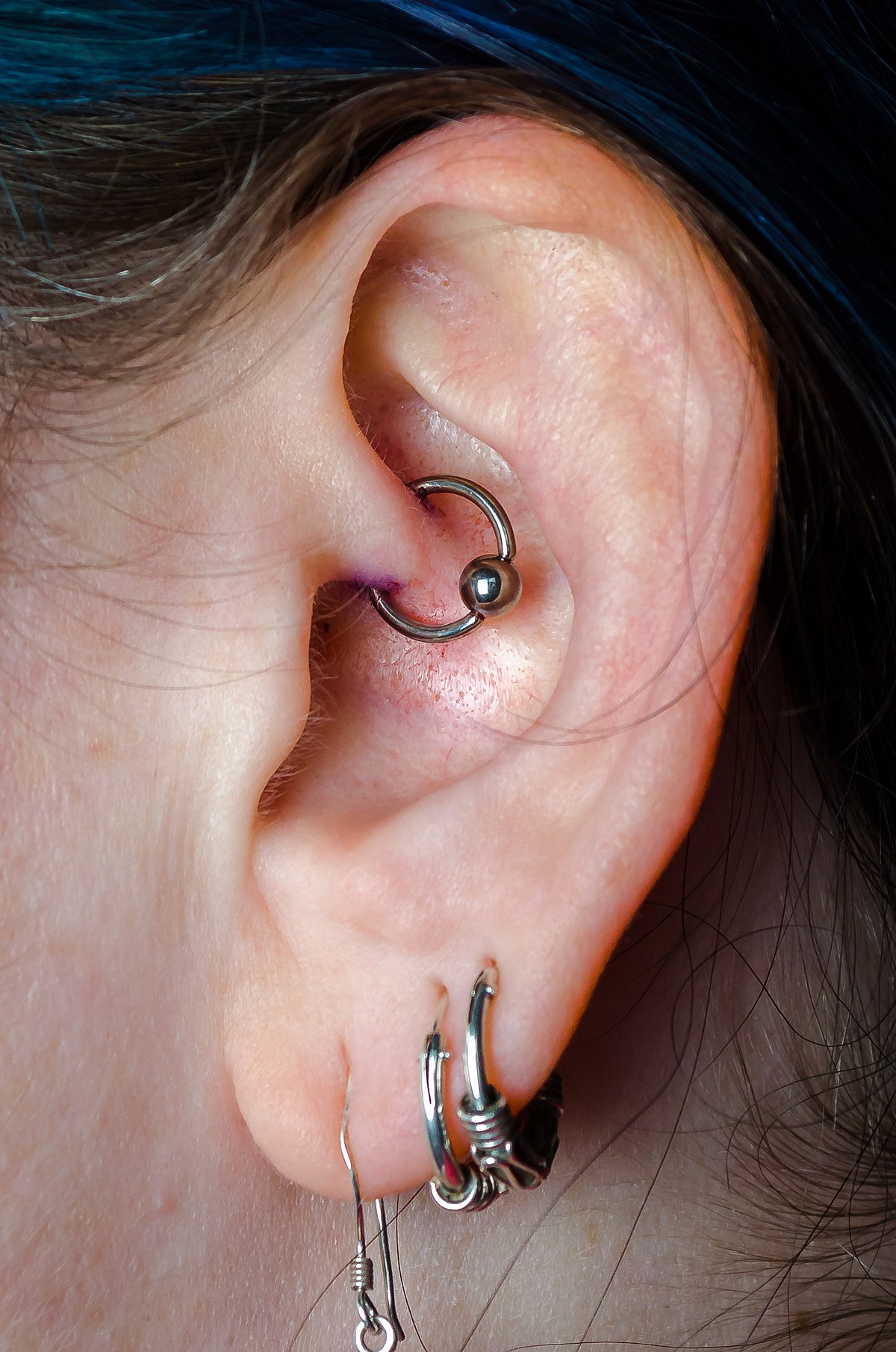
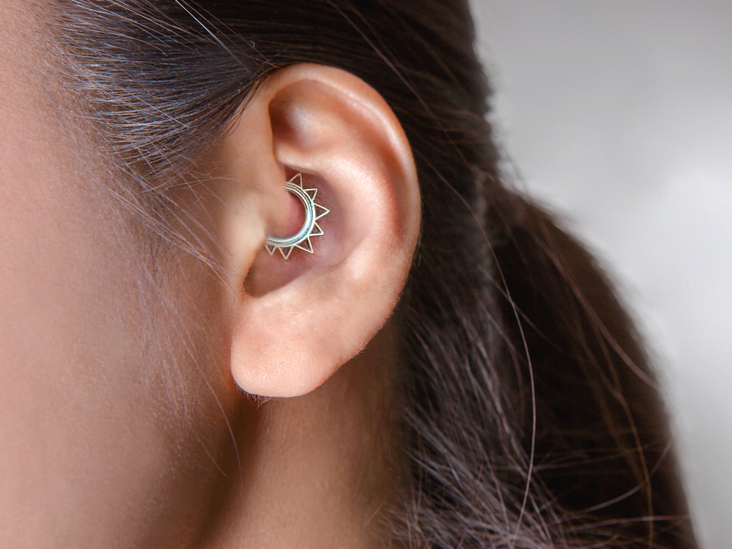
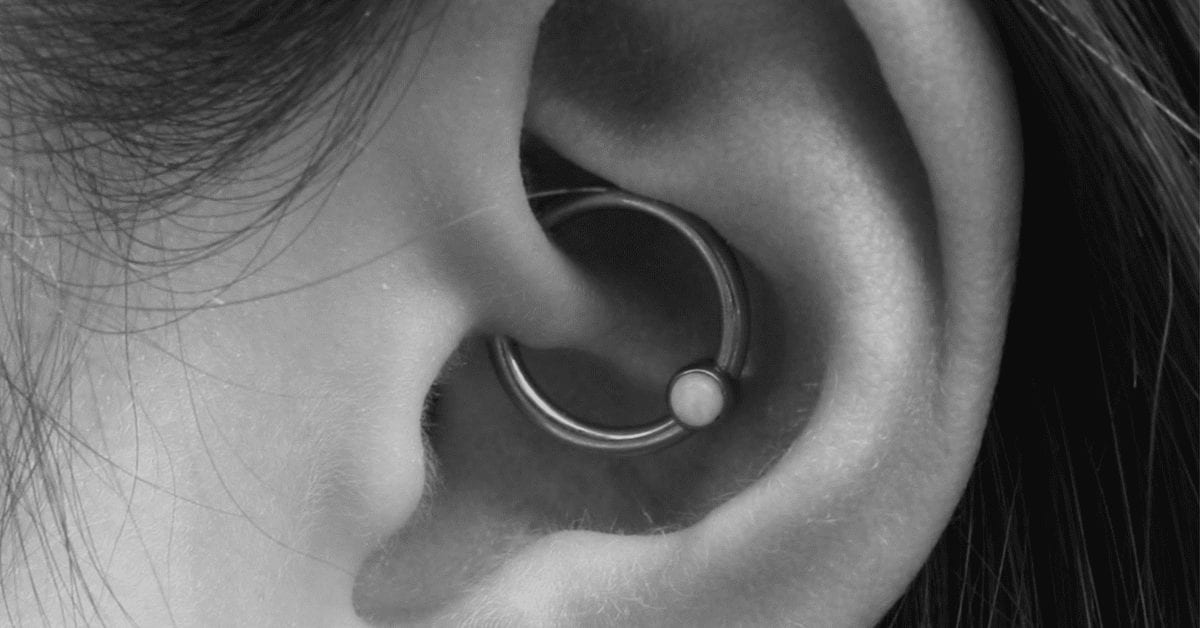
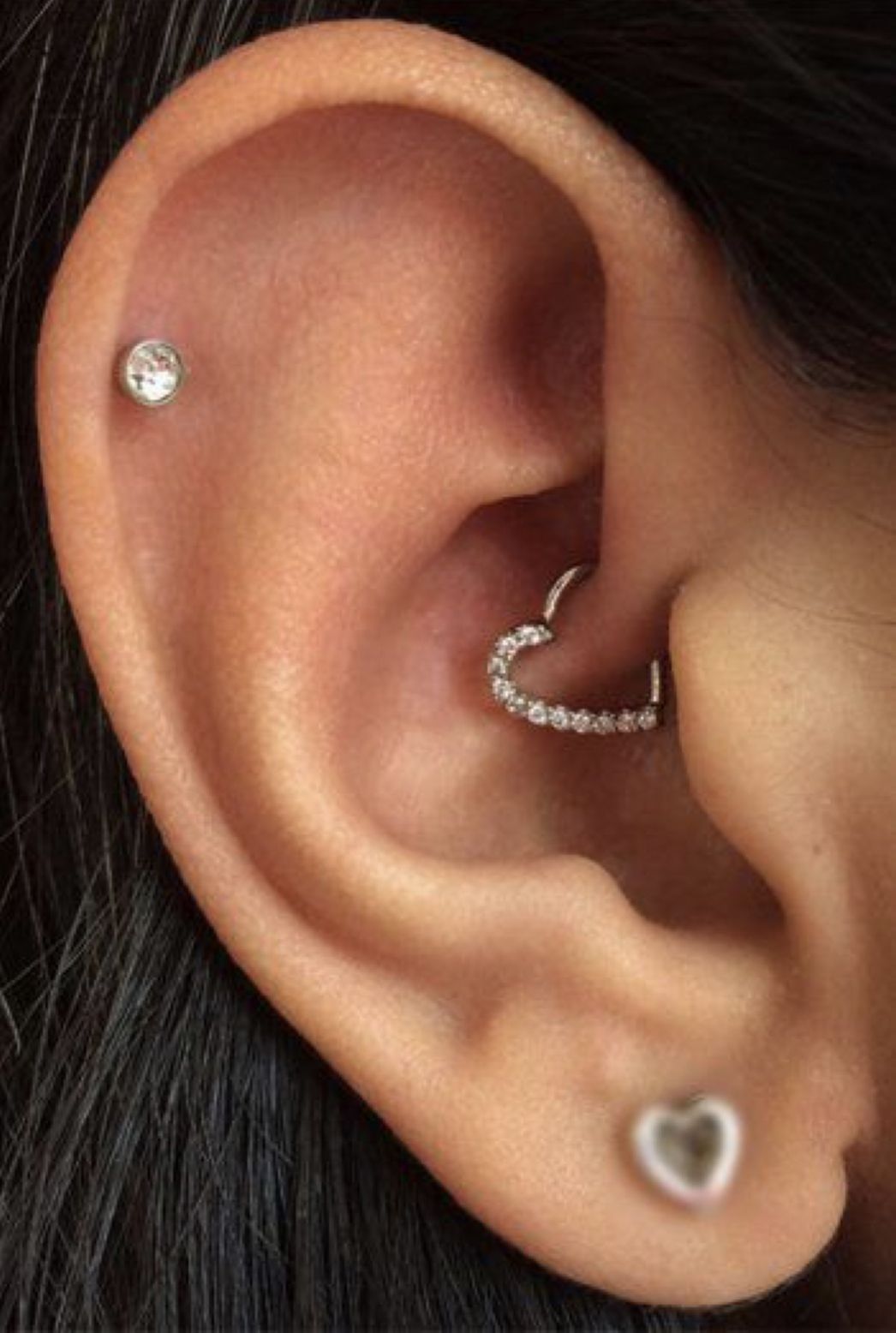
The ear cartilage is a thick and tough layer of tissue beneath the outer ear. Cartilage piercings have an increased risk of infection, such as perichondritis (inflammation of the ear cartilage) or cauliflower ears. Some people may experience the development of keloids, or lumps, in their piercings.
Keloid formation is uncommon in daith piercings, but you can minimize your chances of experiencing one if you take proper care during healing. Avoid rubbing your piercing, touching it with dirty hands, and twisting it open – these could all lead to scarring or encourage the growth of keloids.
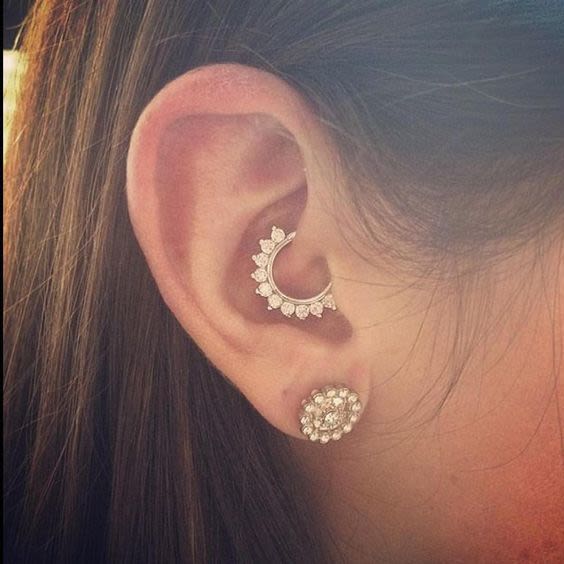
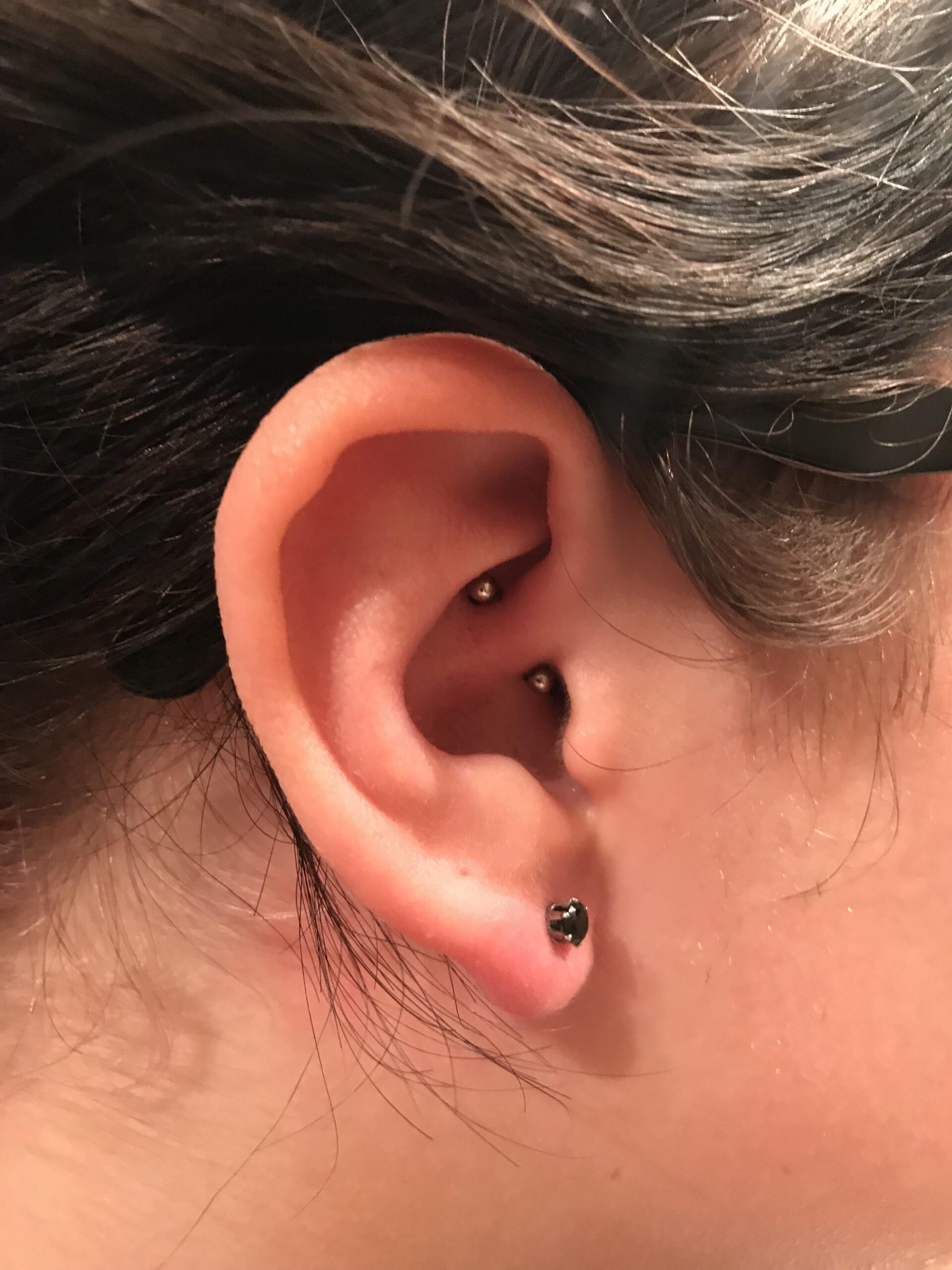
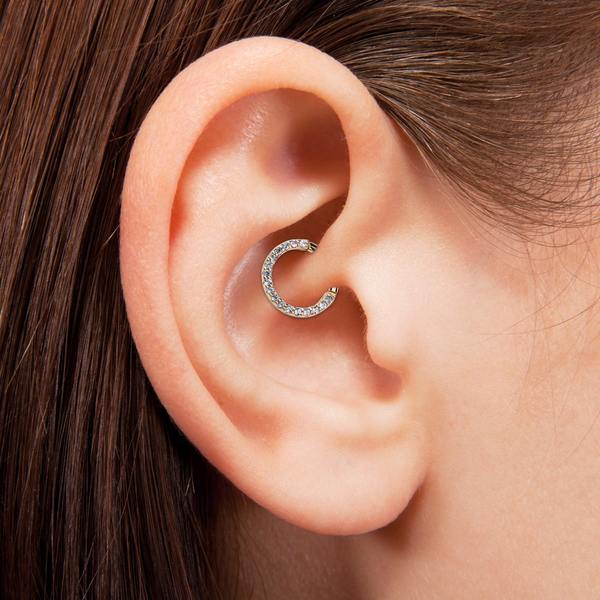
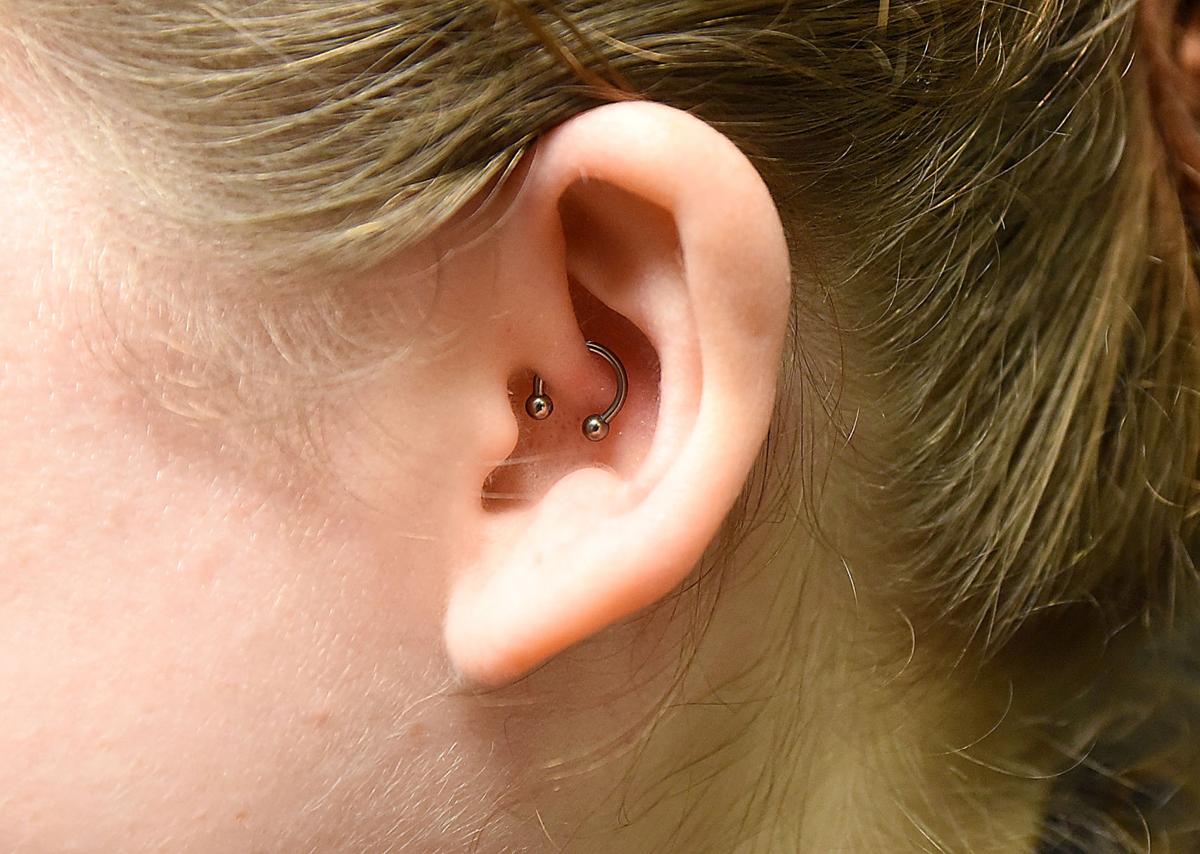
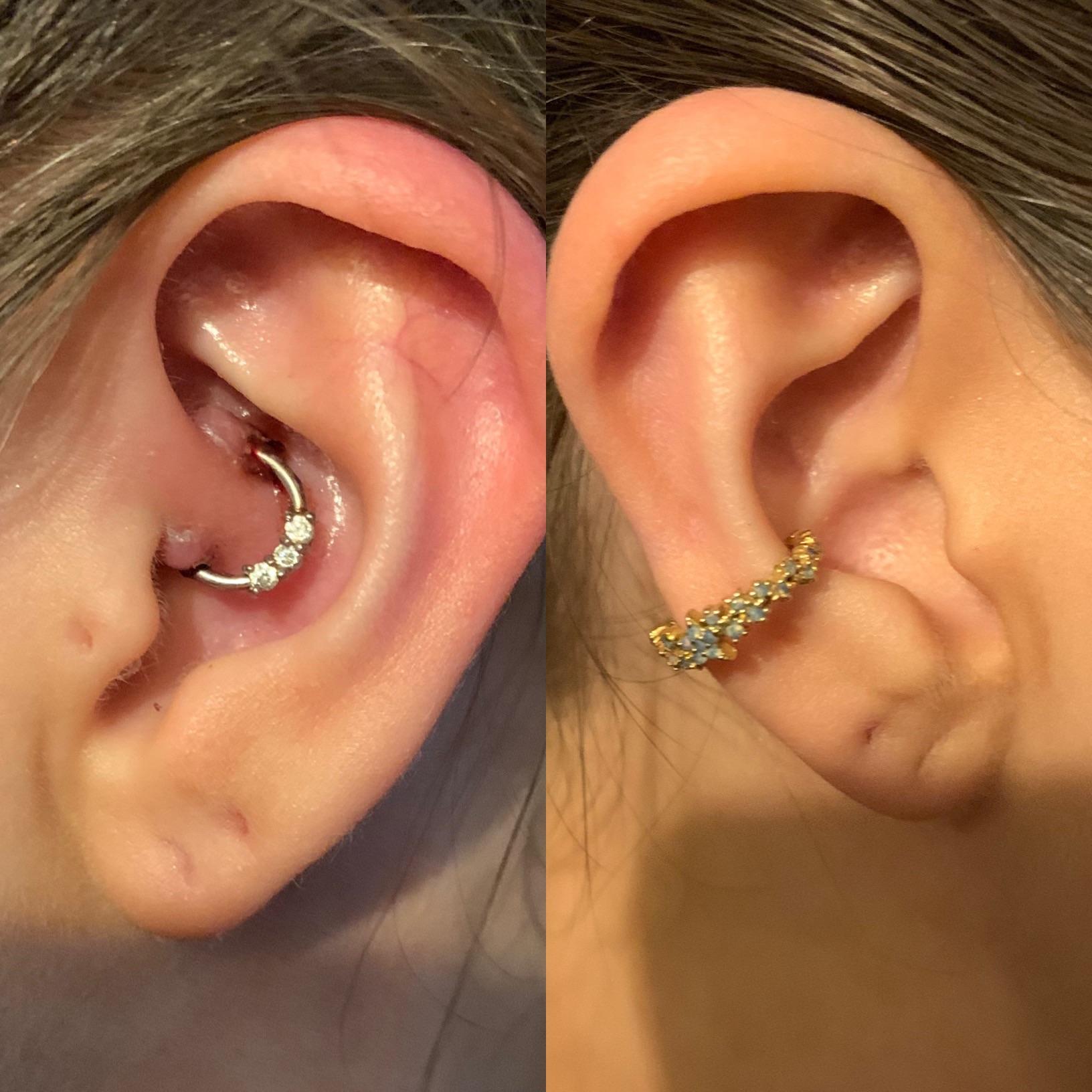
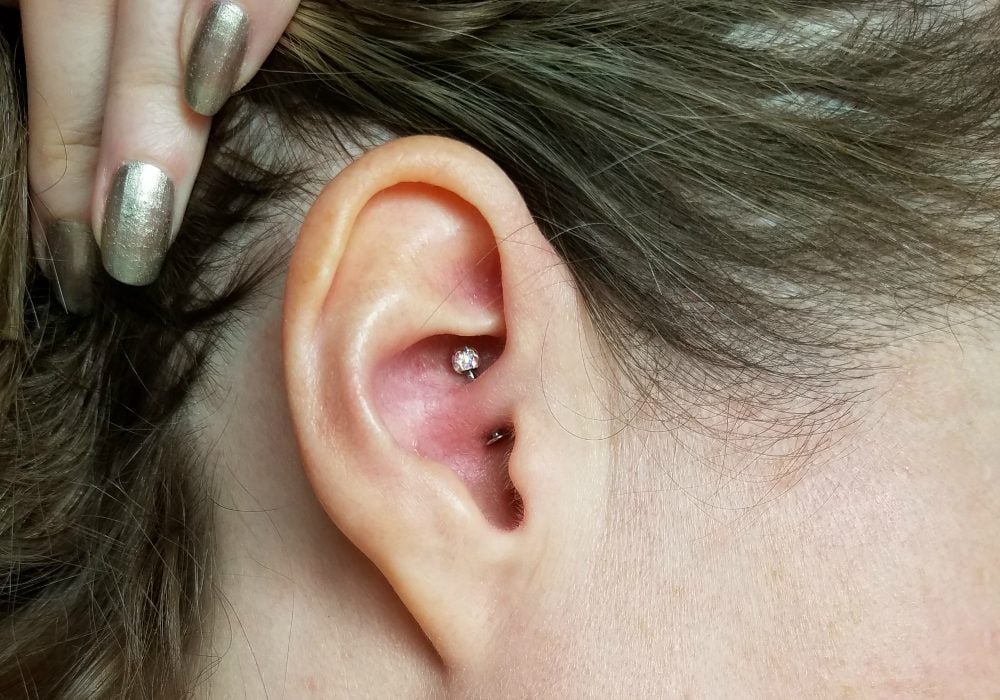

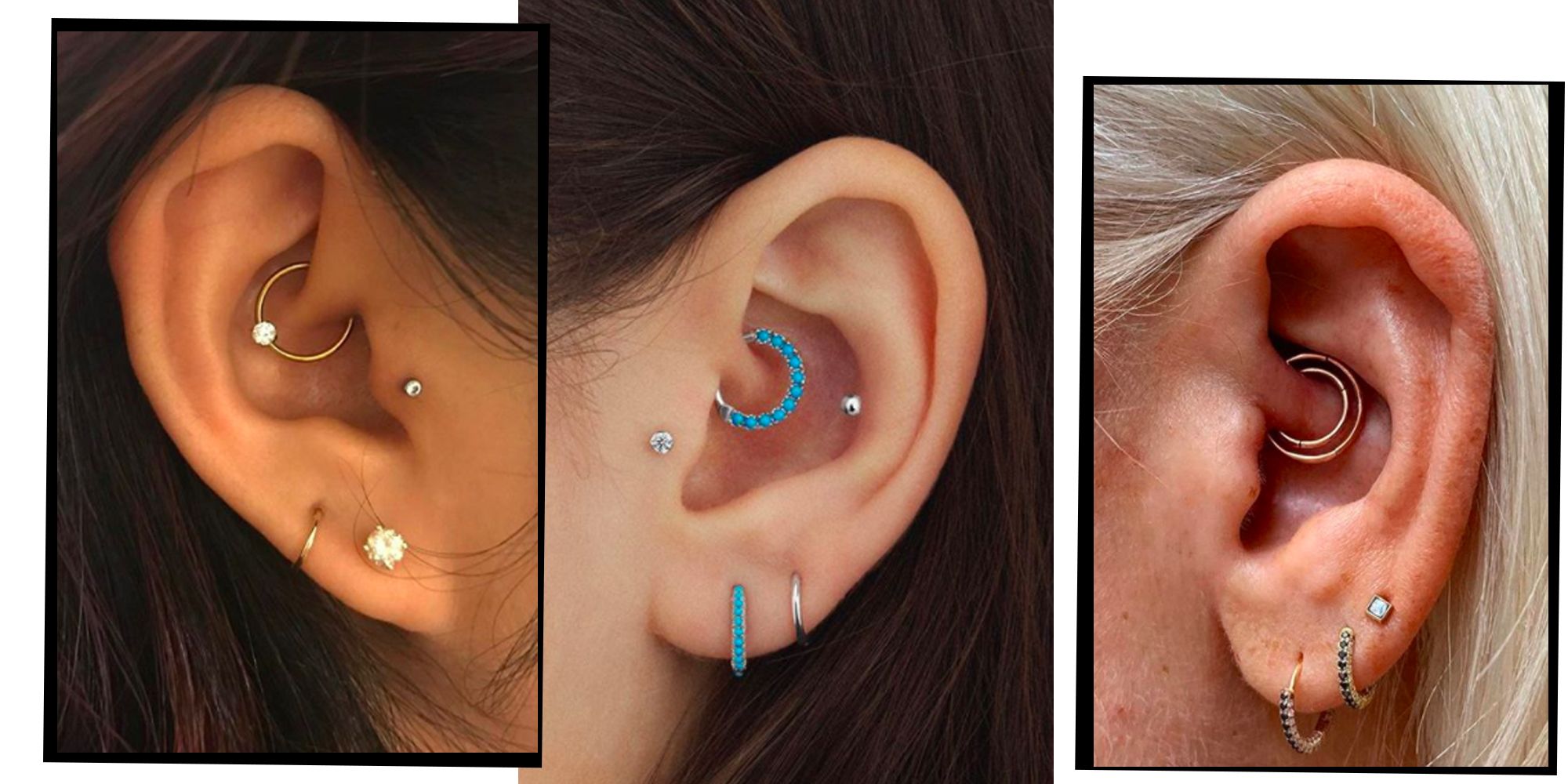
Additionally, be sure to wash your piercing twice a day with saline solution and air-dry it thoroughly. Furthermore, avoid public pools or baths which could infect the piercing with bacteria, as well as wearing jewelry that snags on your ears which could irritate the piercing.
However, it’s essential that you remember that cartilage piercings require more patience and tender loving care than other ear piercings; typically fully healed within 6-12 months with no stress applied.
Ear lobes
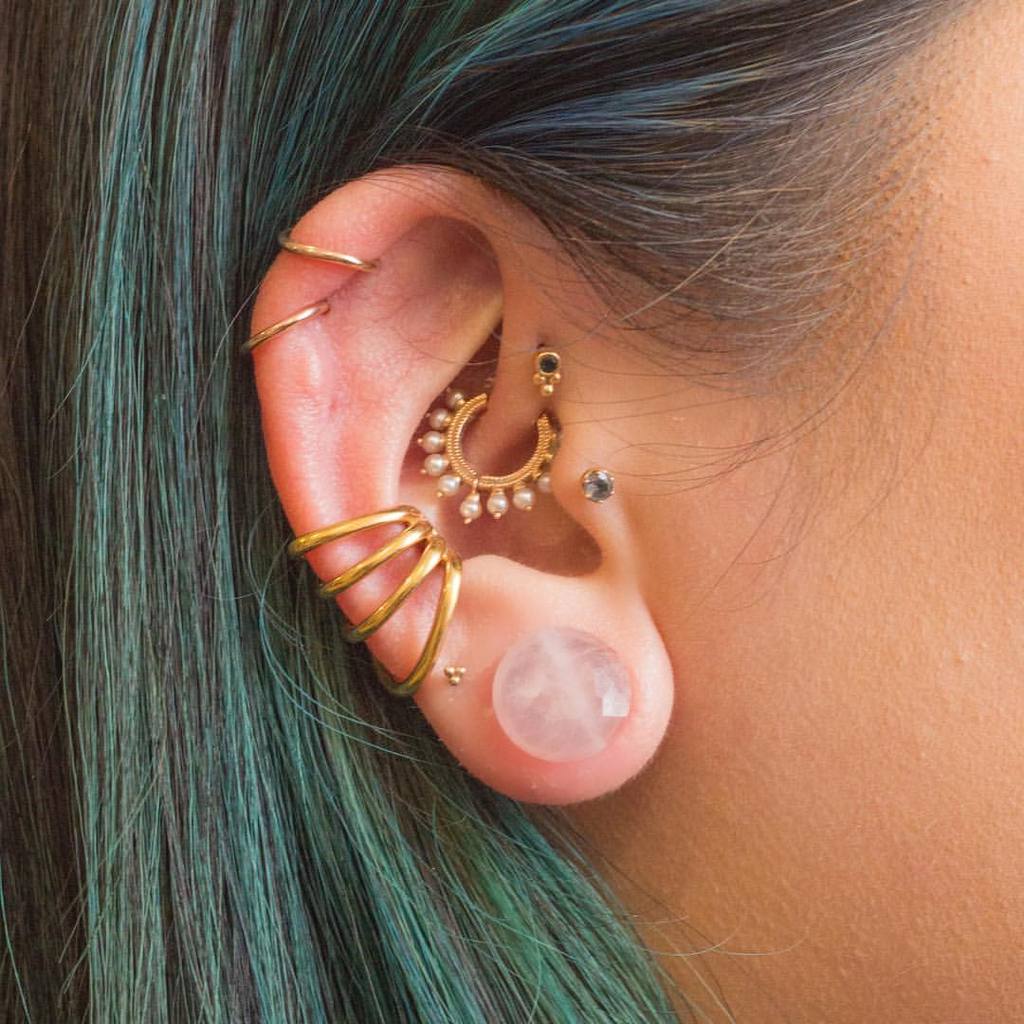
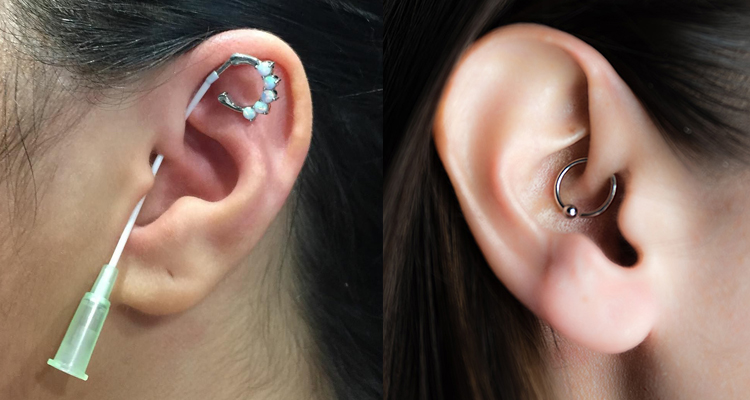
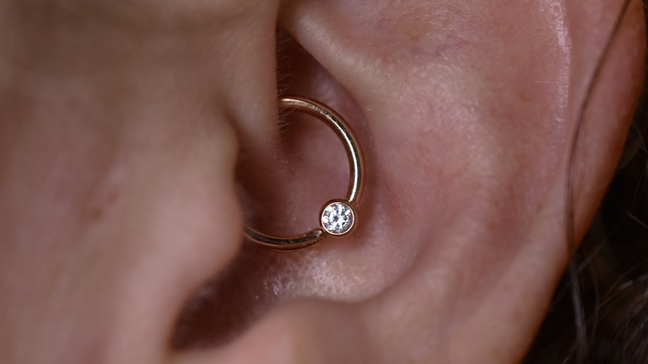
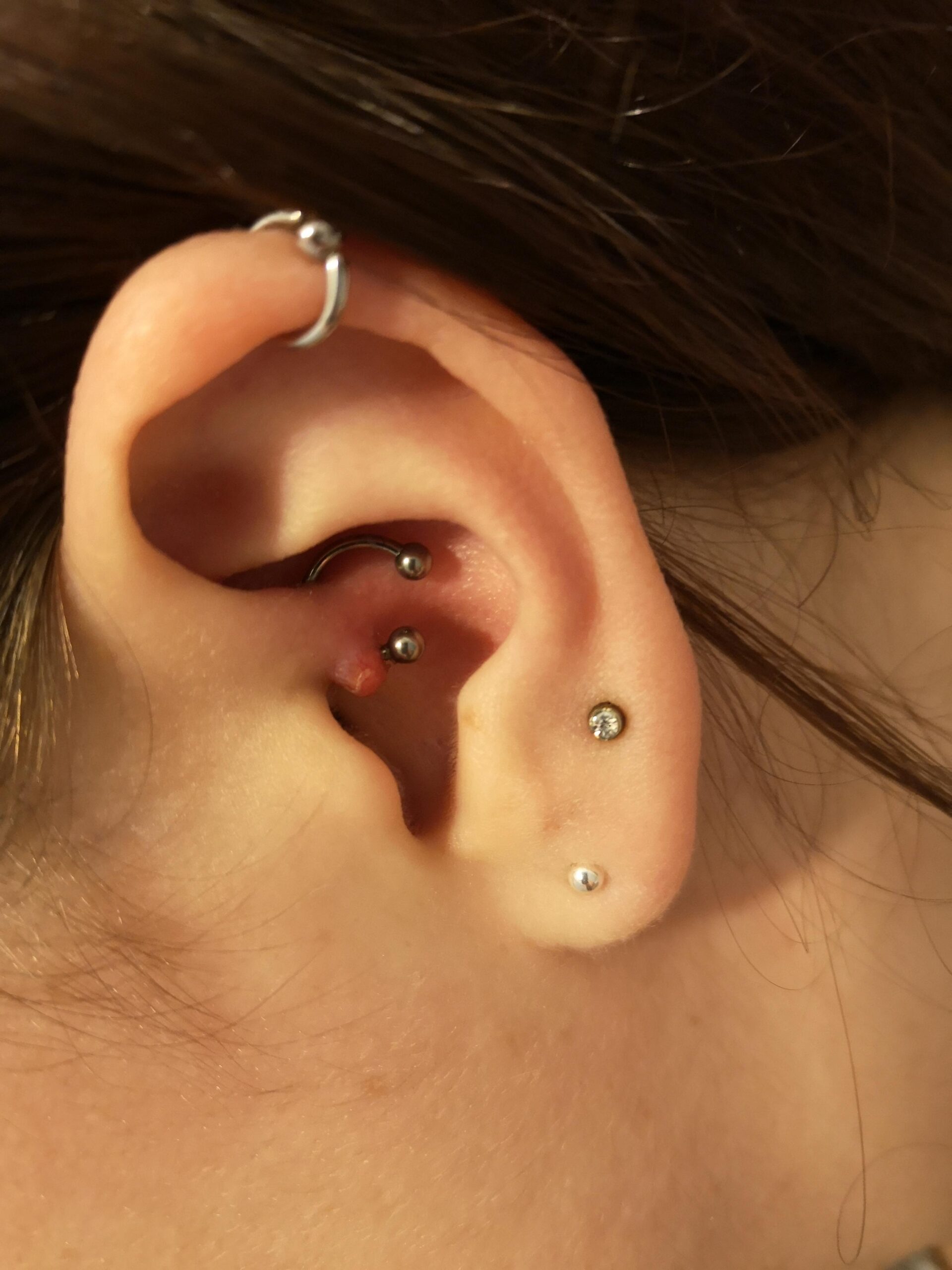
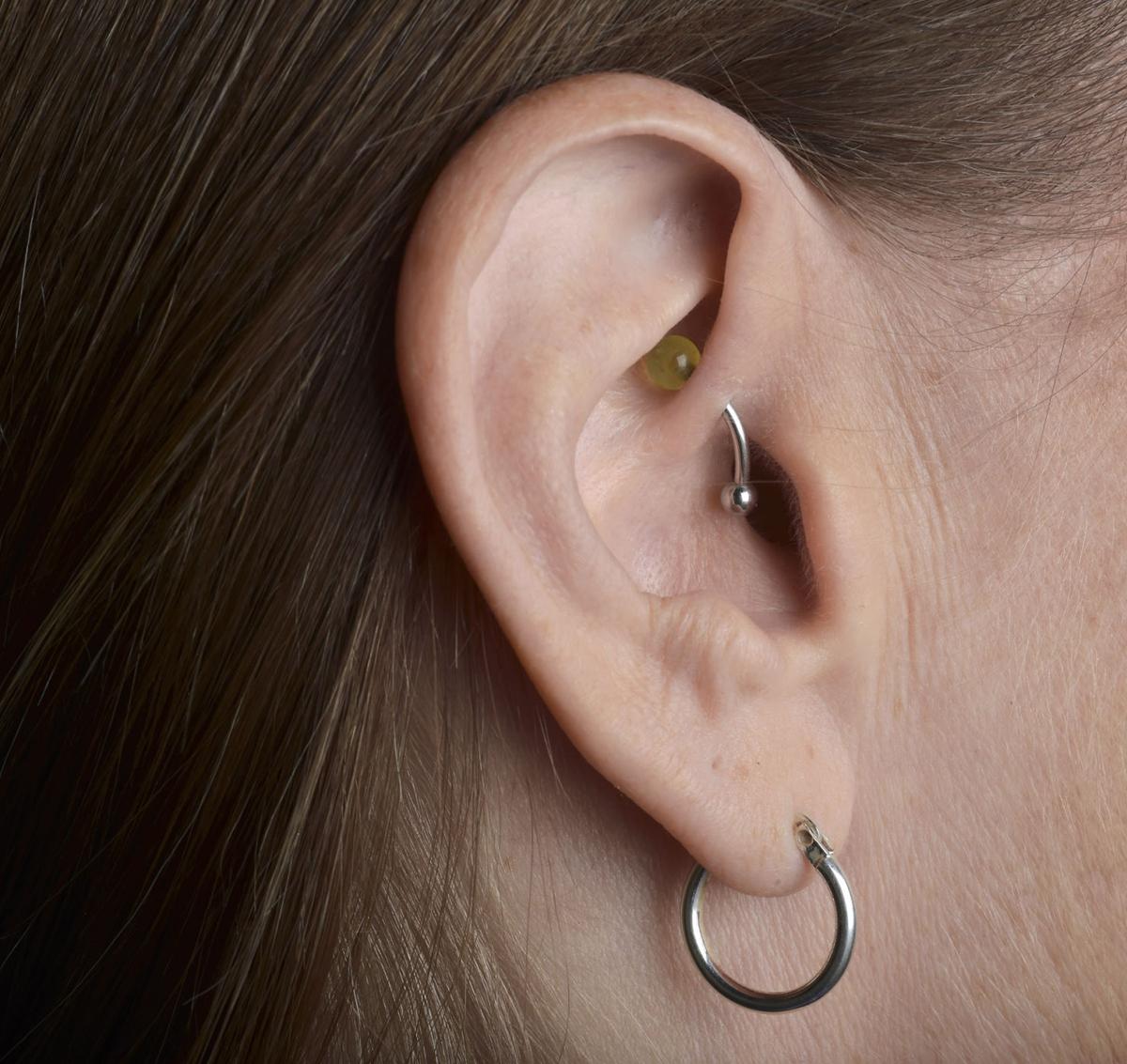
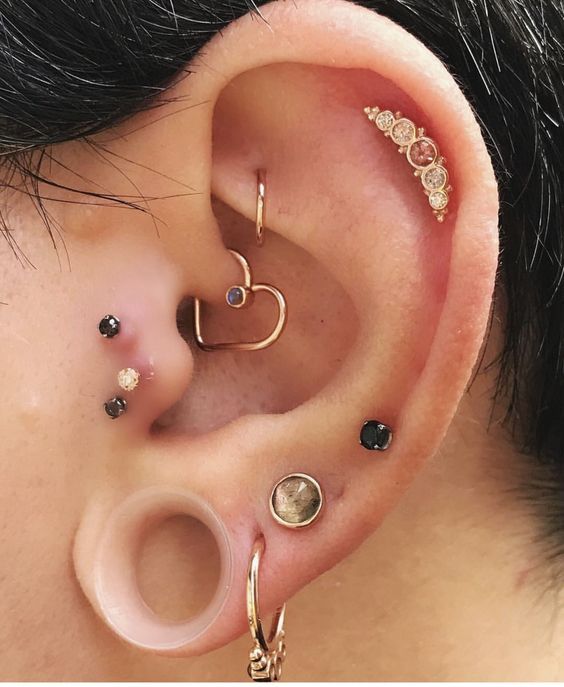
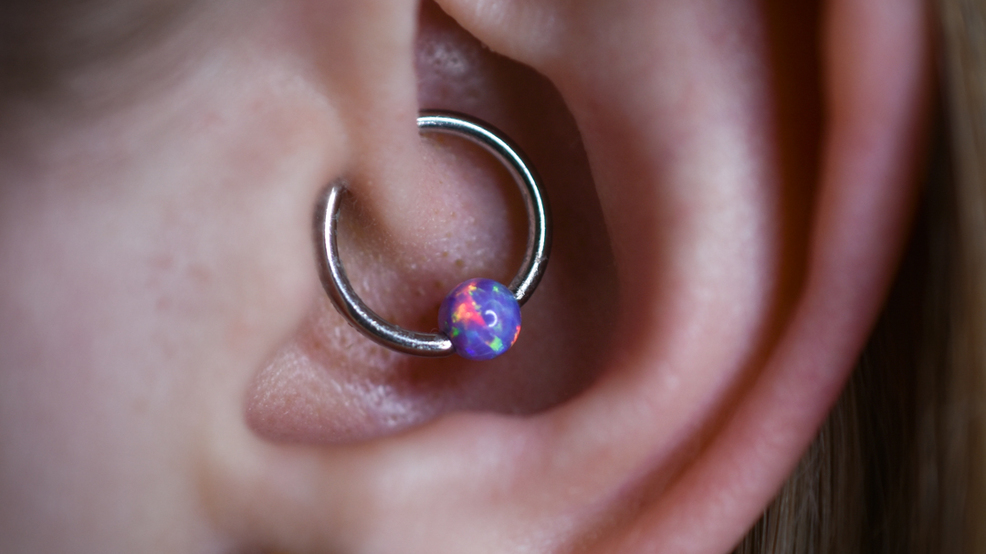
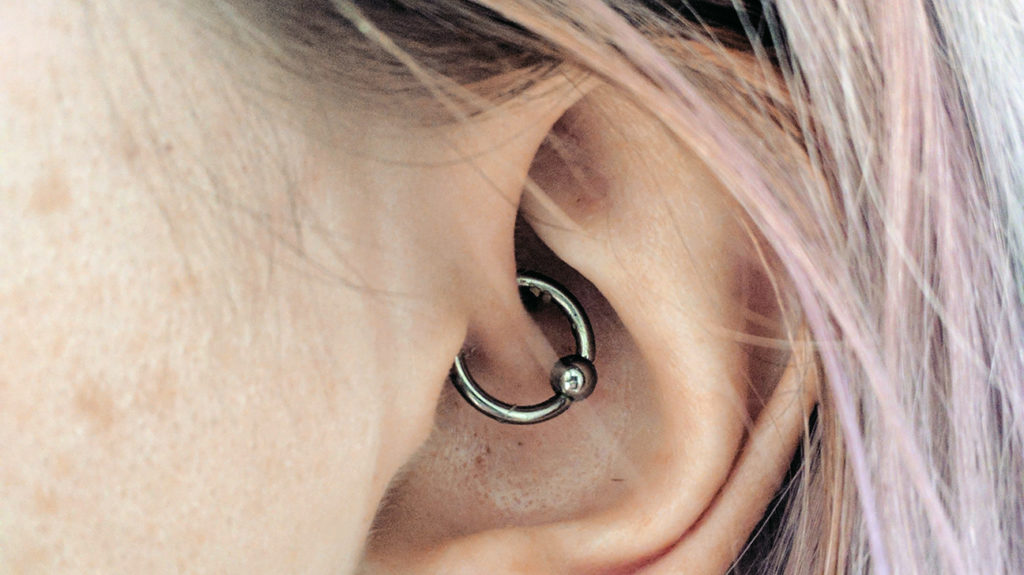
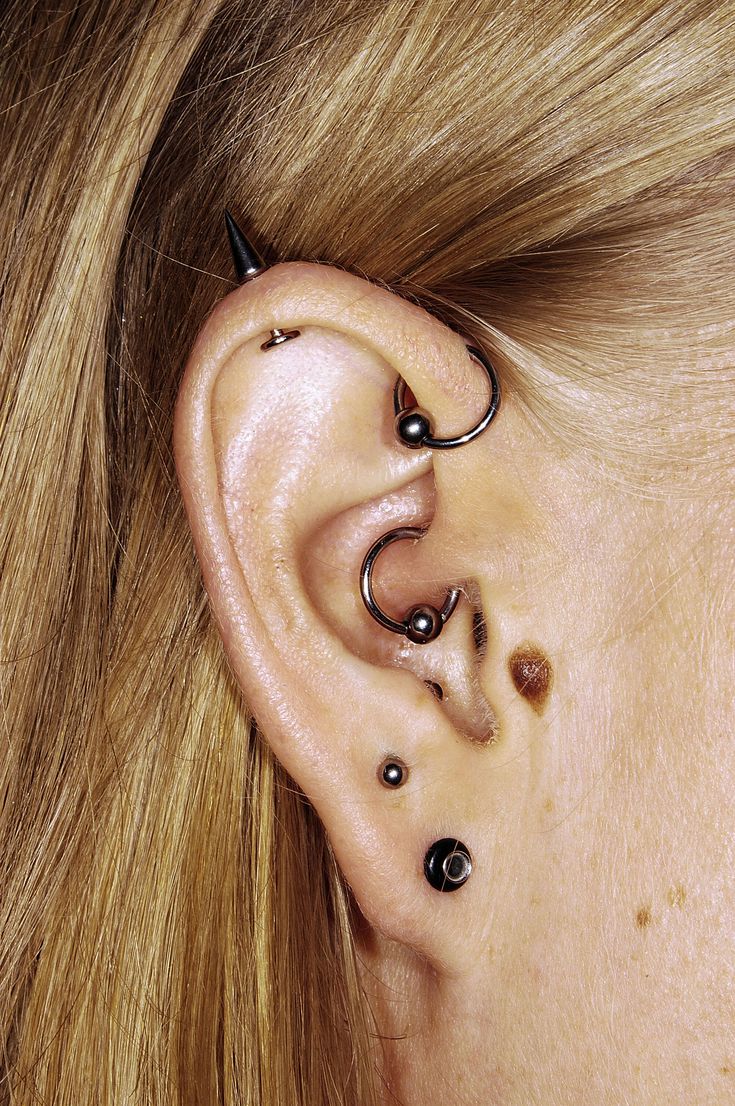
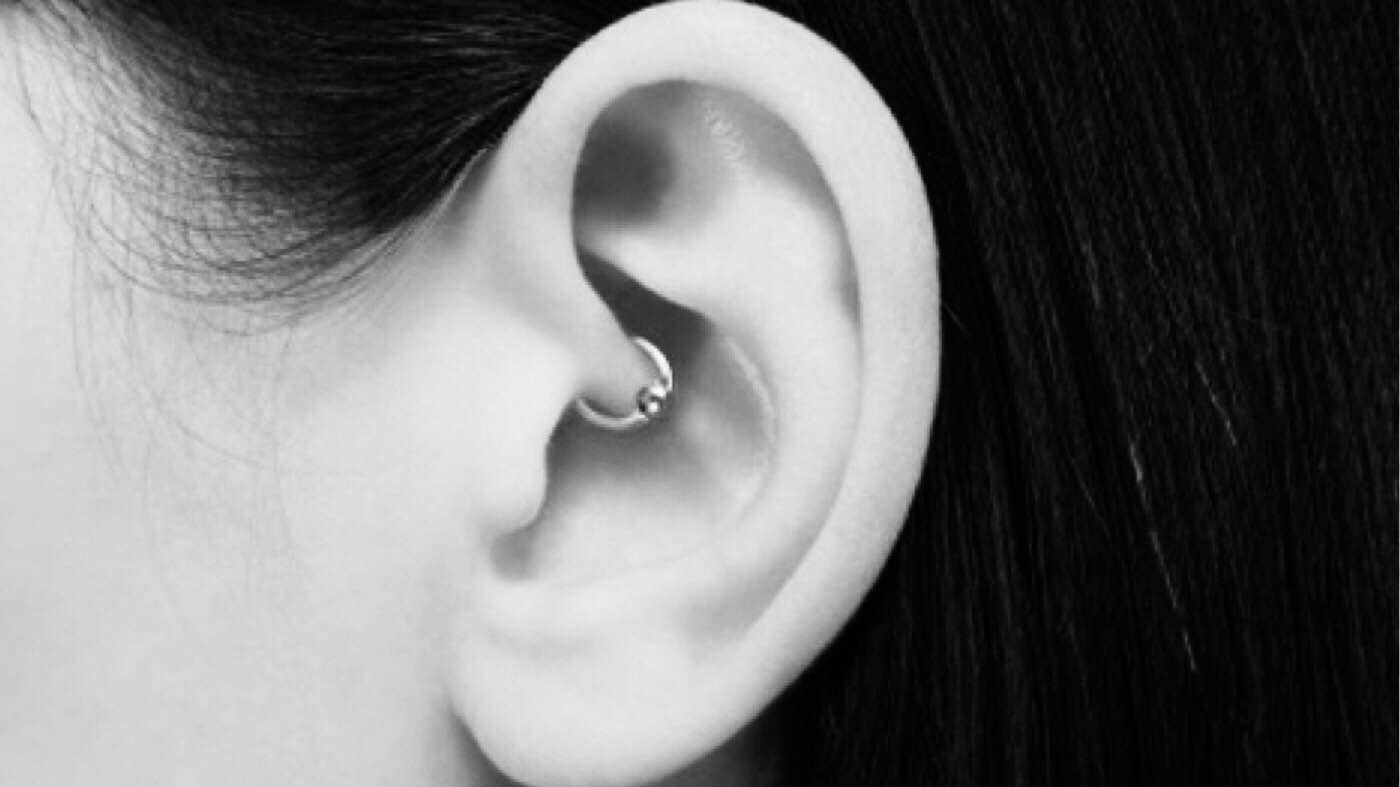
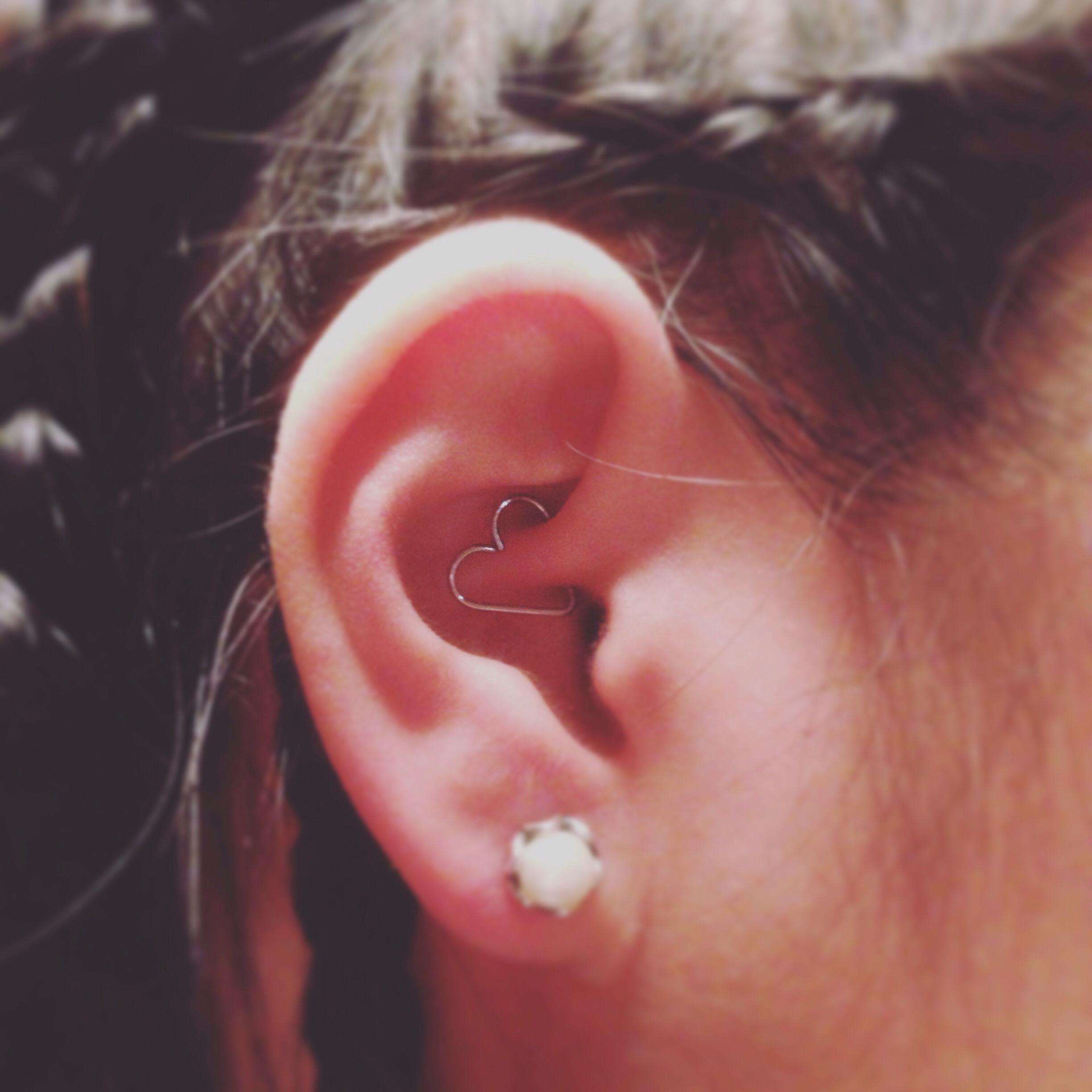
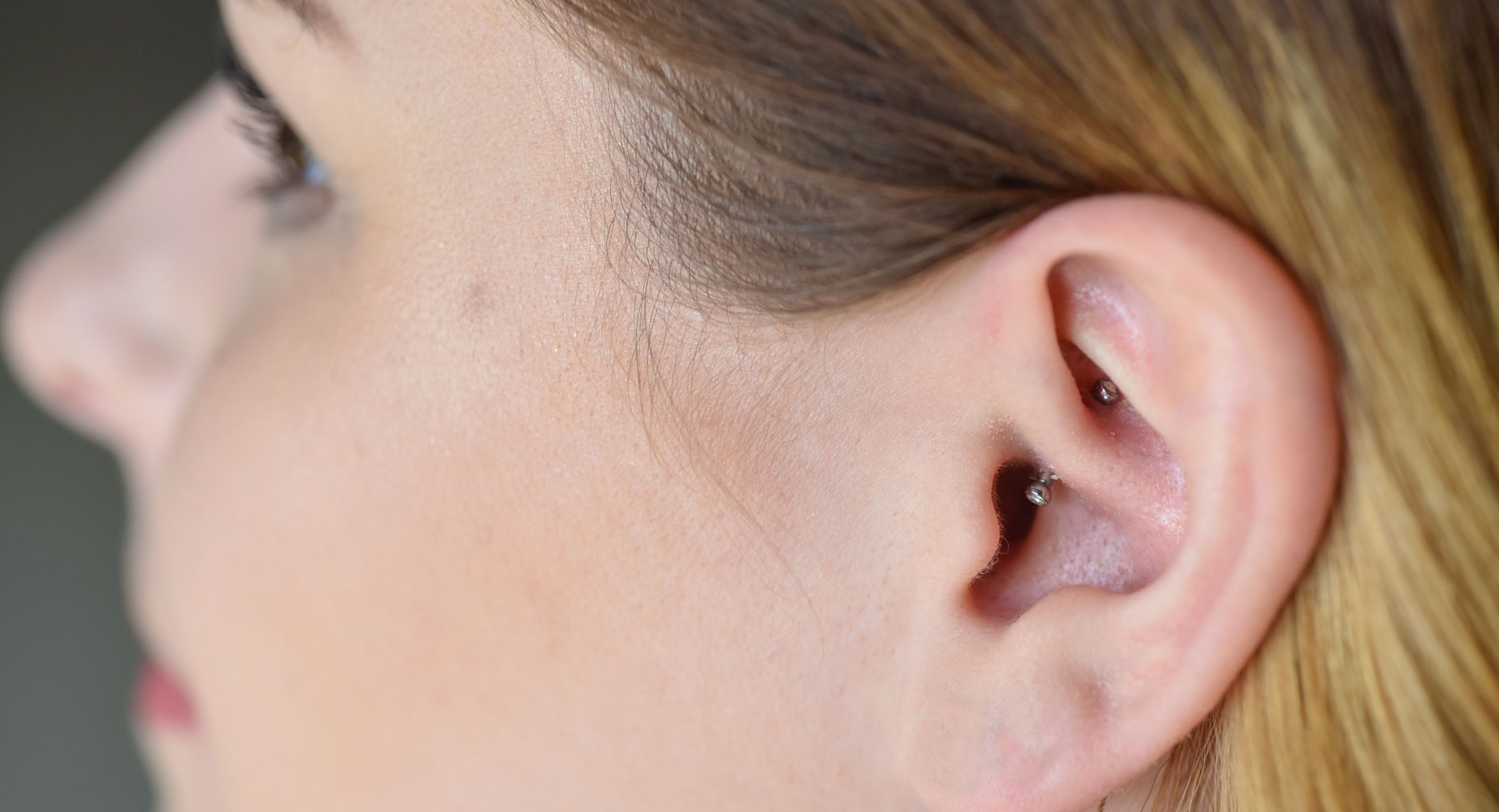
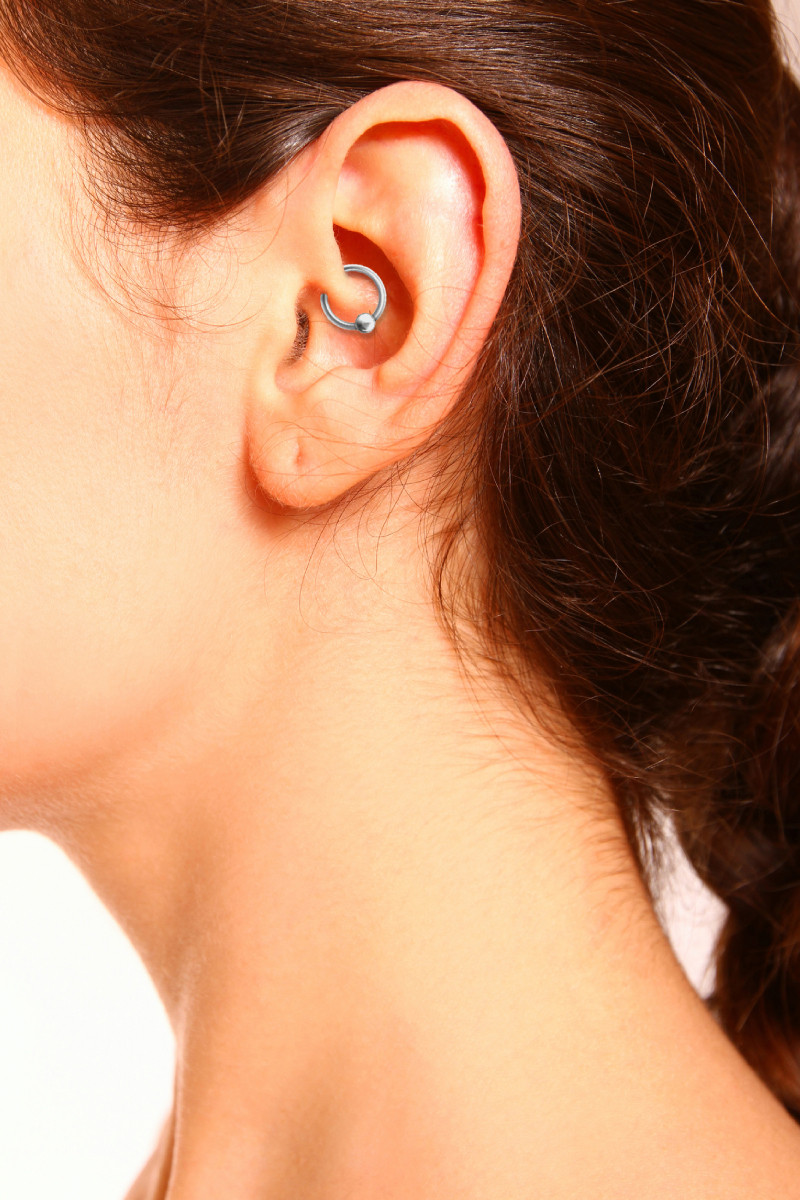
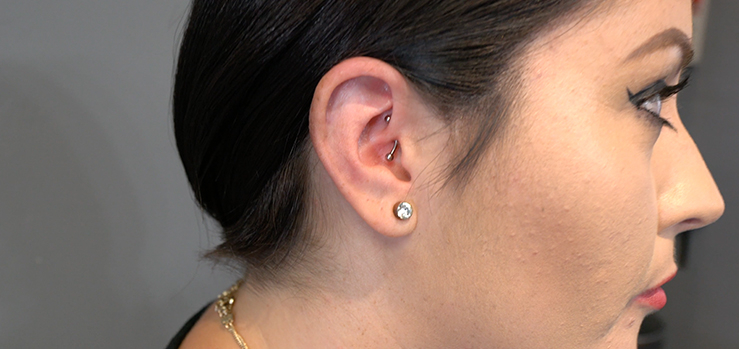
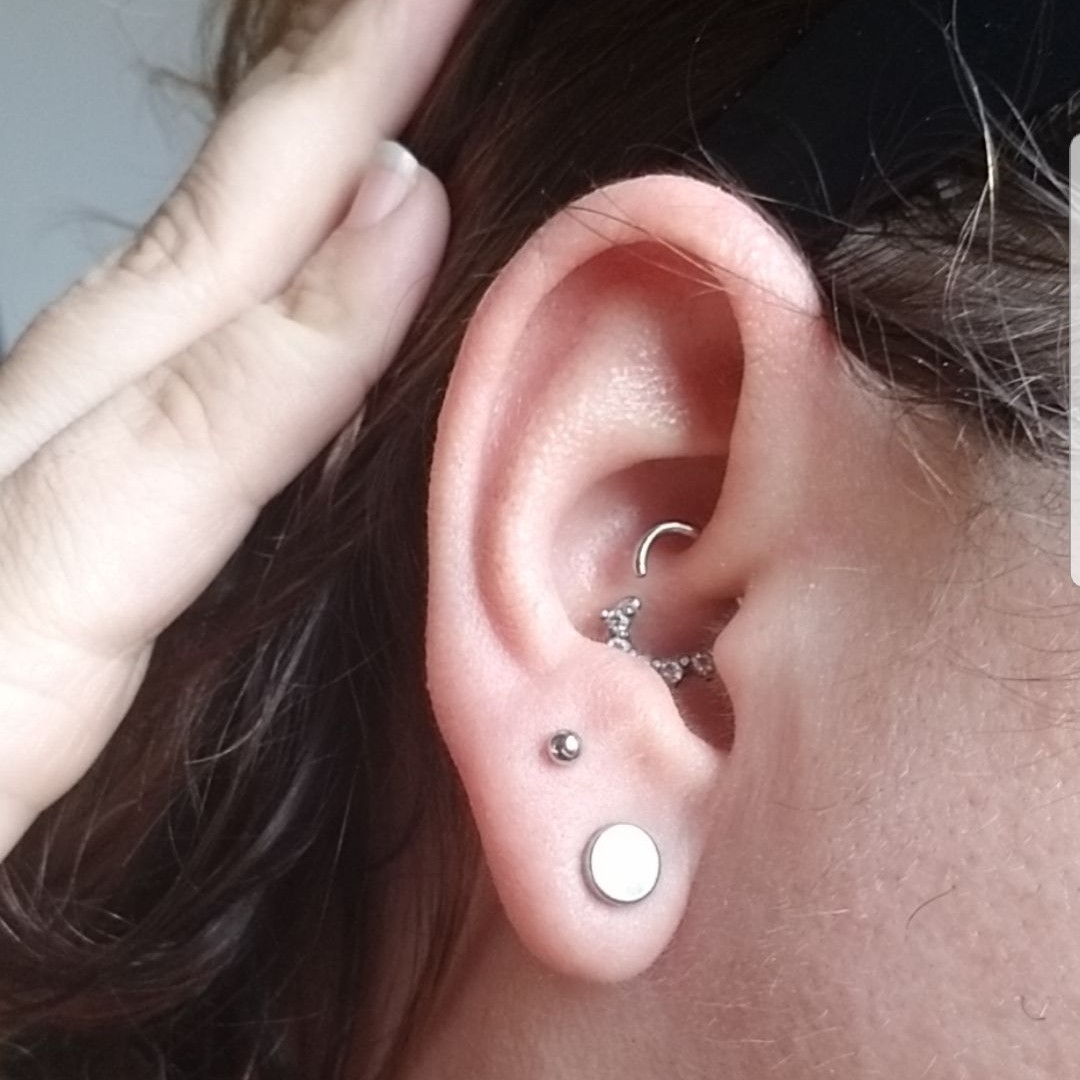
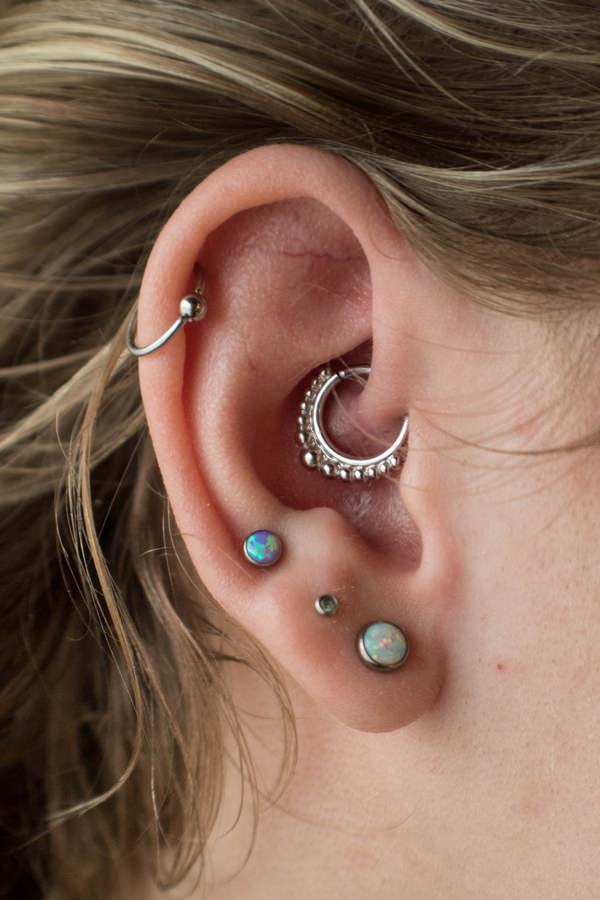
Daith piercings are cartilage ear piercings that fit inside the inner fold of your ears. They’re increasingly popular among women who want to add some flair and beauty to their ears.
Daith piercings are a relatively common body piercing, but can be quite challenging for your piercer to perform due to their location in the thickest part of your cartilage – right between rook and tragus piercings, according to Shannon Freed, senior manager of piercing operations at Studs. Furthermore, due to being difficult to reach, daith piercings may take longer to heal than other types of cartilage piercings.
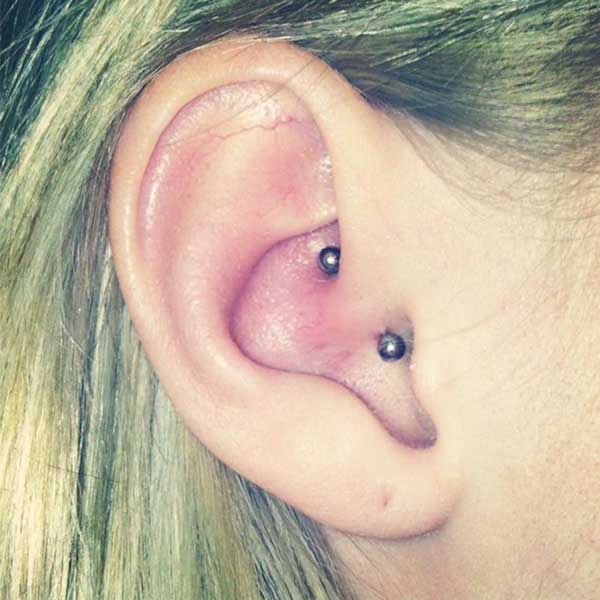
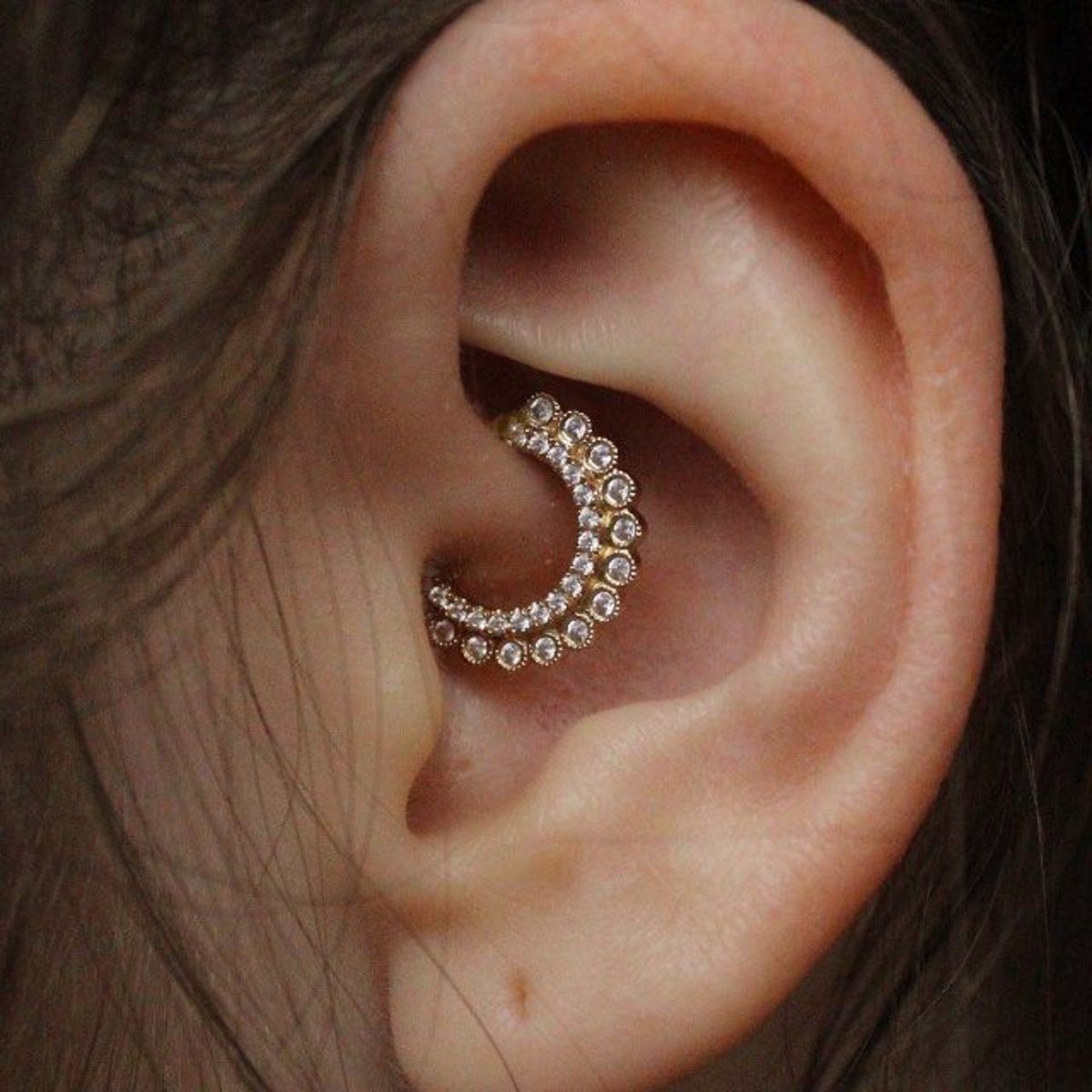
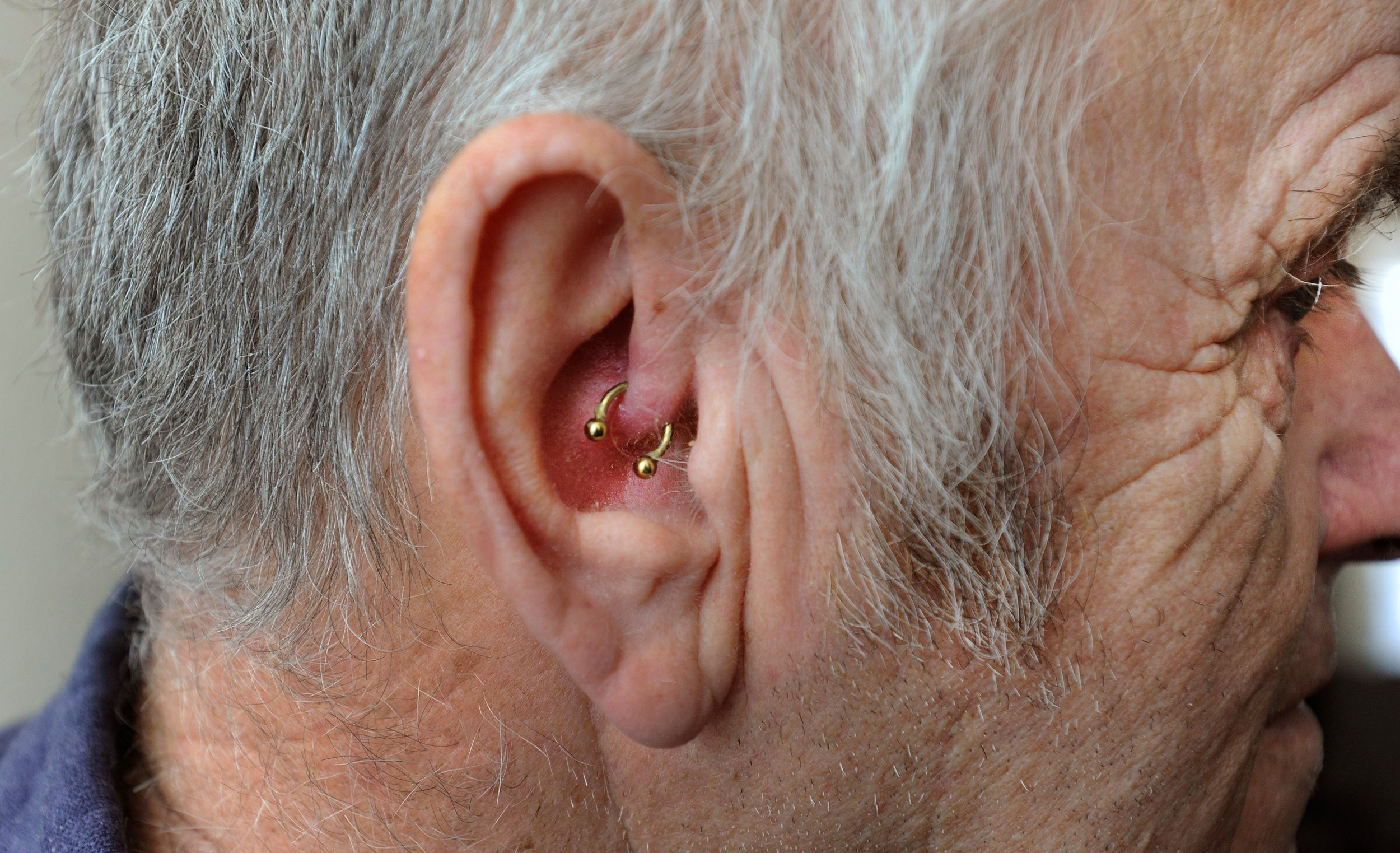
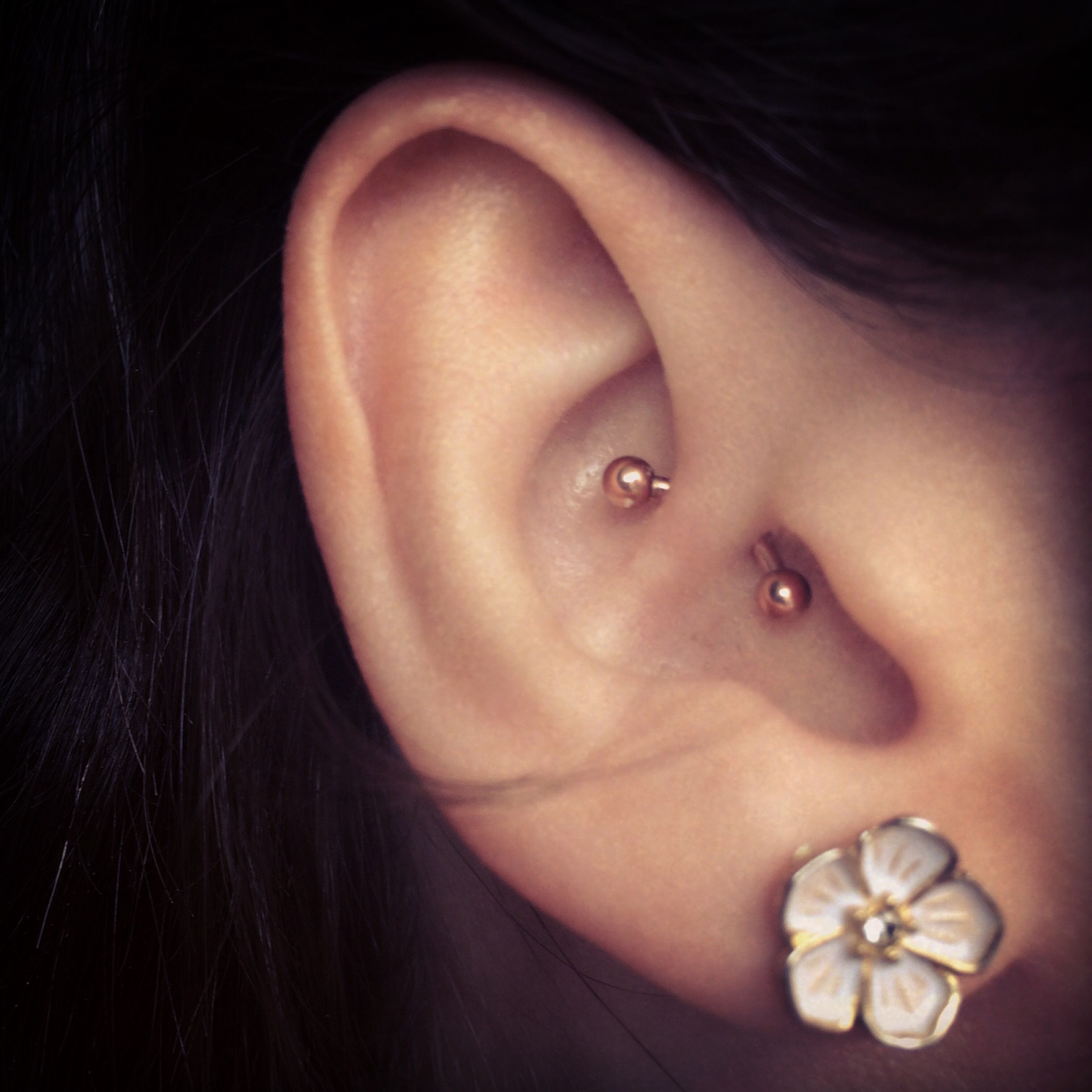
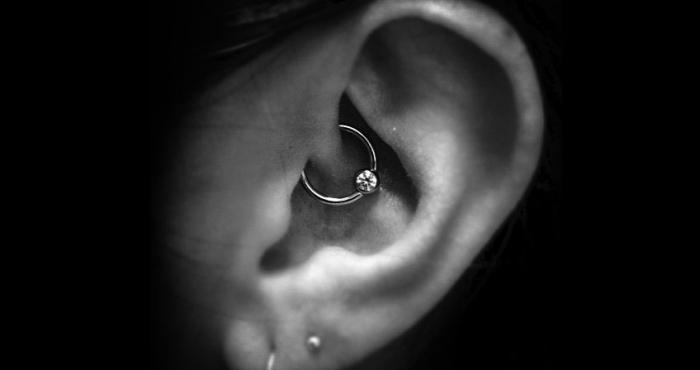
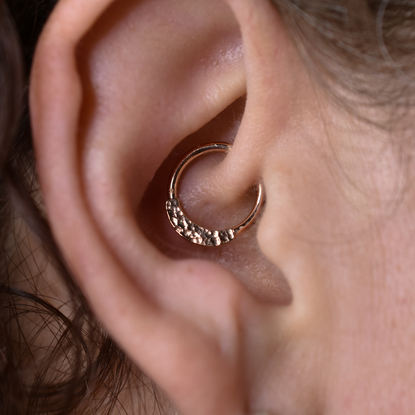
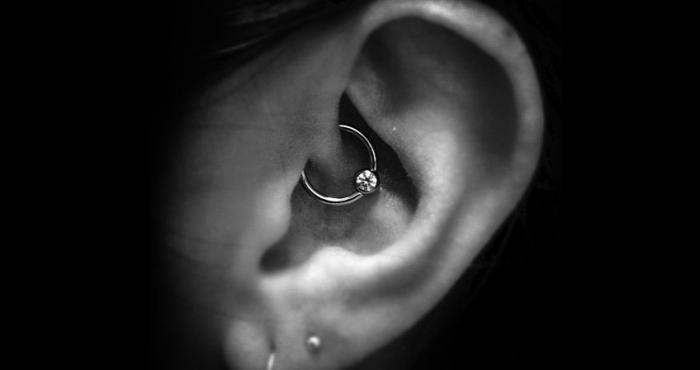
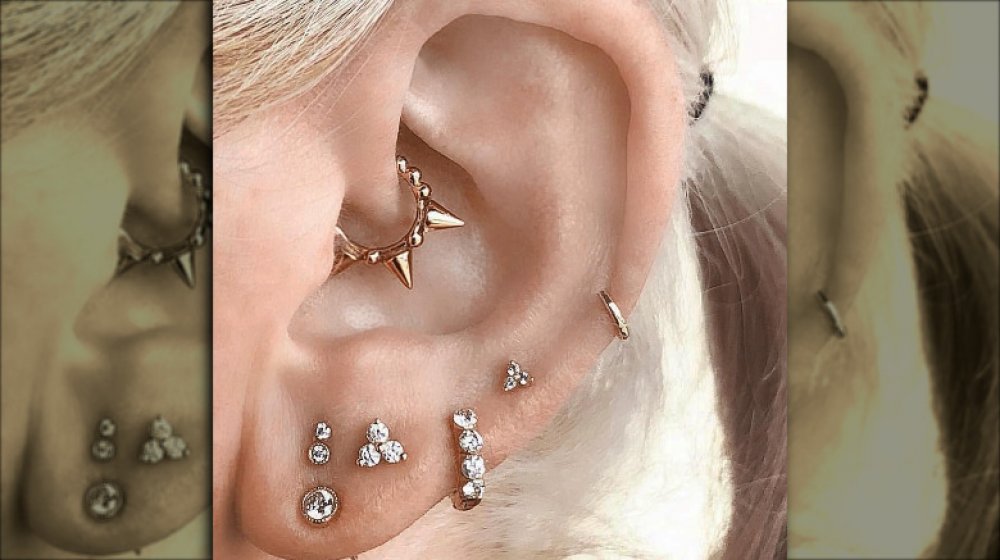
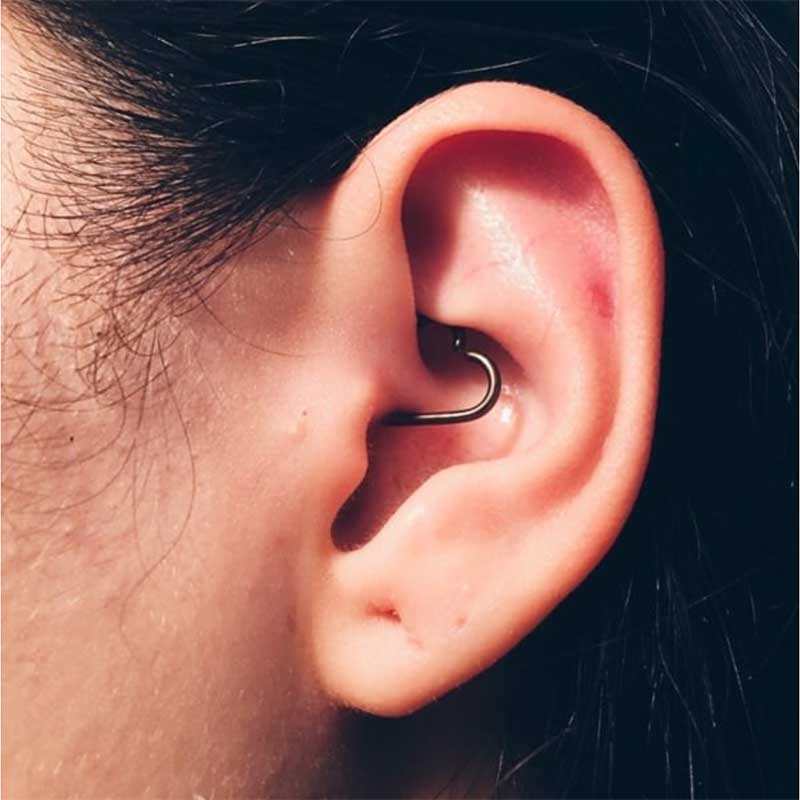
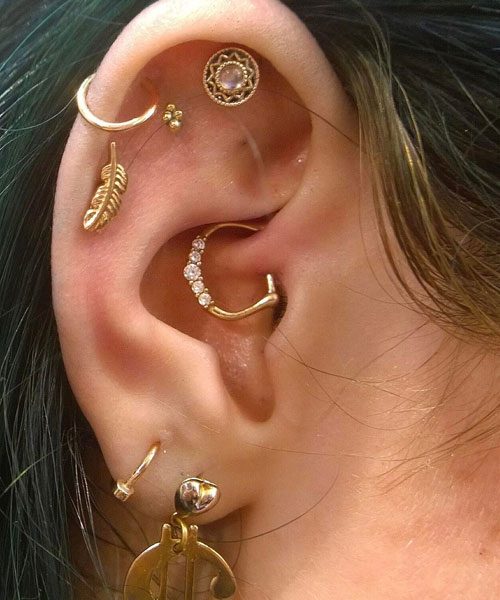
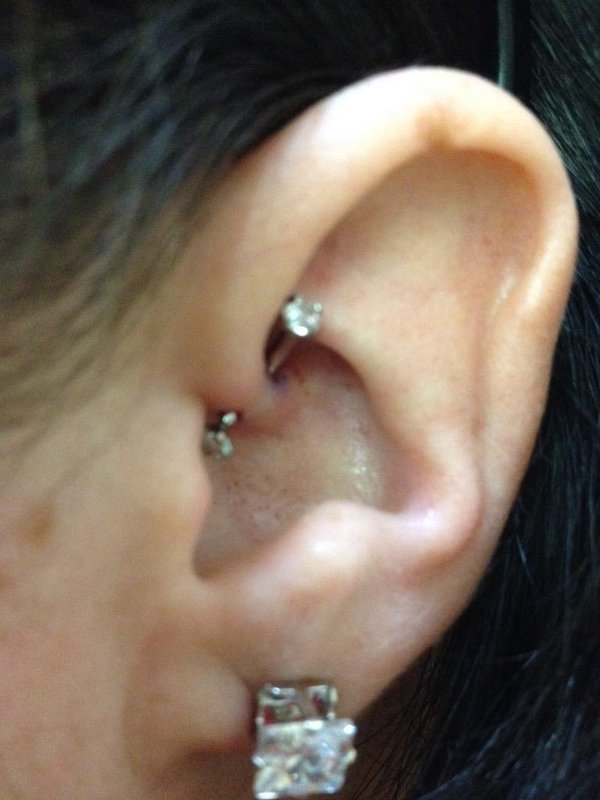
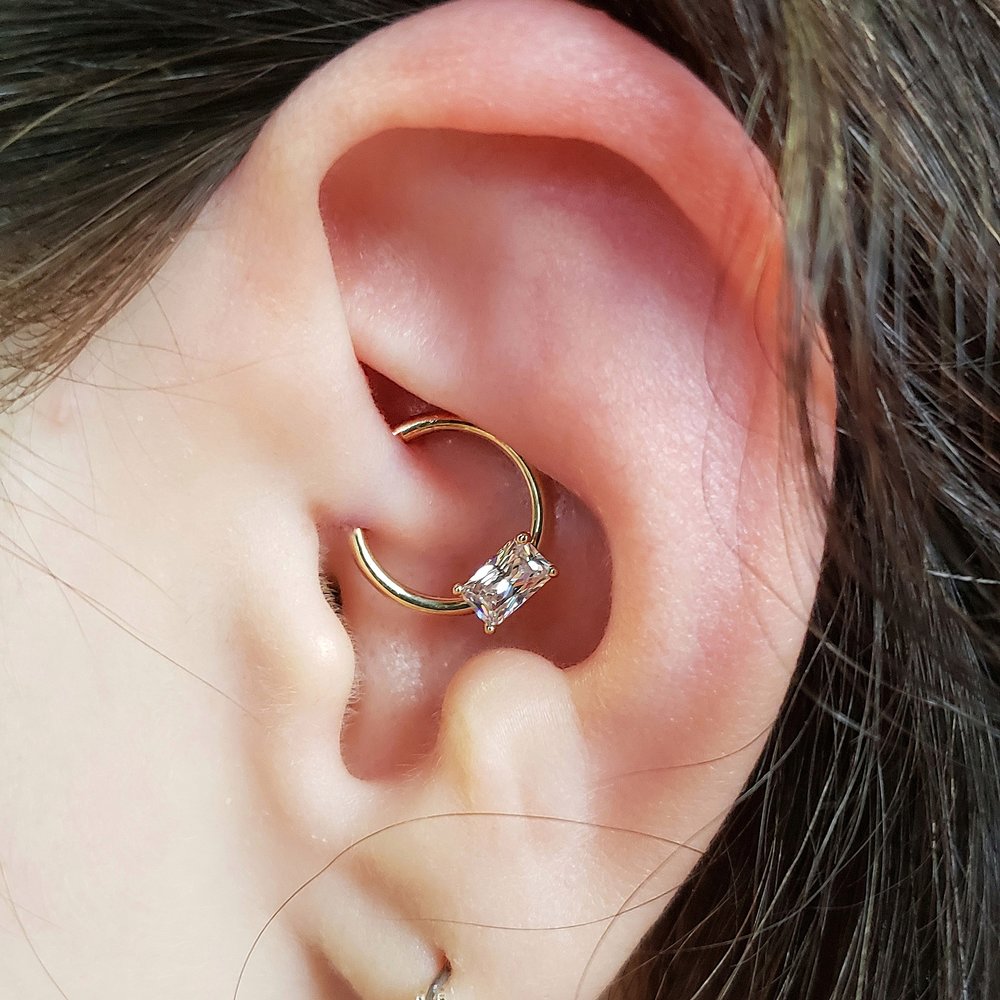
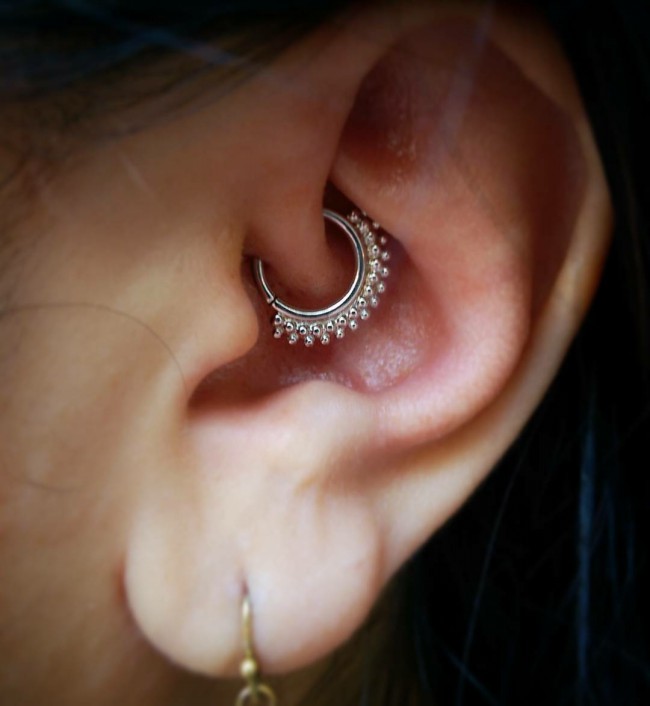
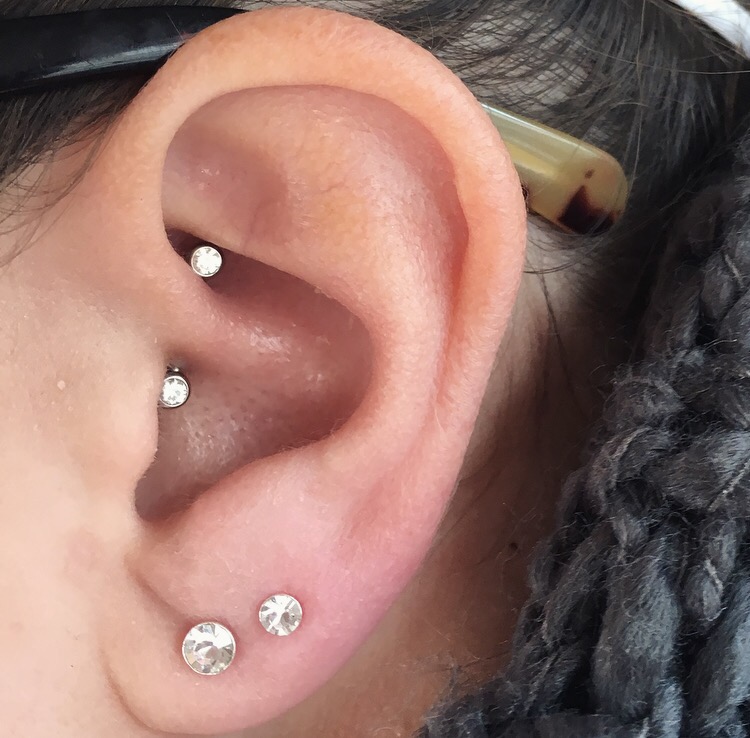
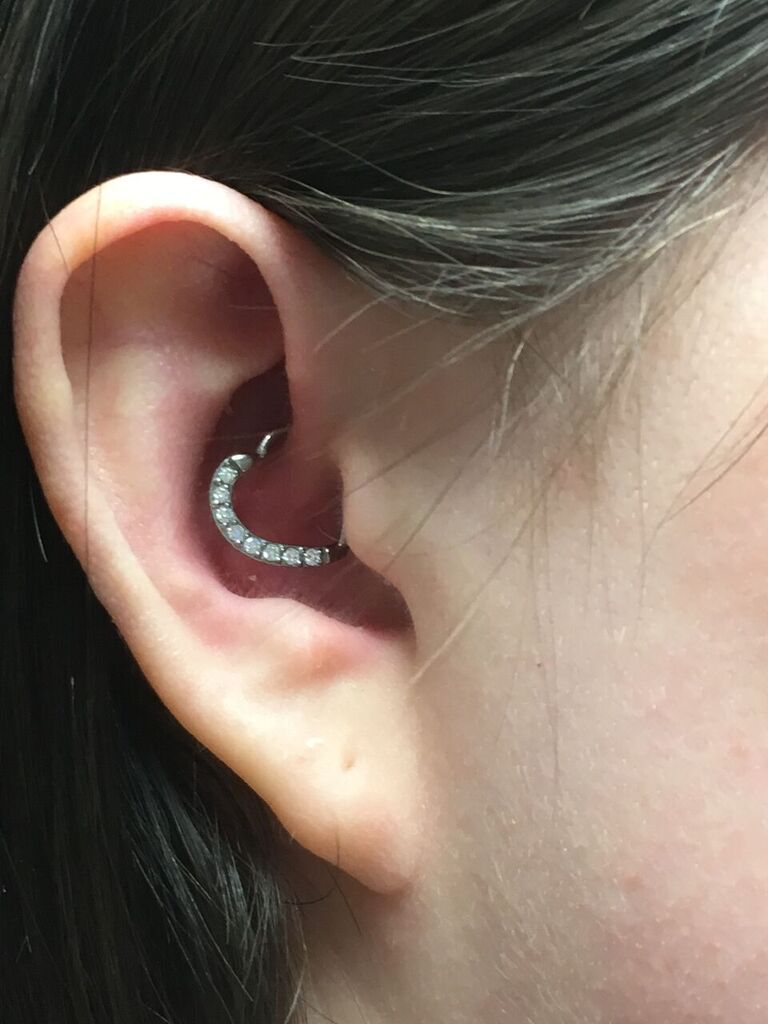
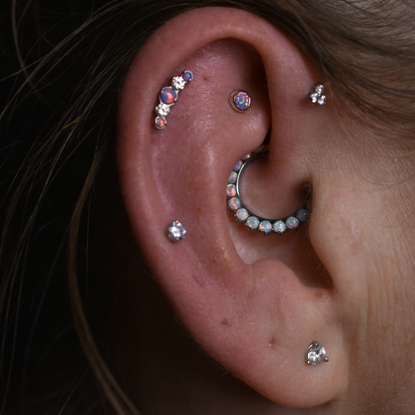
When getting a daith piercing, it is essential that the procedure be done by an experienced piercer. The area where the piercing will be situated on your ear contains points which can be used for acupuncture or acupressure treatments.
Some people have reported that daith piercings can help alleviate migraines. It is also essential to be aware that there are potential risks associated with getting a daith piercing, such as infection and nerve damage.
Ear piercings for migraines
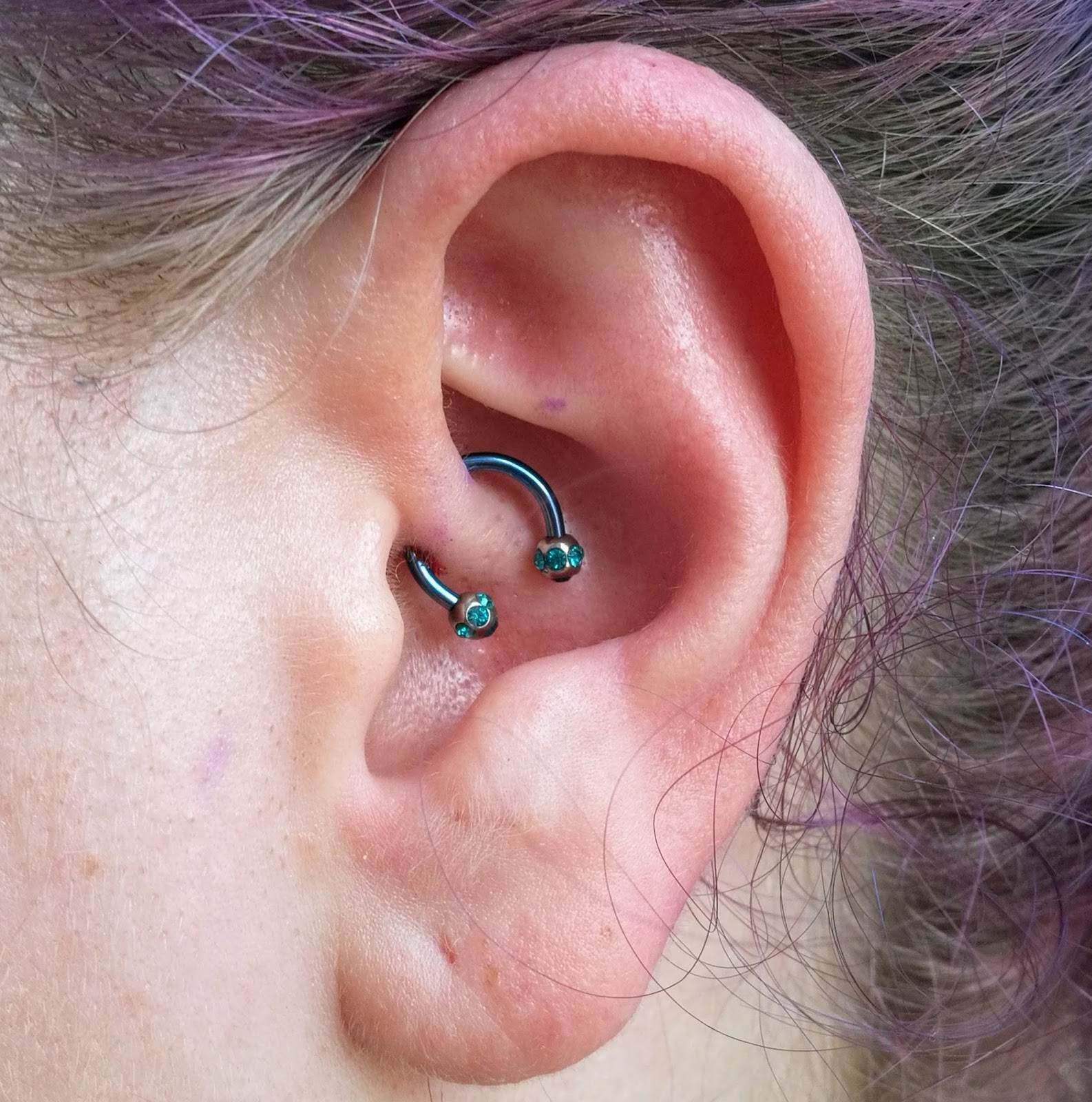
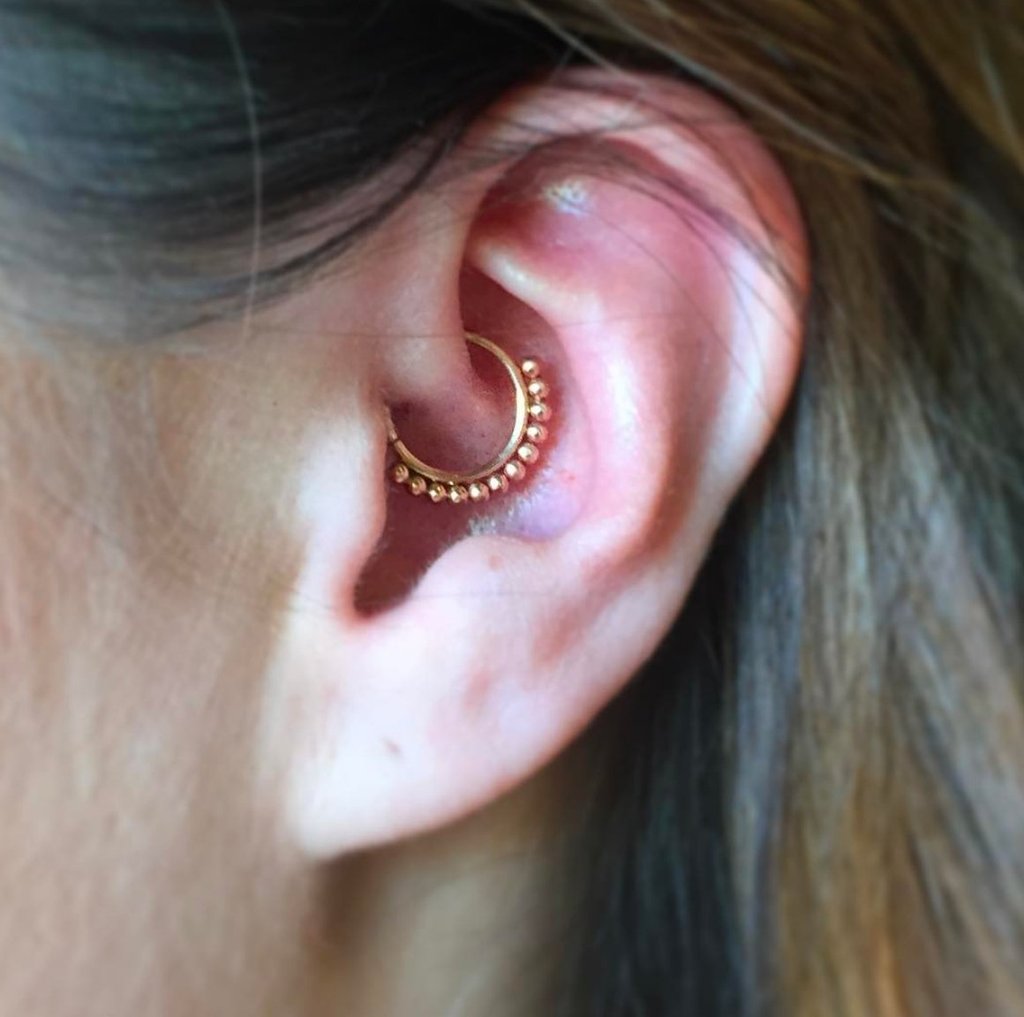
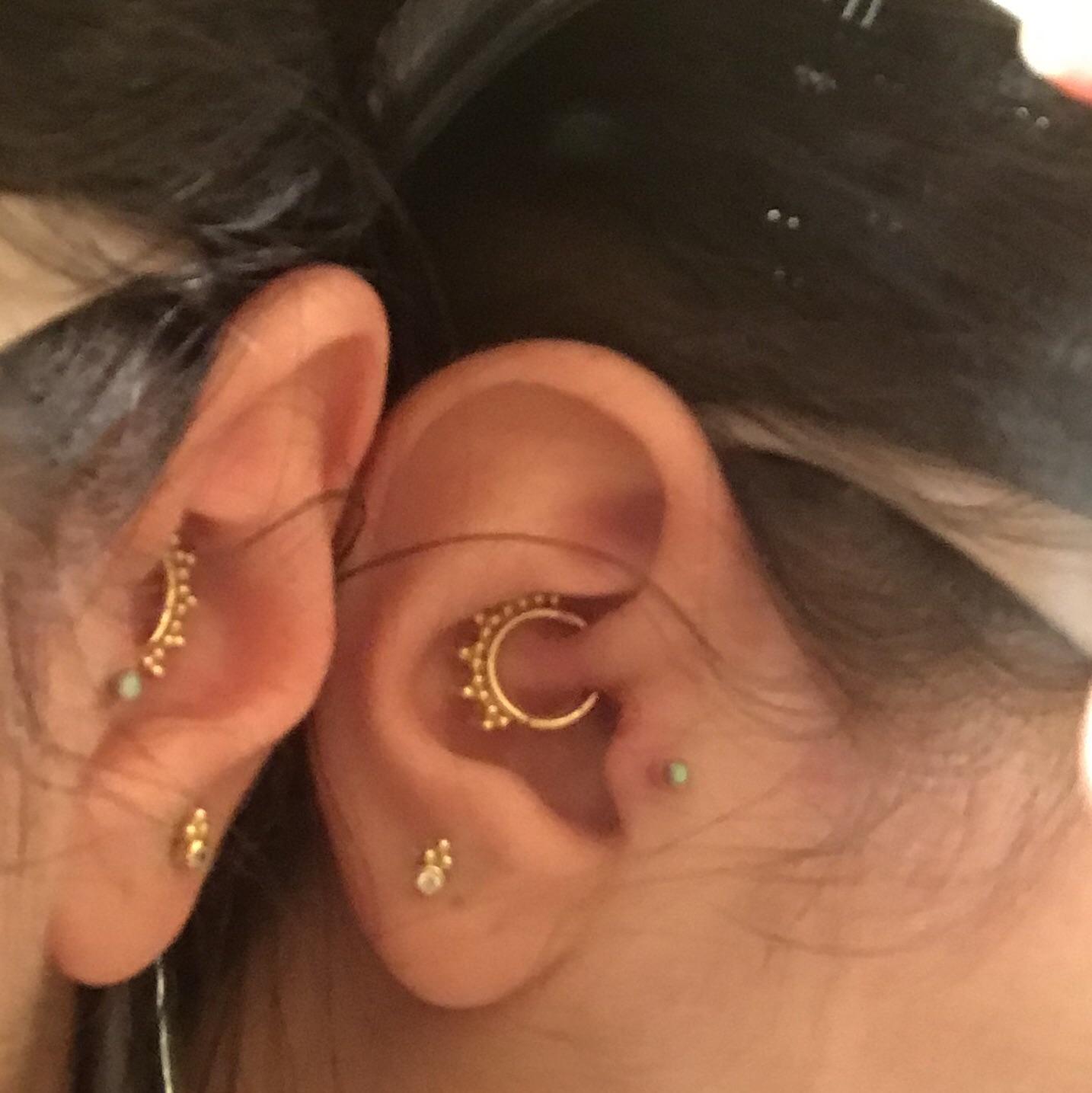
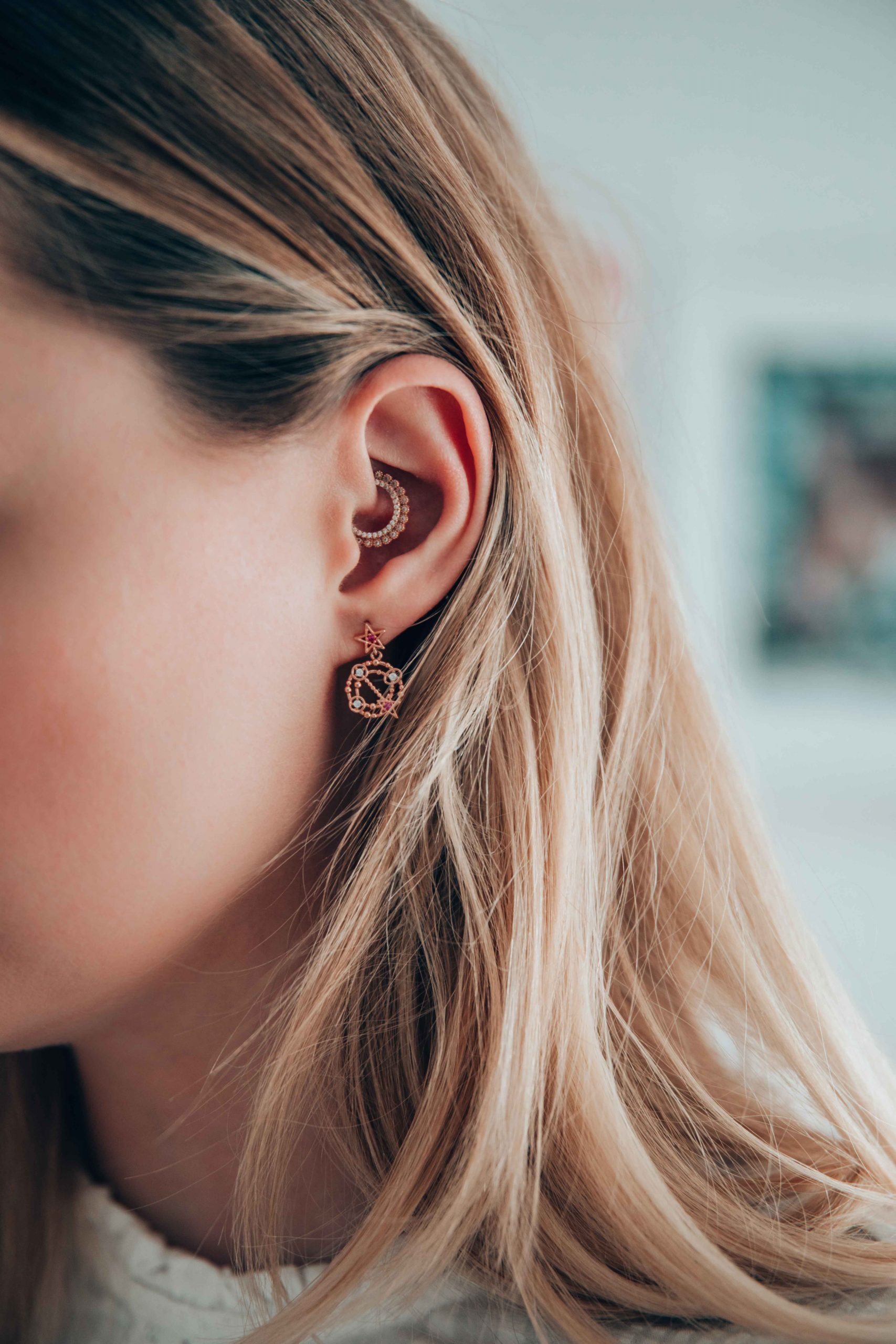
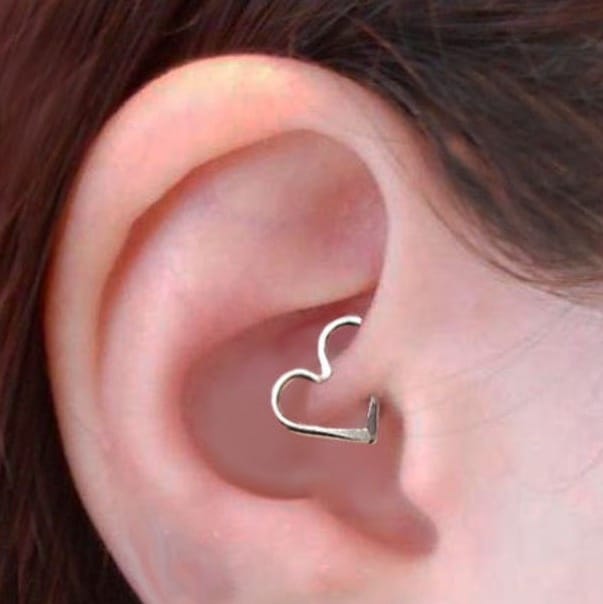
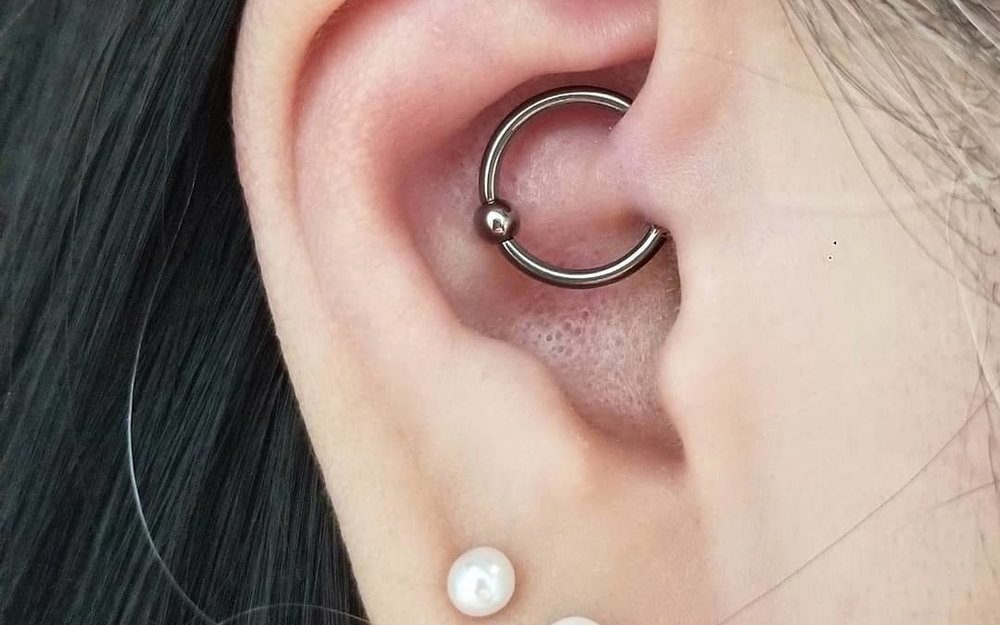
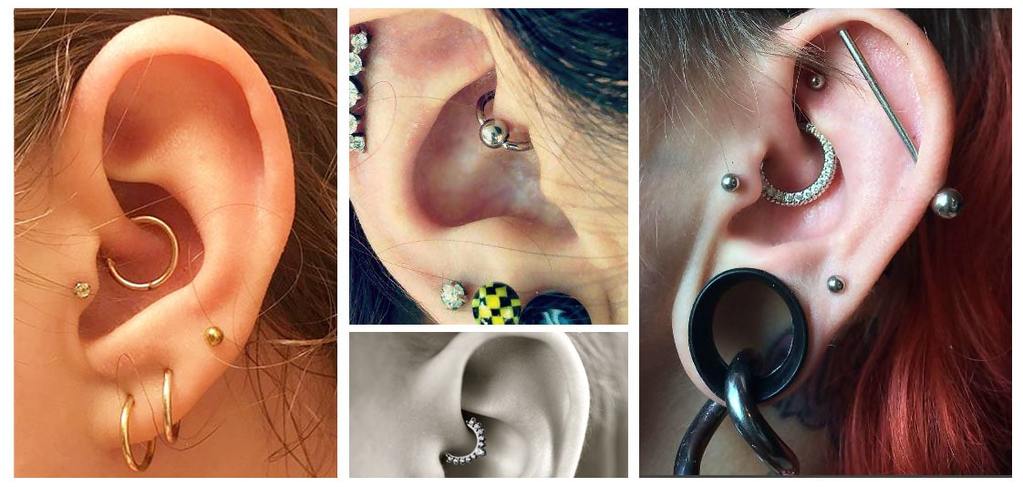
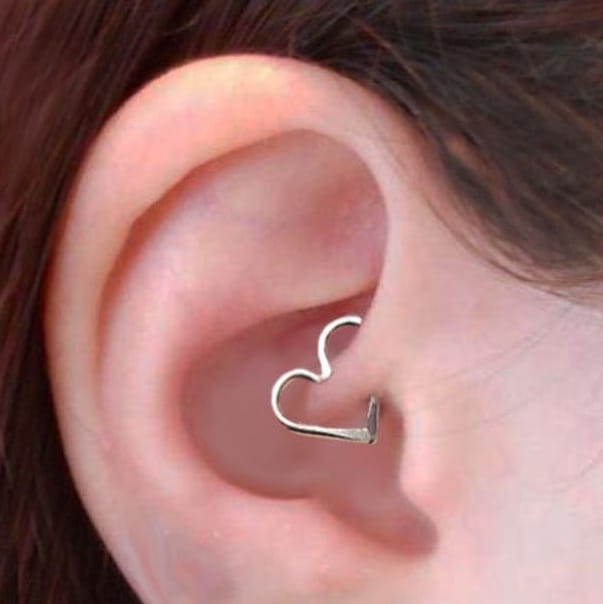
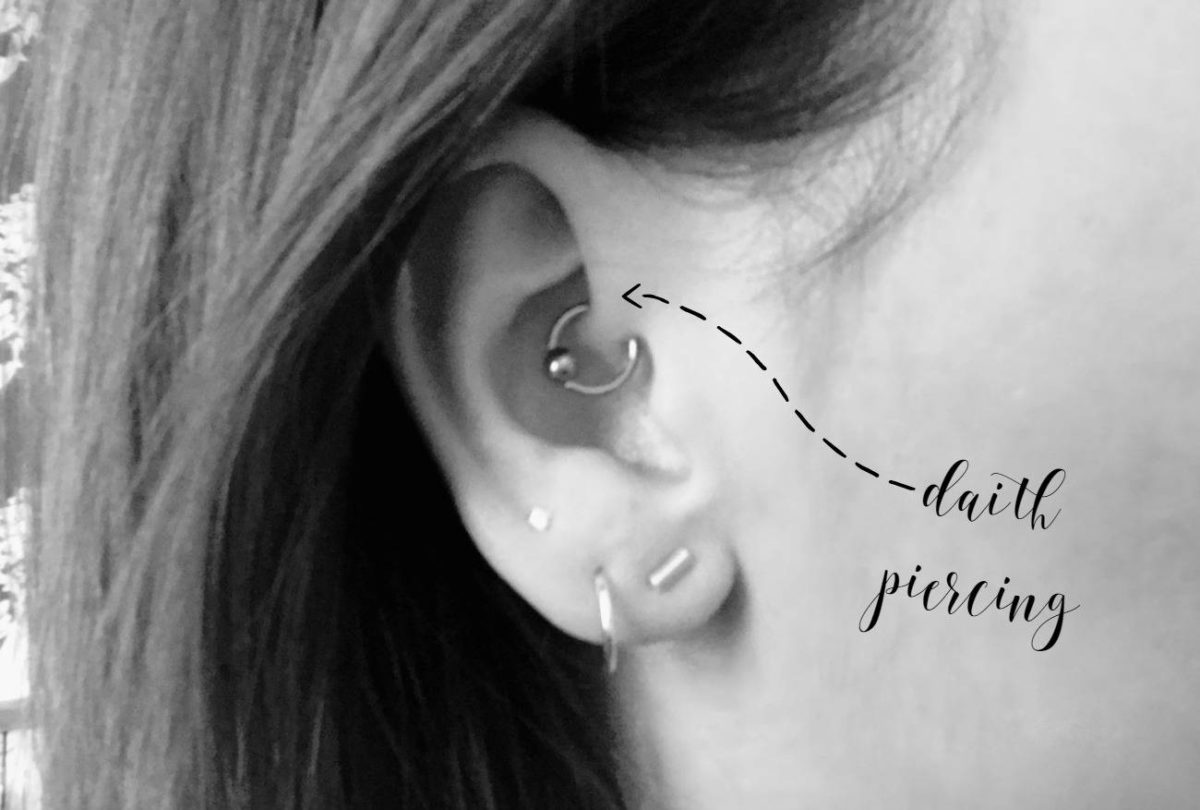
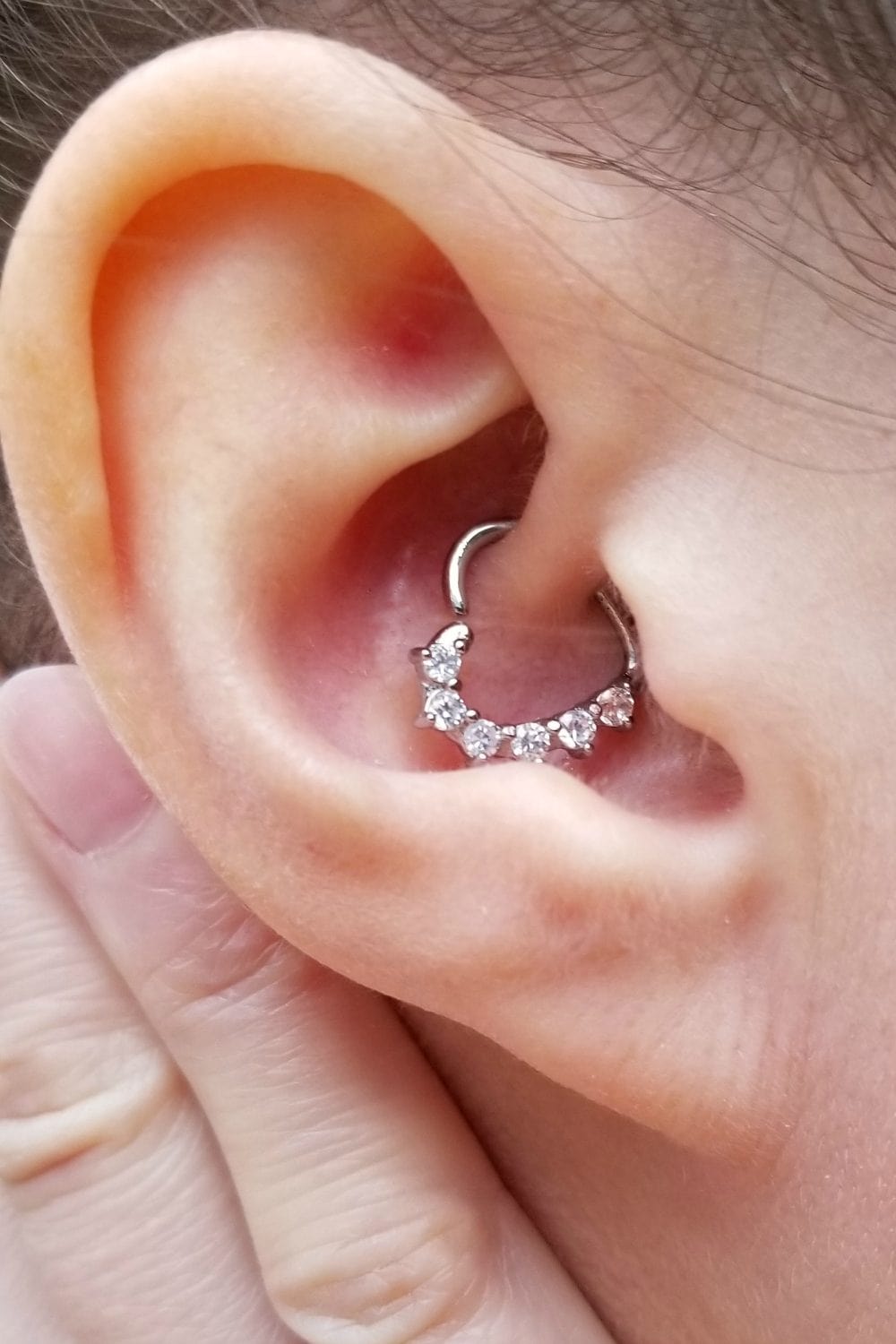
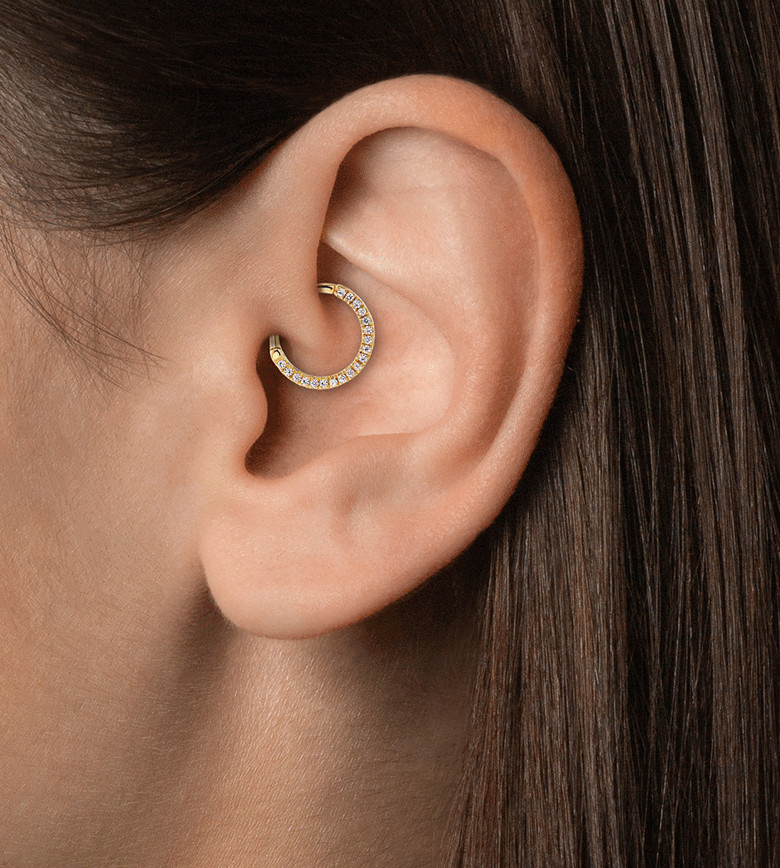
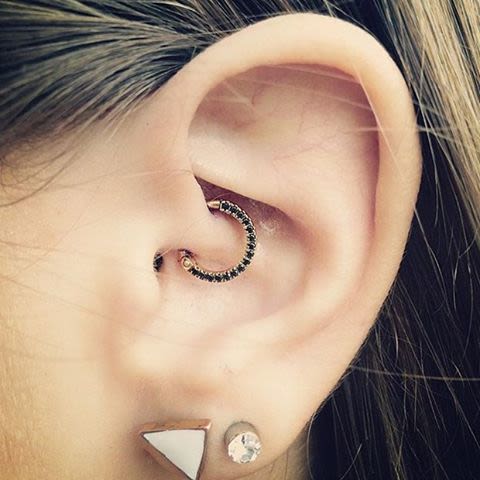
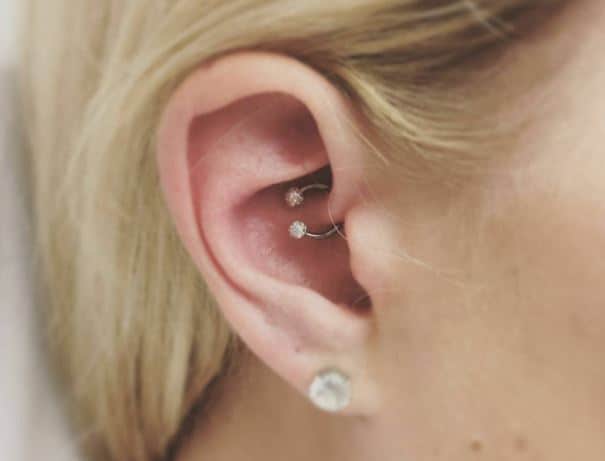

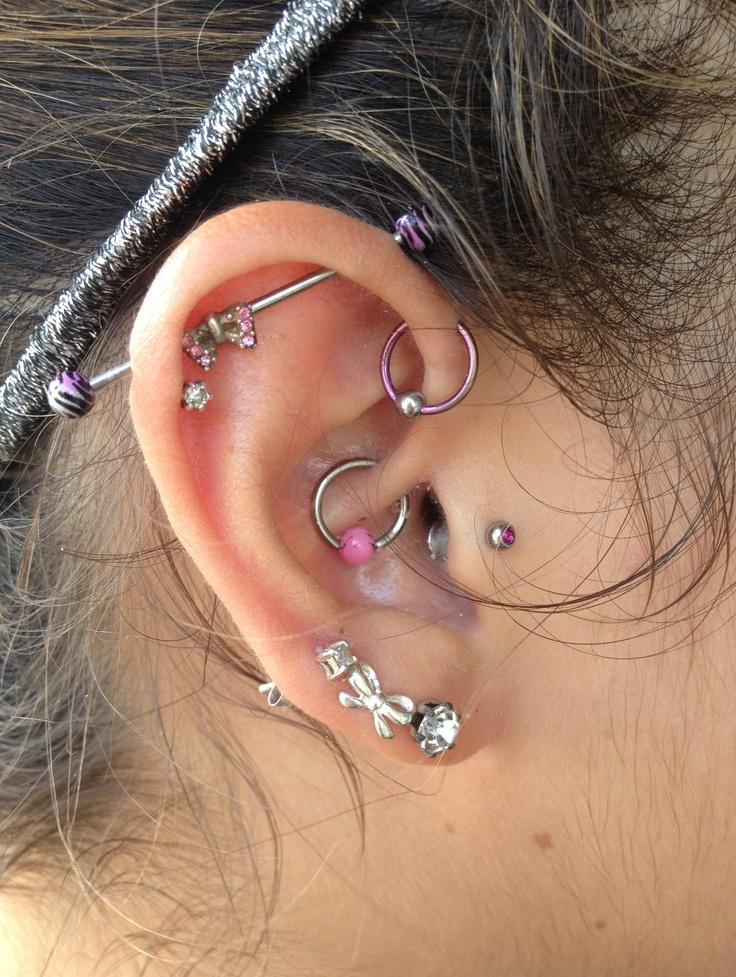
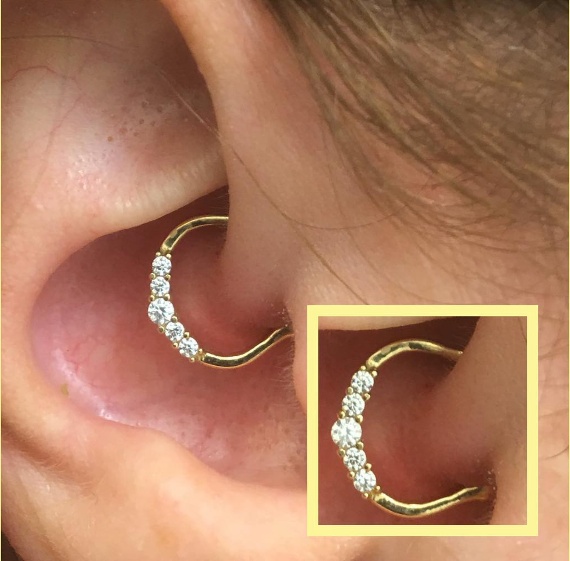
The intense, throbbing pain, nausea, sensitivity to light and sound, as well as vomiting can make life miserable.
A popular choice is the daith piercing, which involves puncturing through the tough inner fold of cartilage at the entrance to your ear canal.
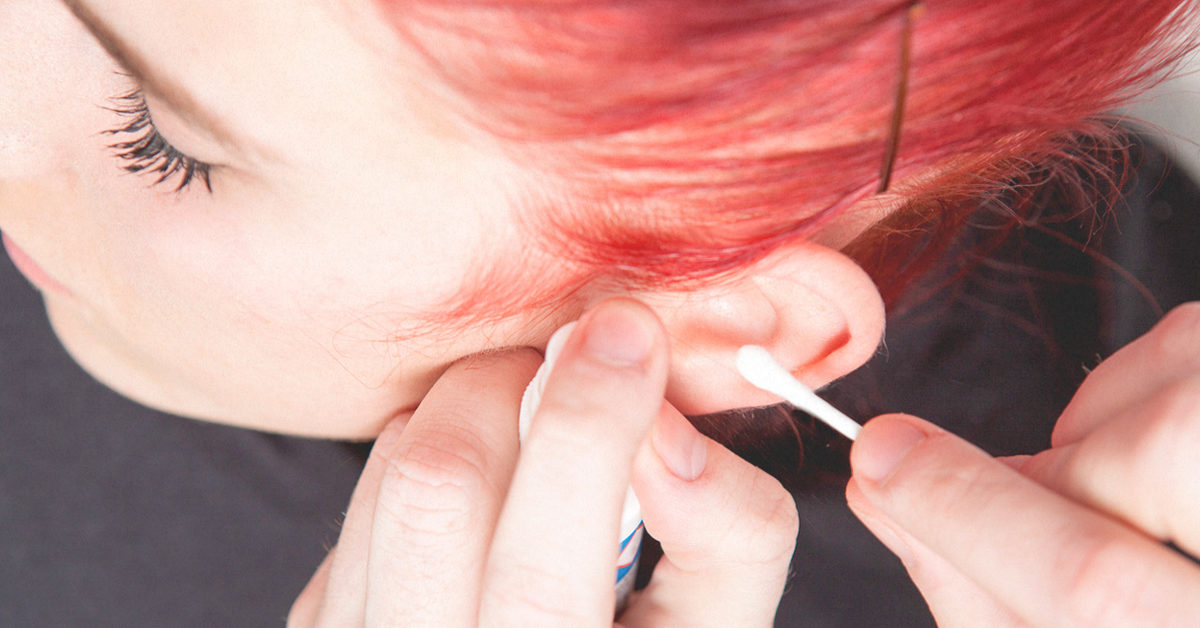
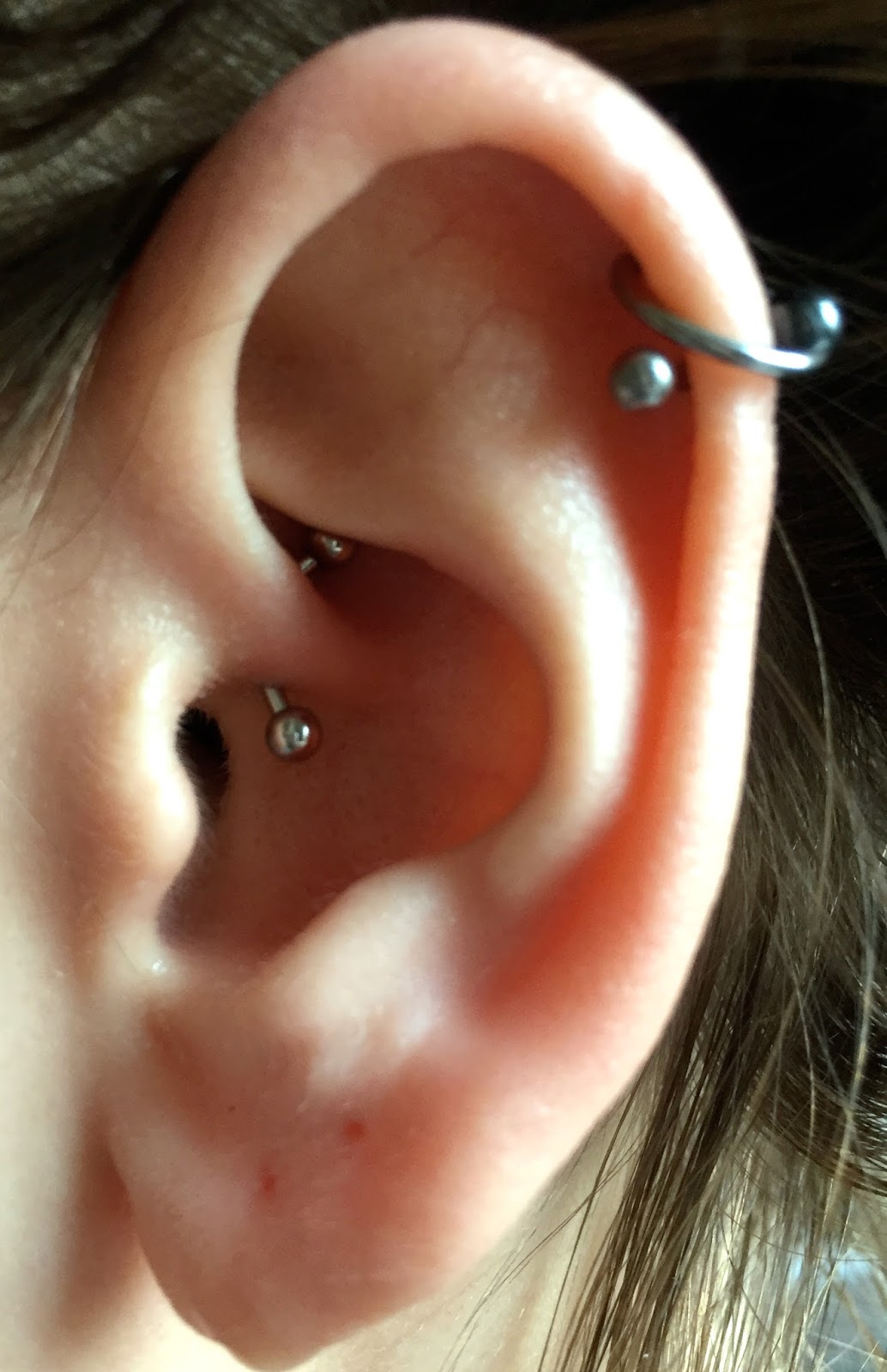
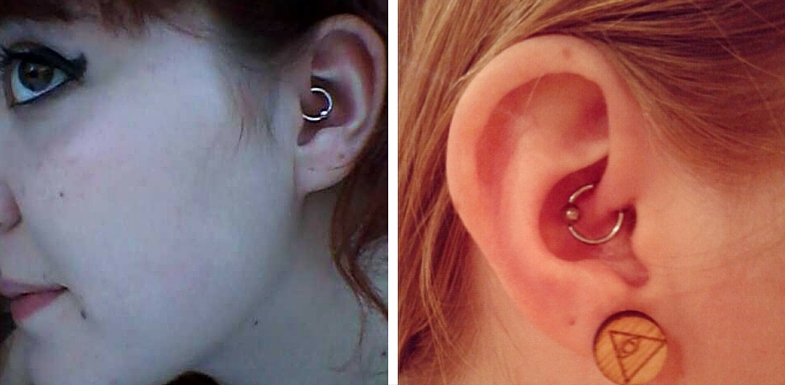
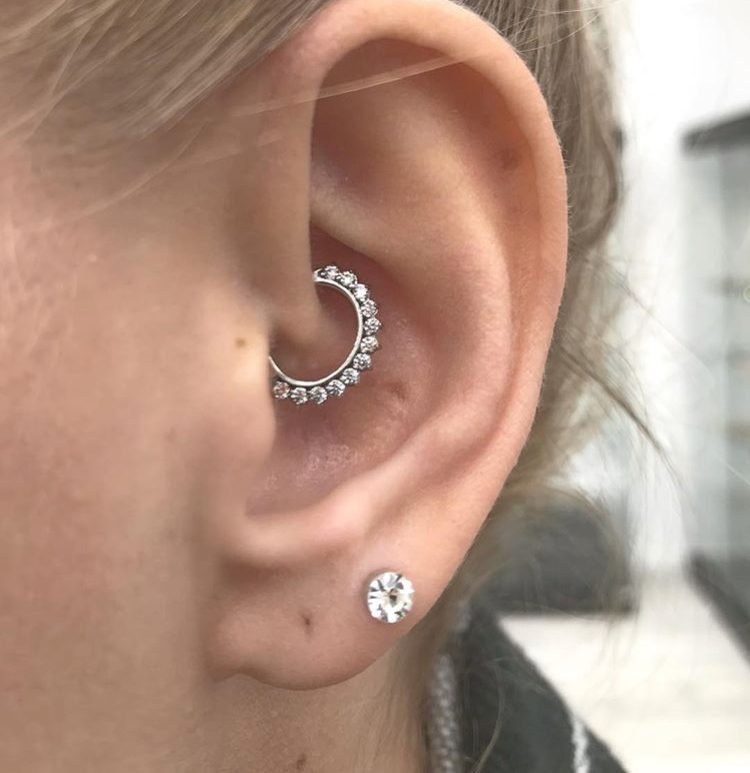
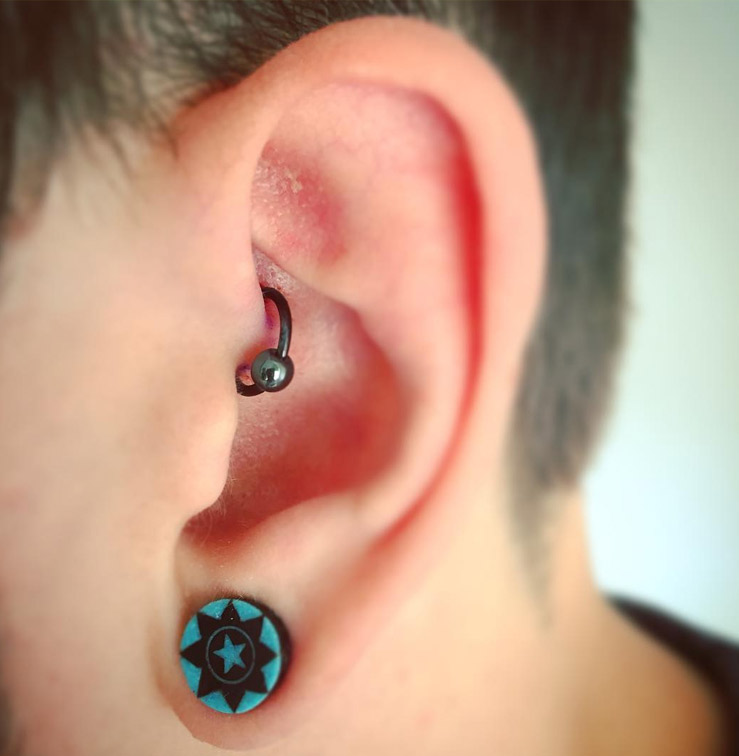
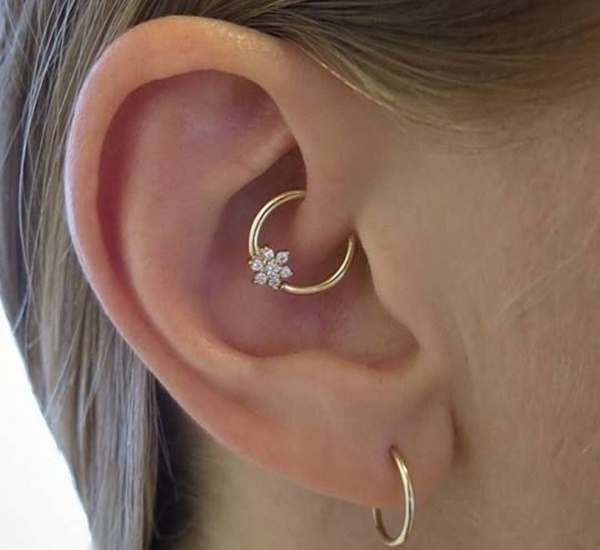
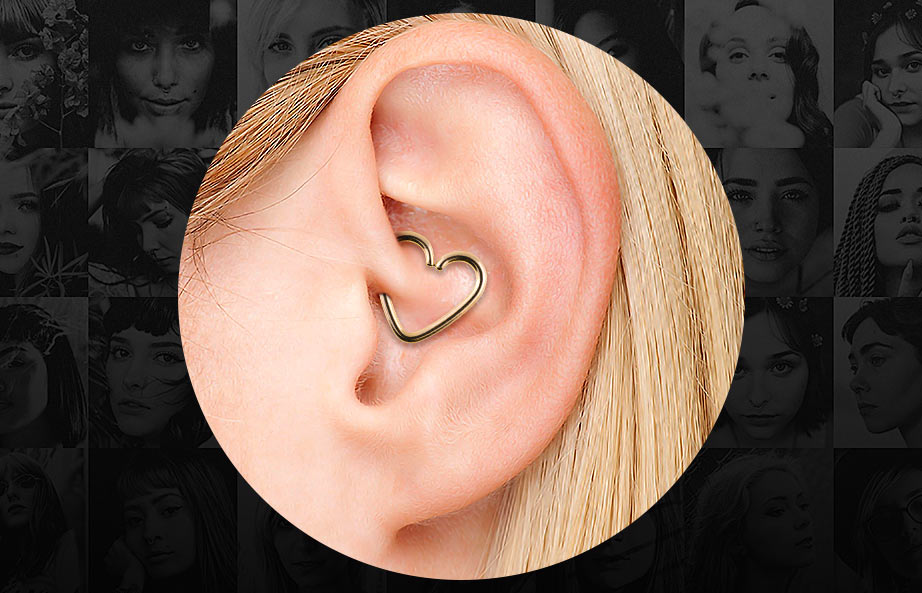
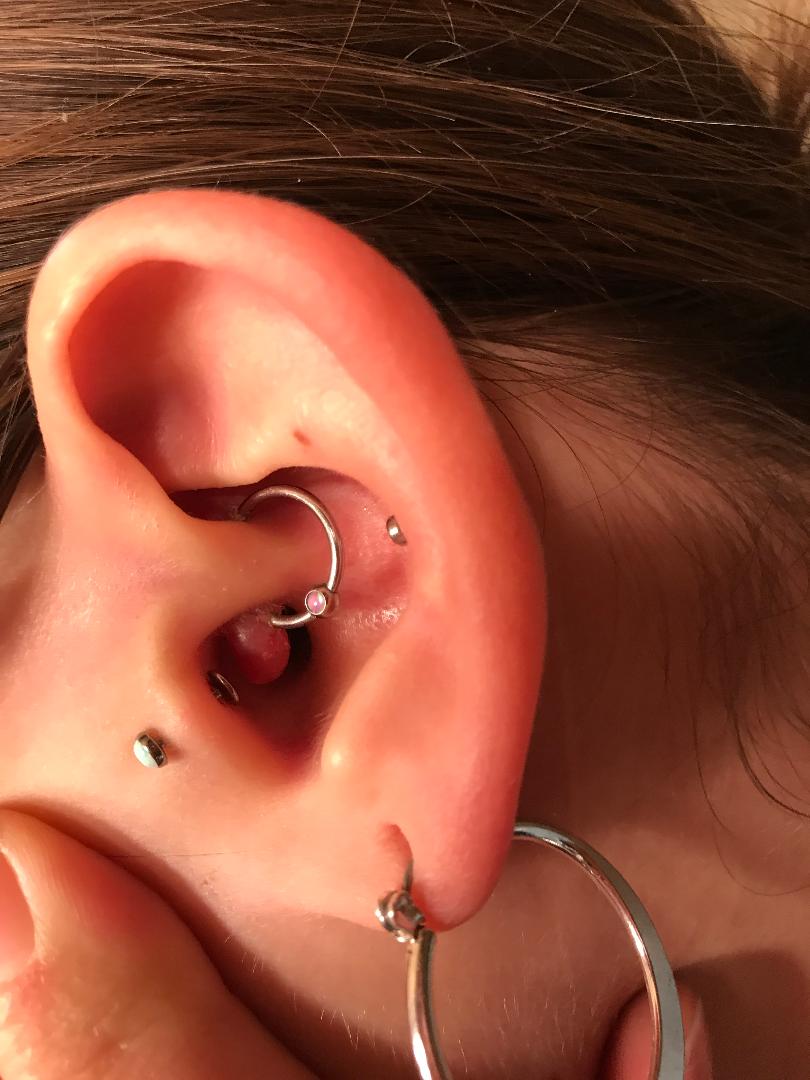
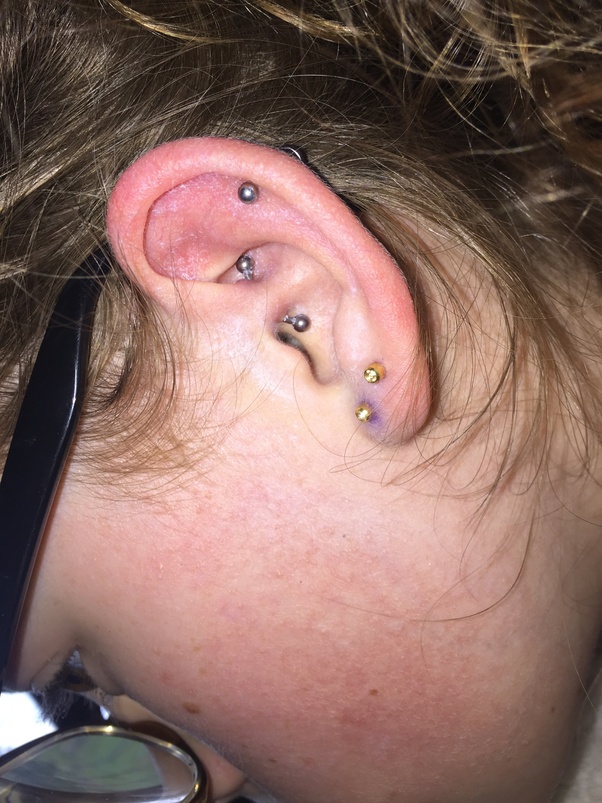
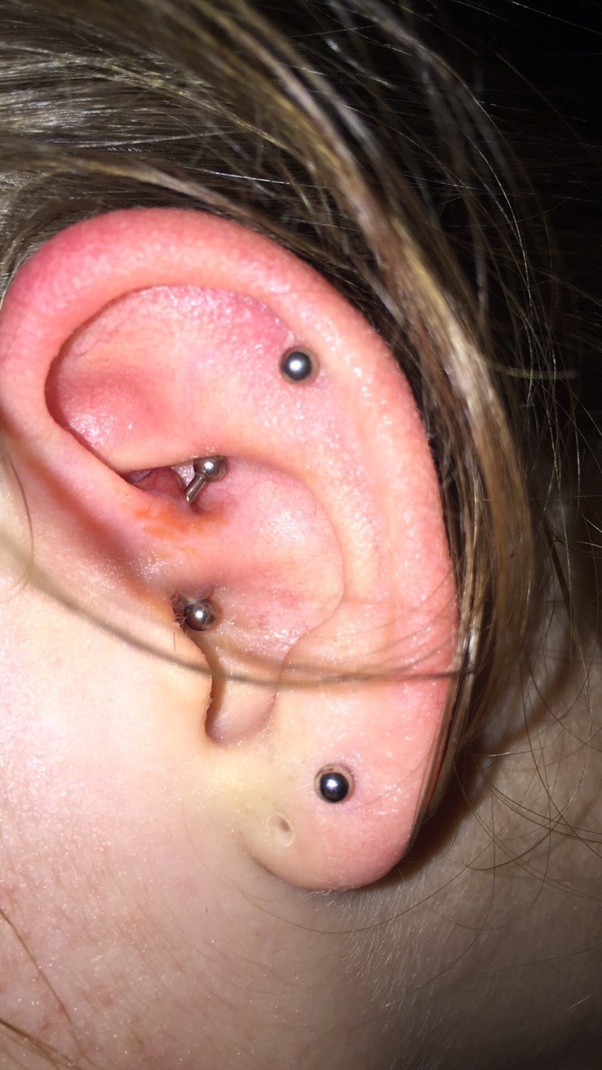
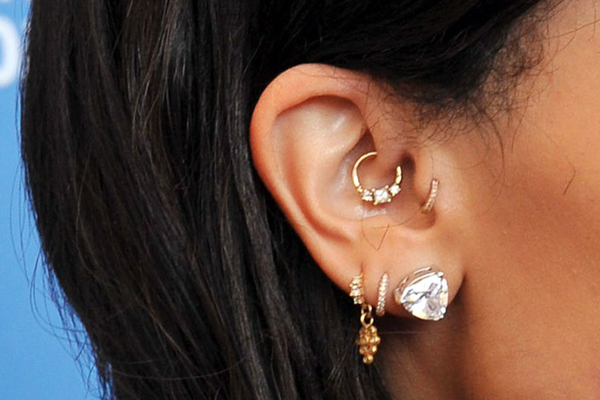
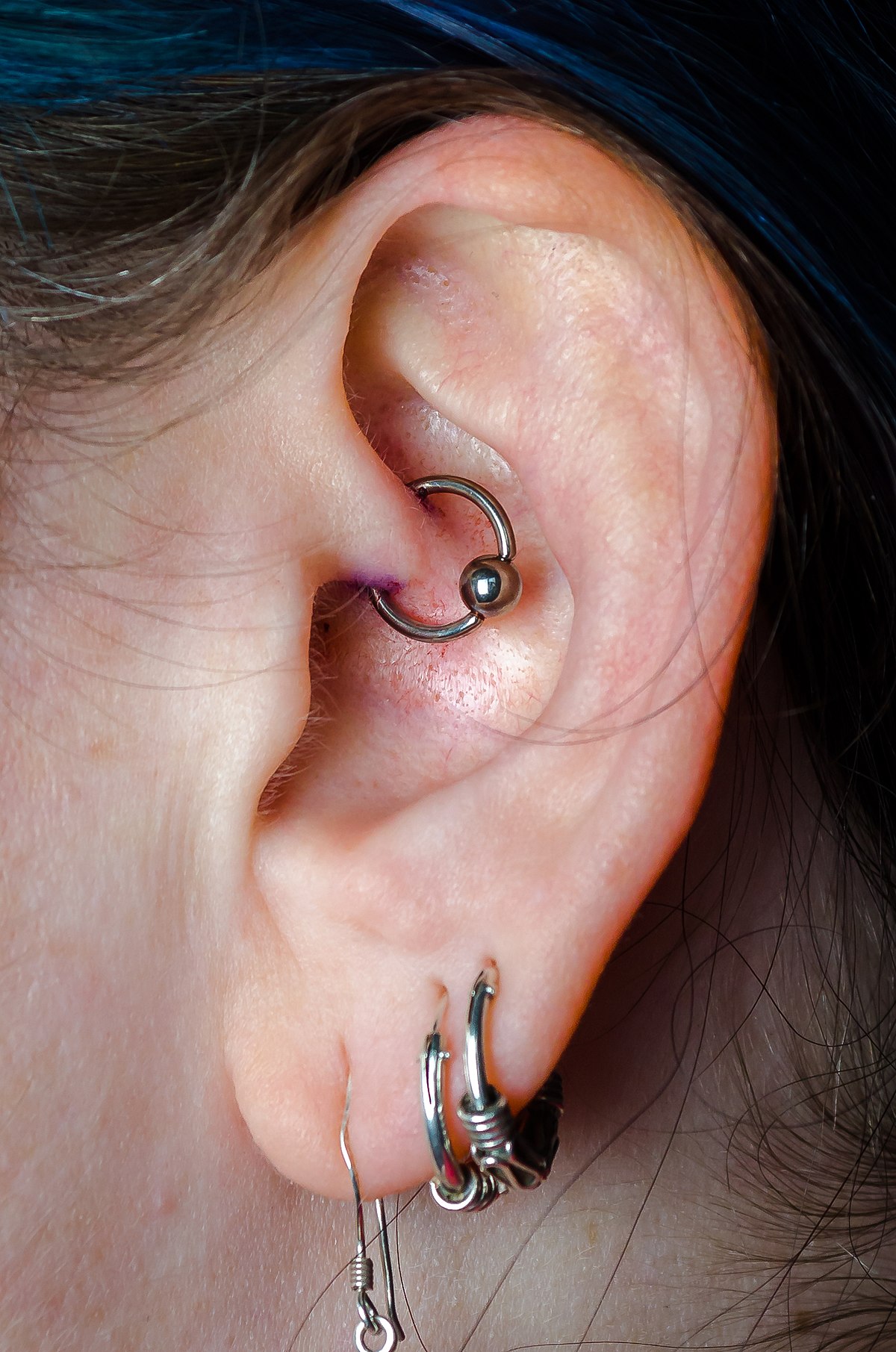
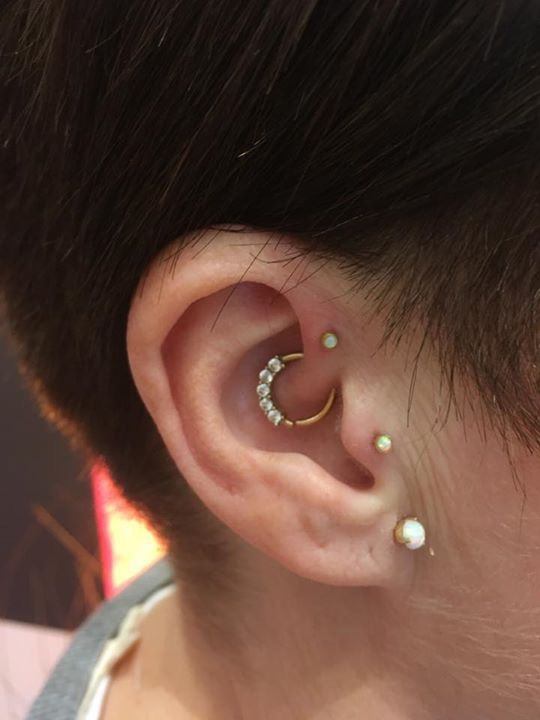
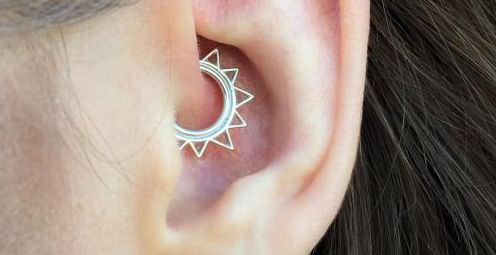
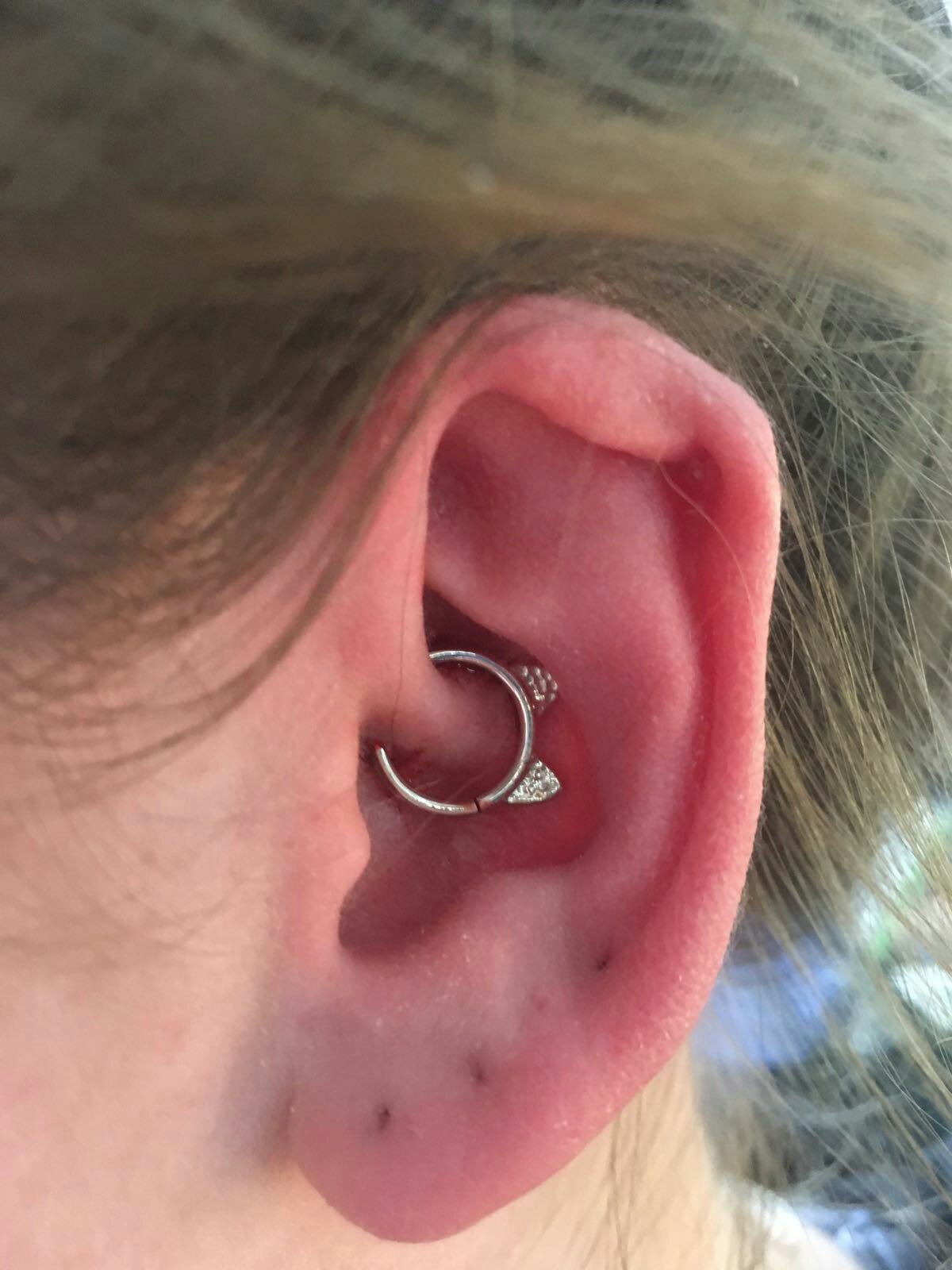
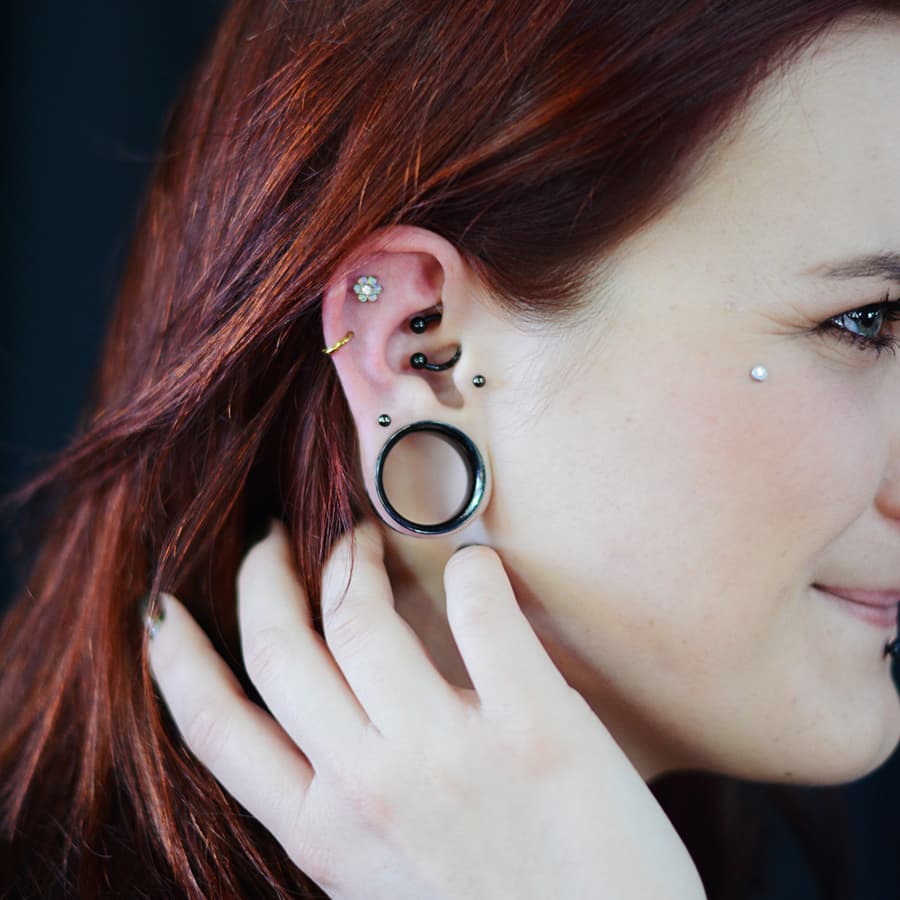
According to a case study, some individuals suffering from chronic migraines report significant improvements after getting their daith pierced. Some reports show a reduction in migraine frequency while others experience less pain.
According to Dr. Chris Blatchley, medical director of the London Migraine Clinic, daith piercings can stimulate a pressure point in your ear and thus relieve headache pain by stimulating the vagus nerve.
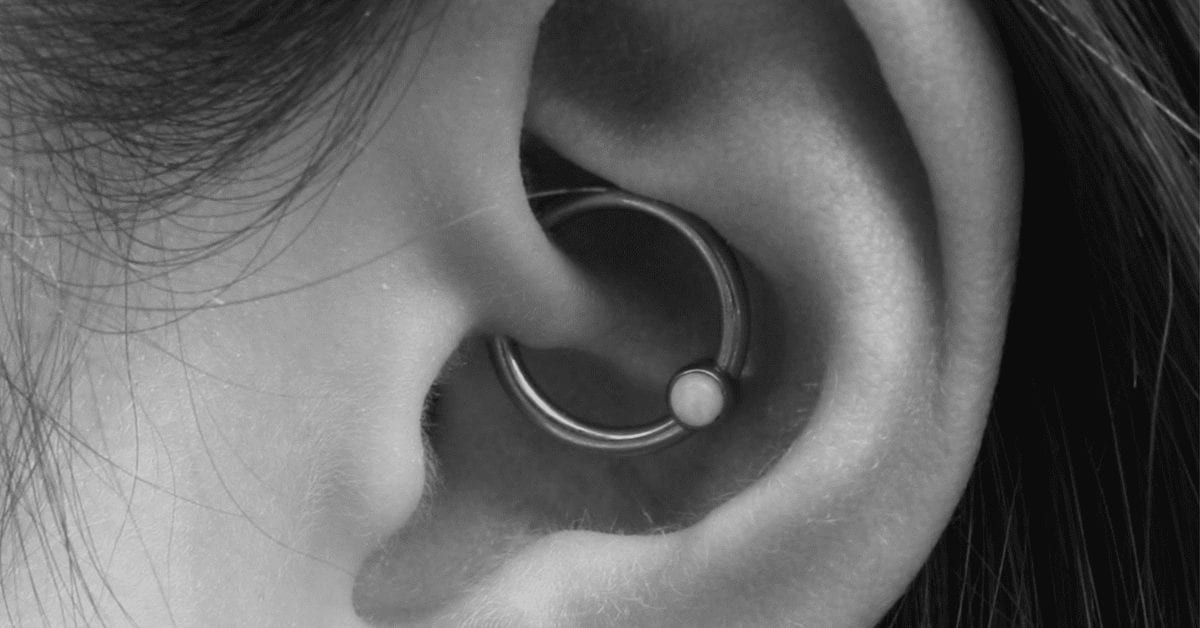
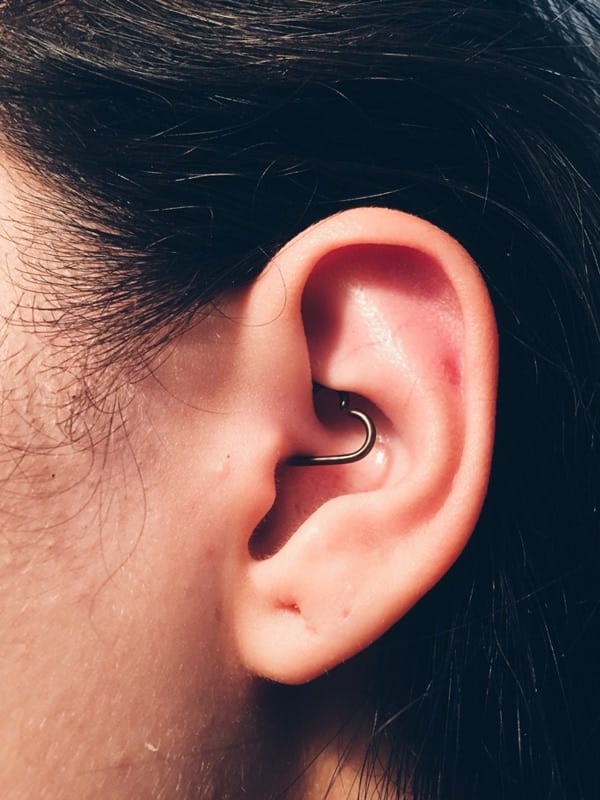
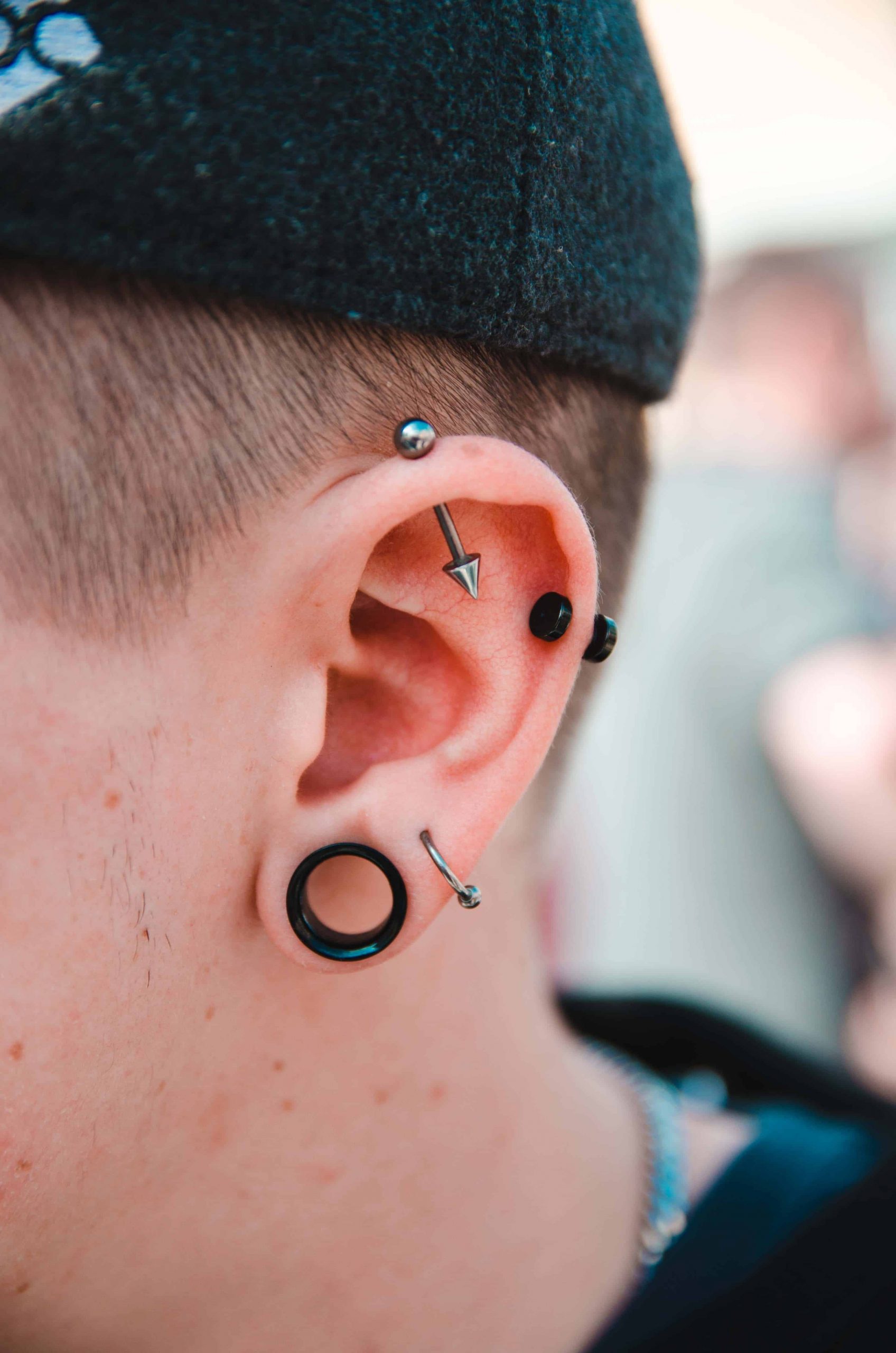
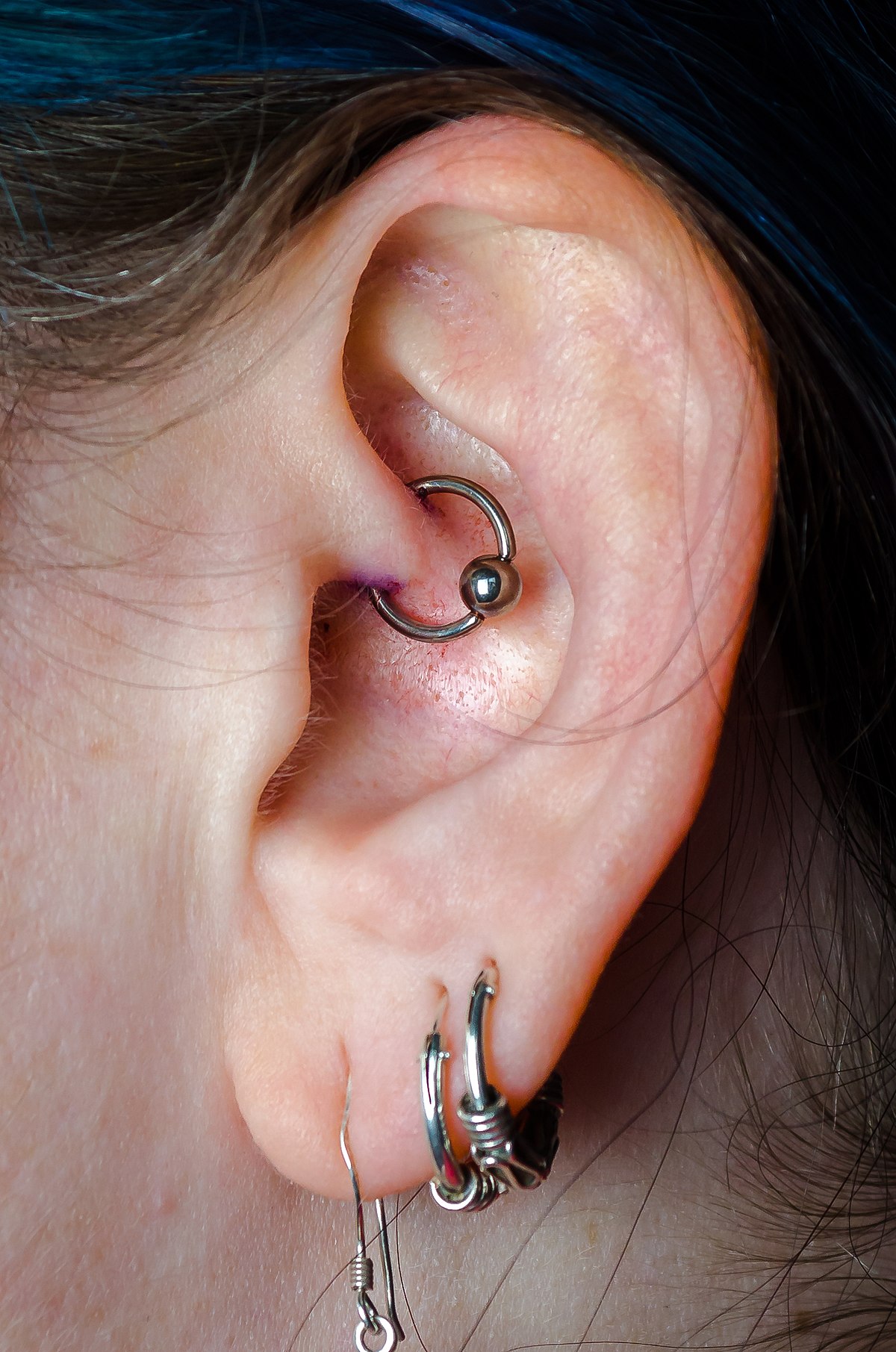
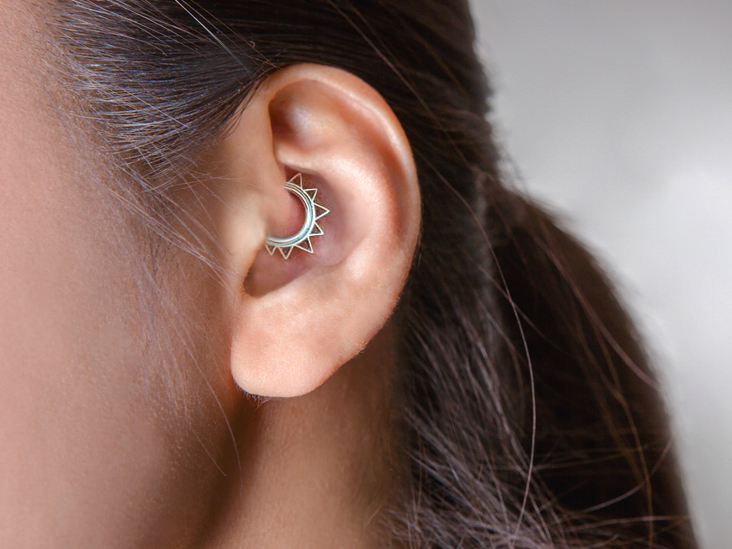
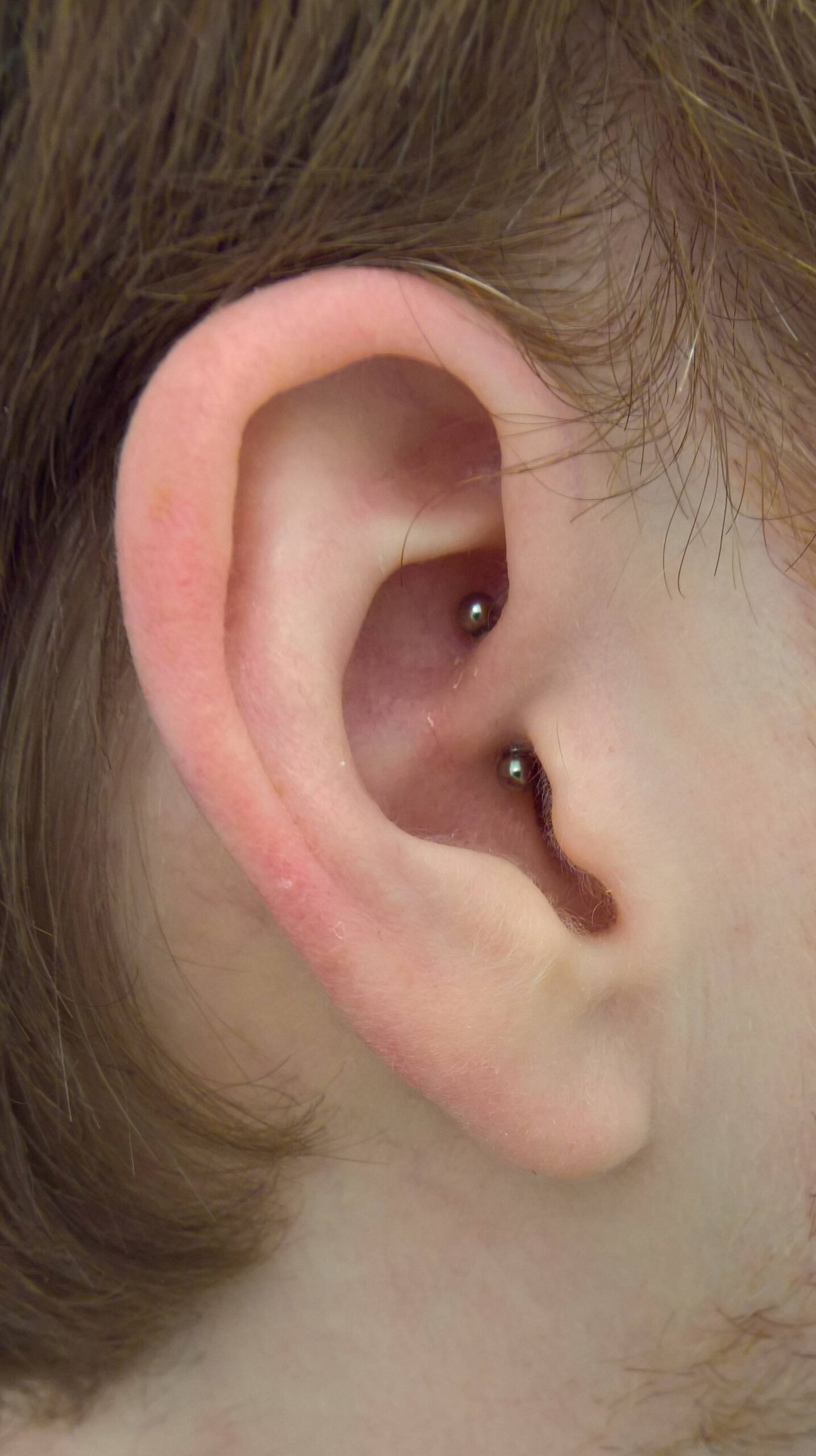
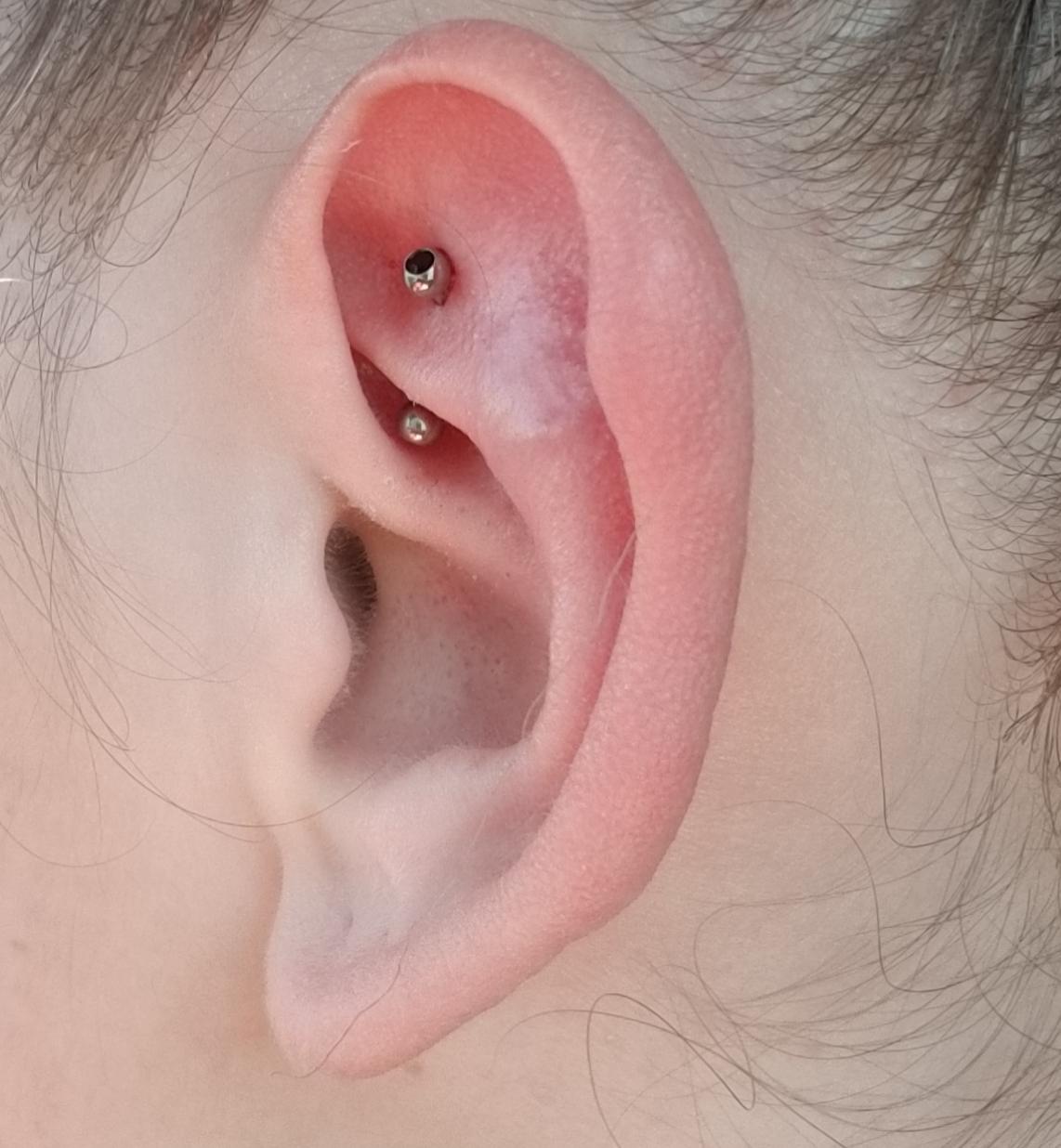
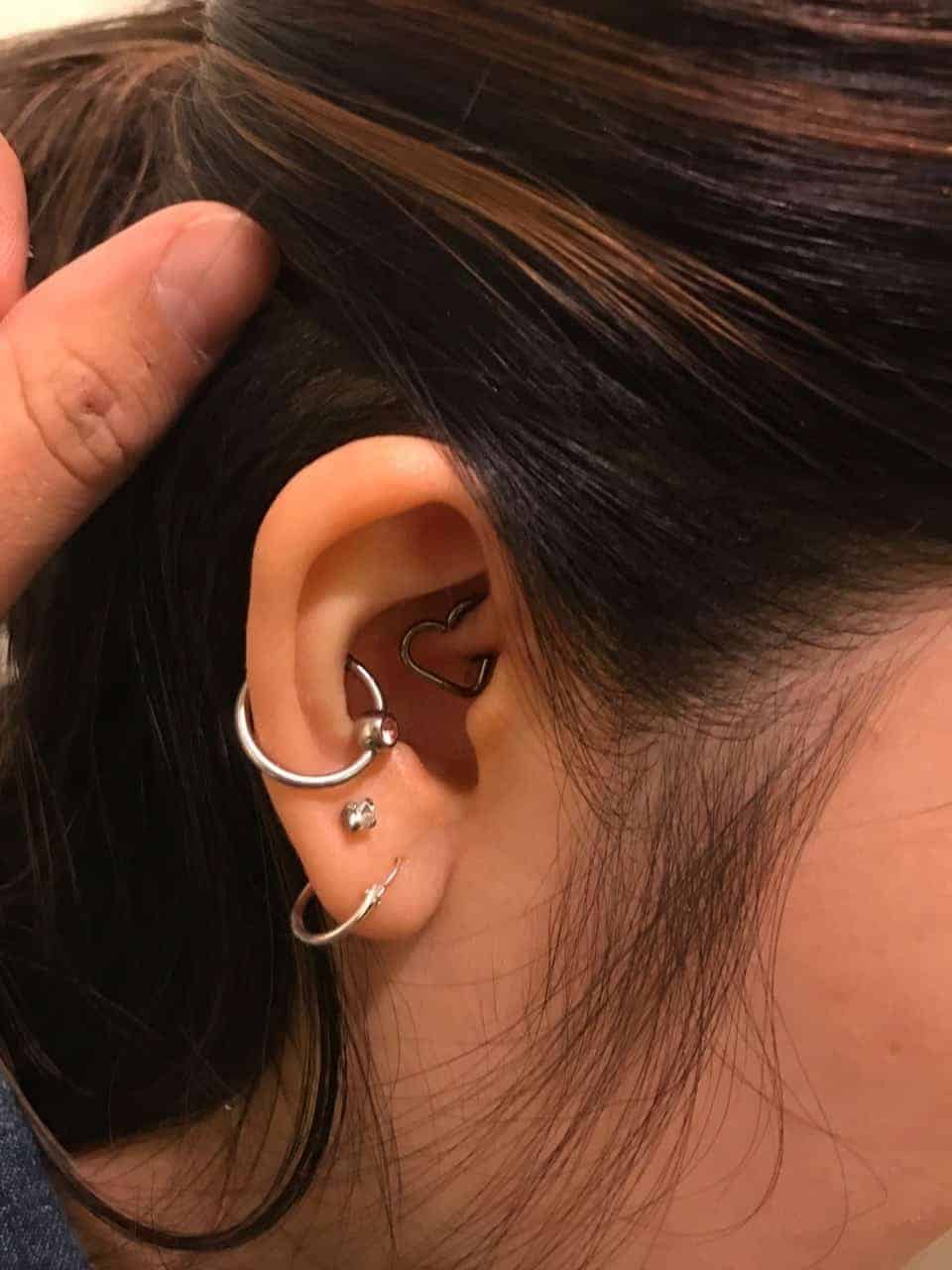
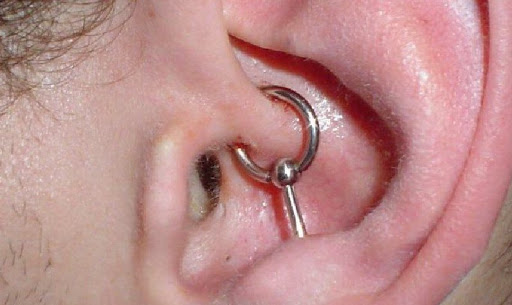
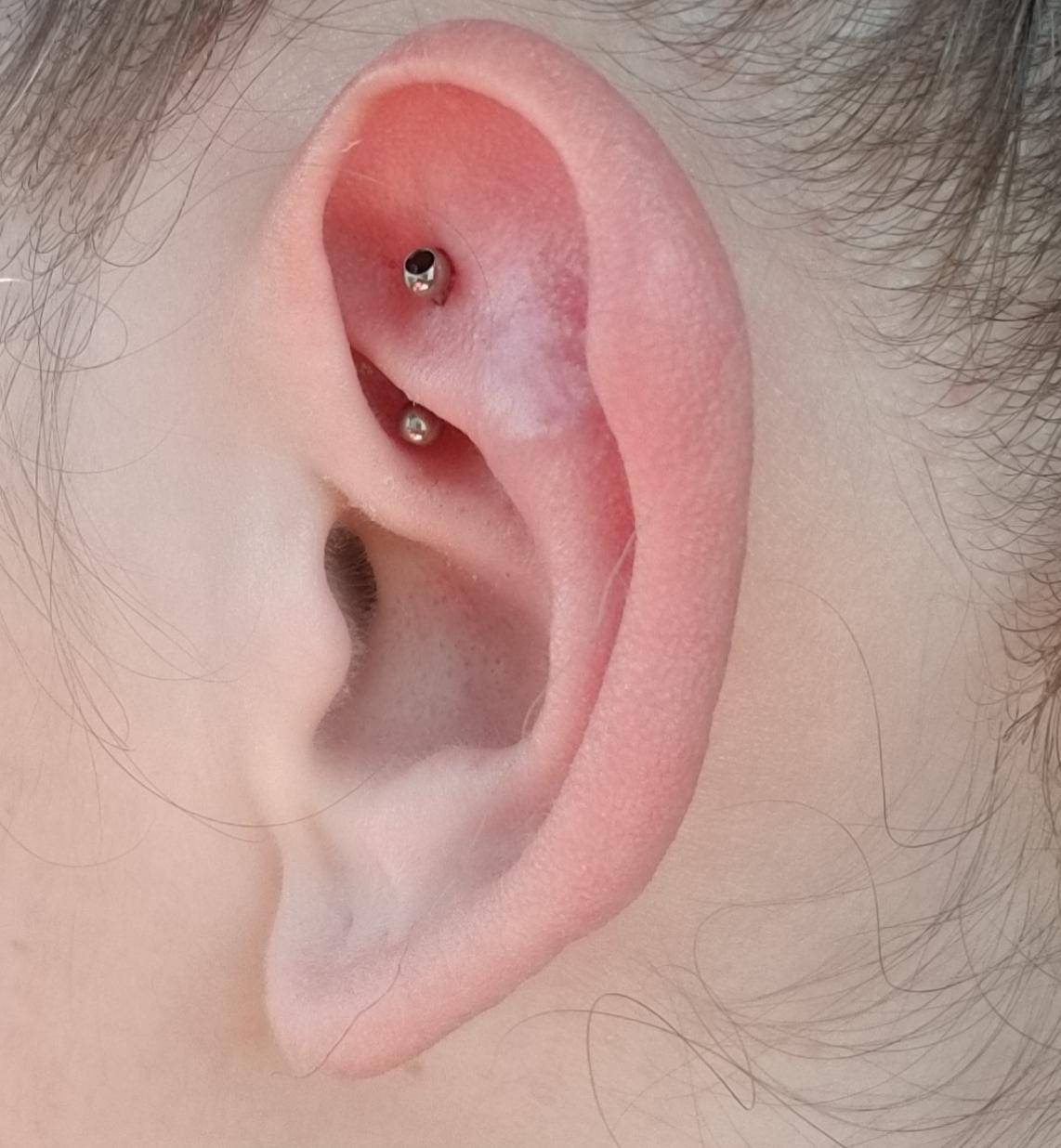
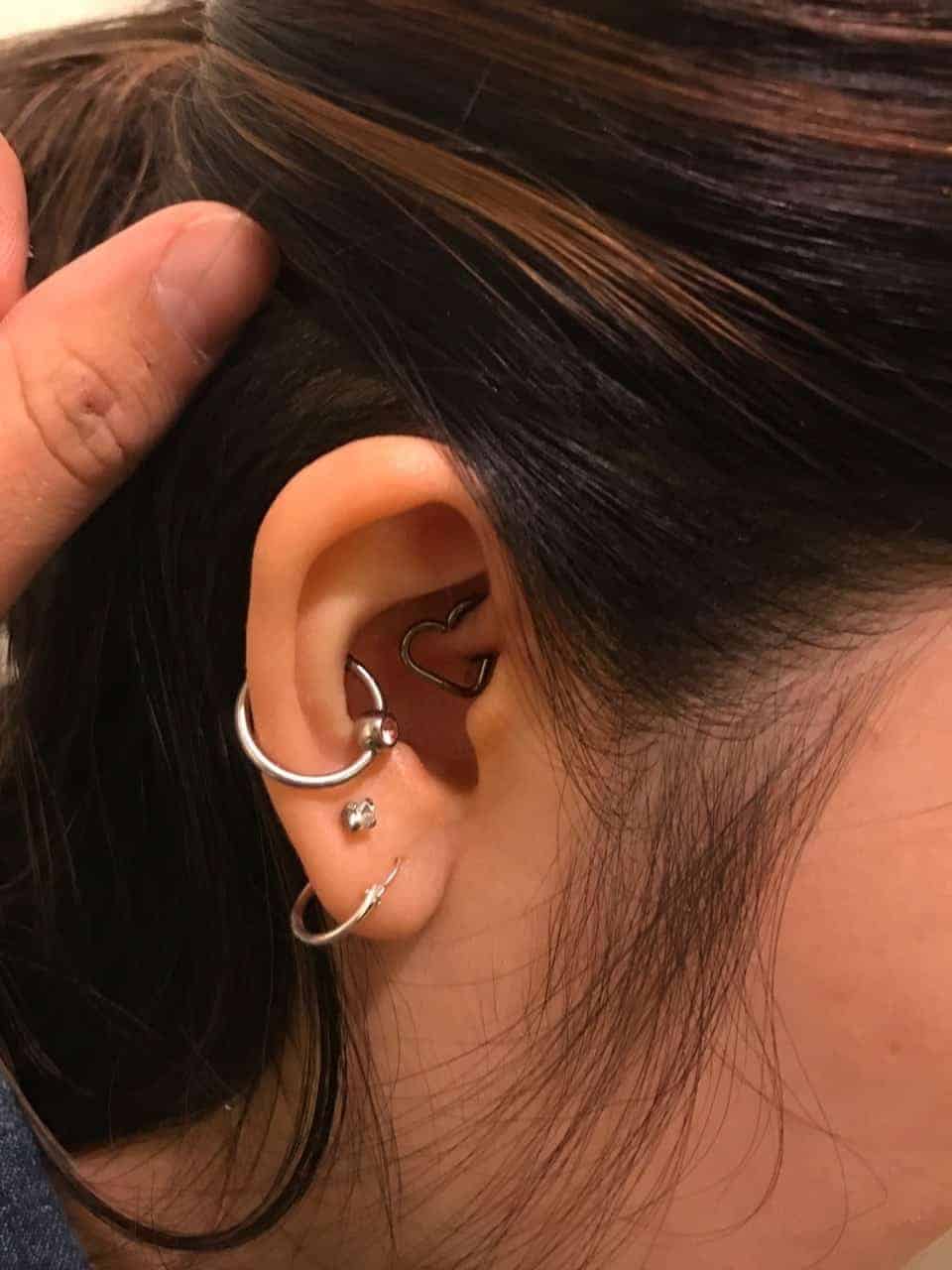
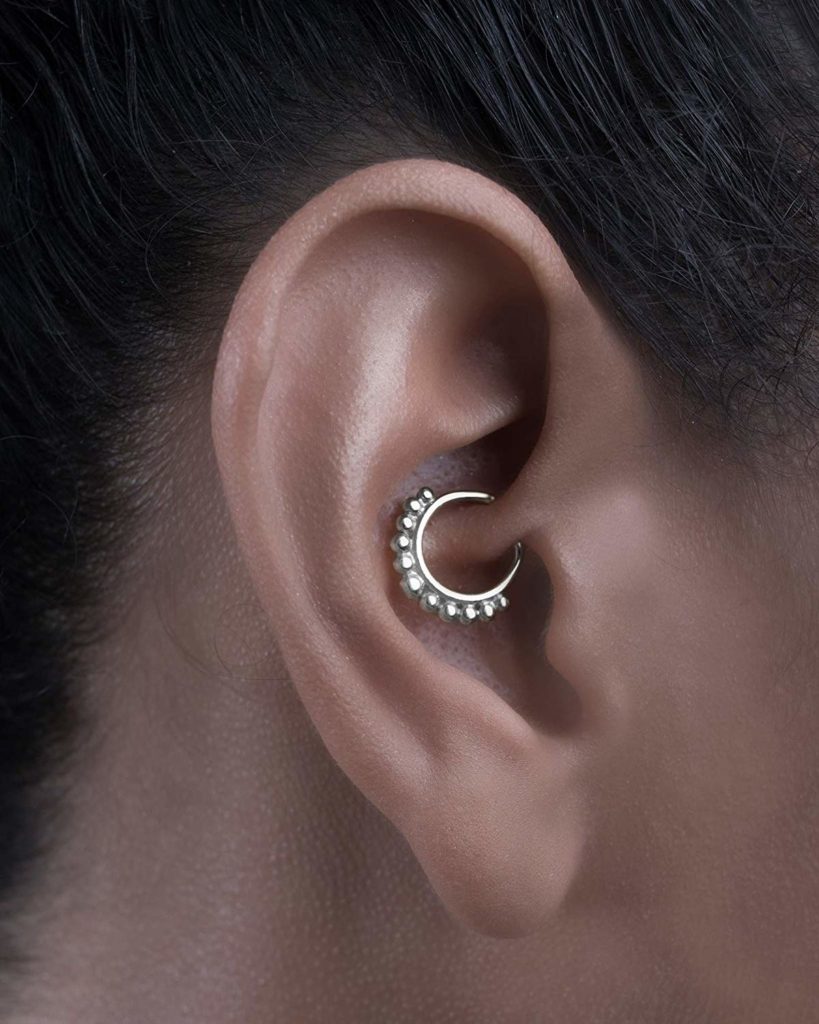
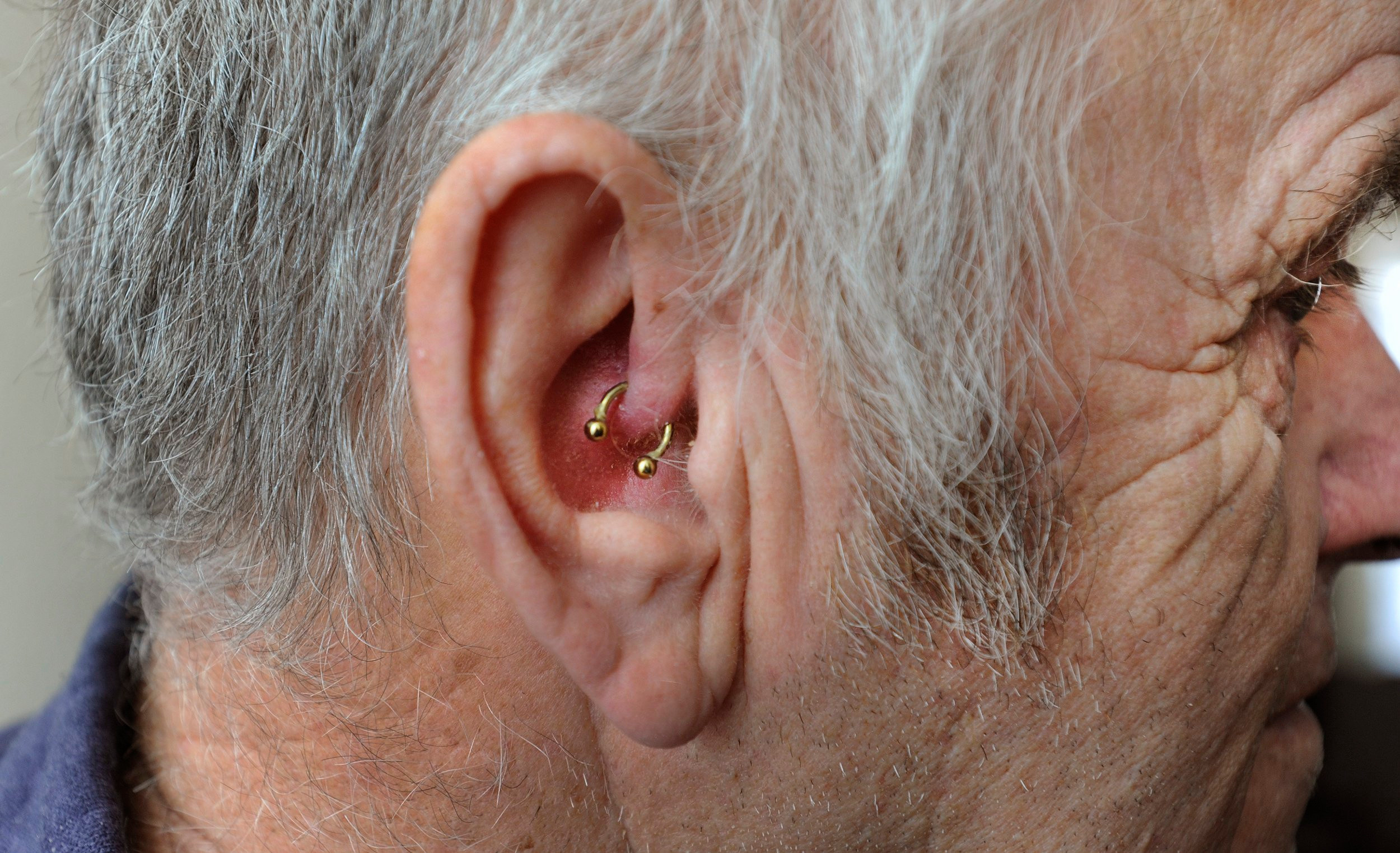
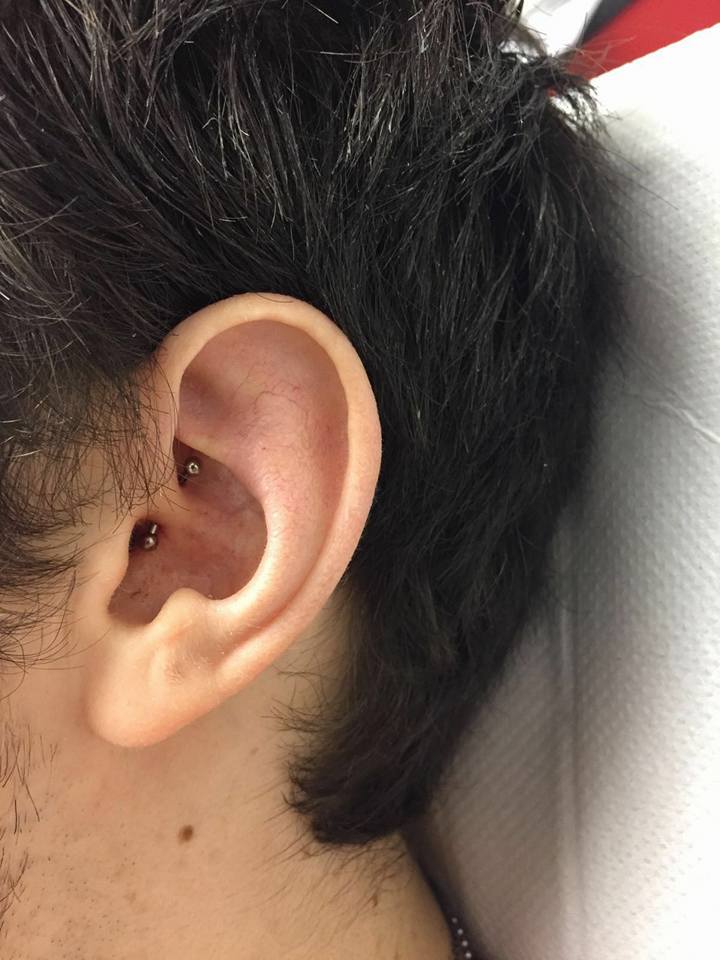
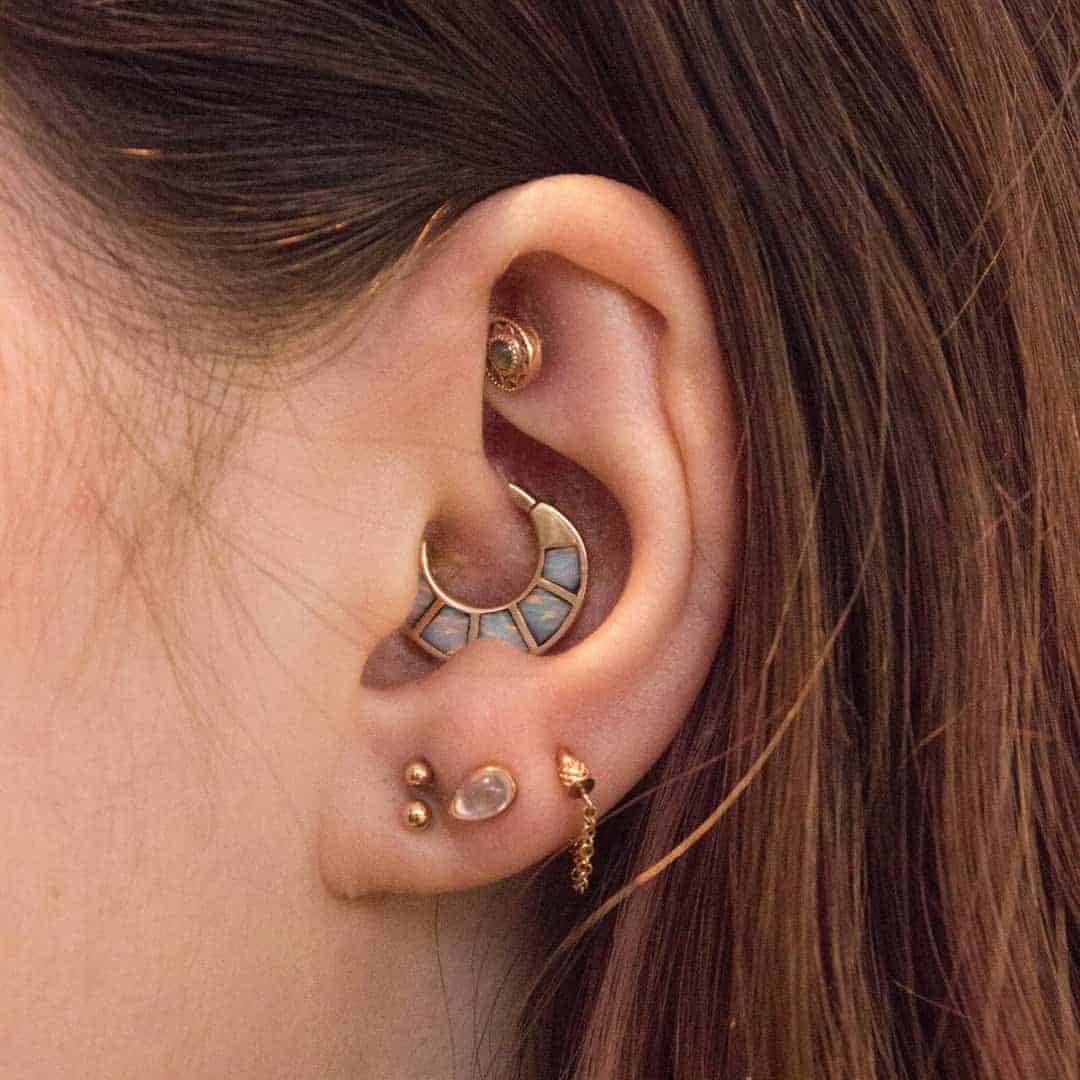
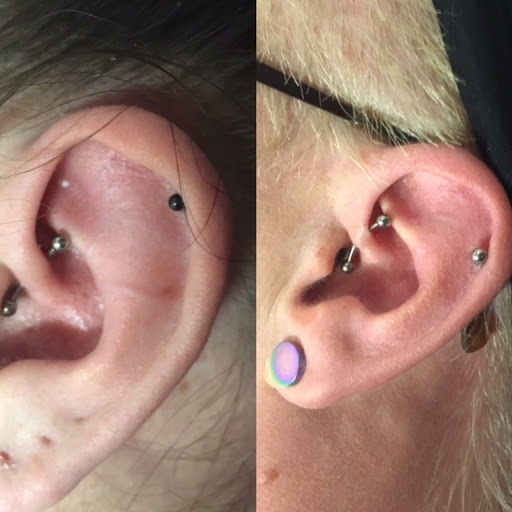
Though some people with migraines report decreased pain after getting a daith piercing, there isn’t any medical research to back this up. Experts believe it more likely to be just a placebo effect and do not advise this type of treatment.
Ear piercings for fashion
After you get it done, use saline solution to clean the piercing and then wash your hands before touching anything else on your body.
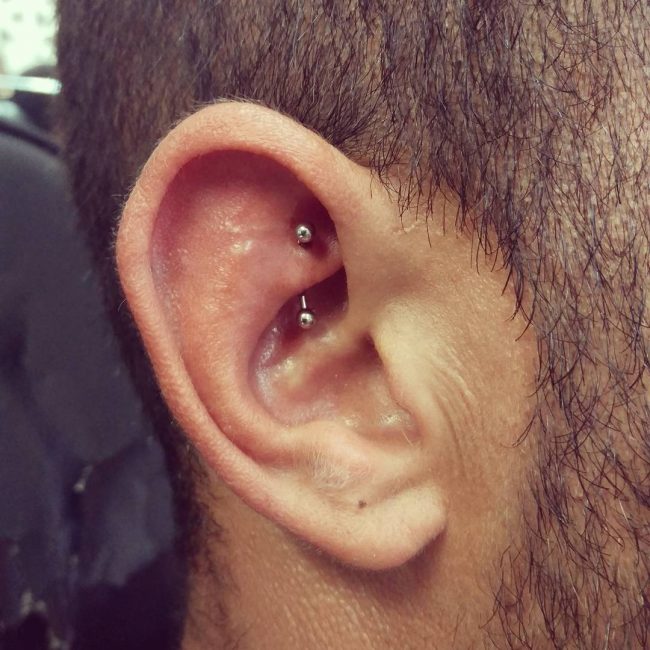
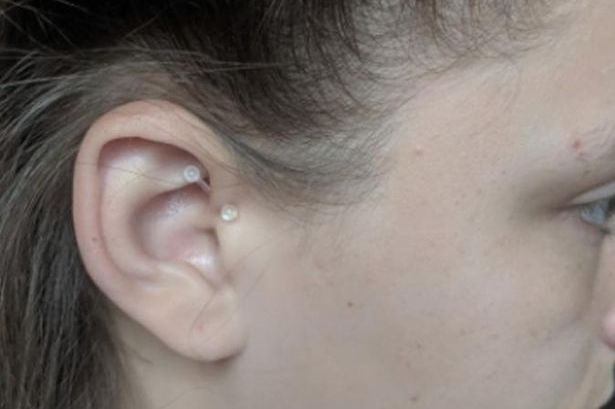
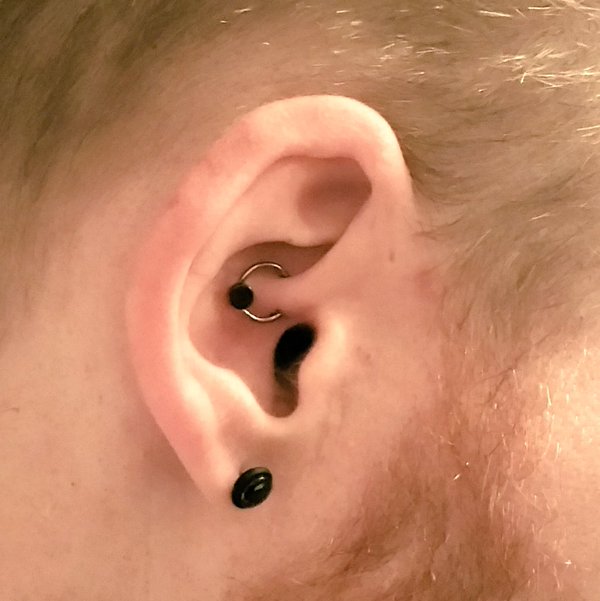
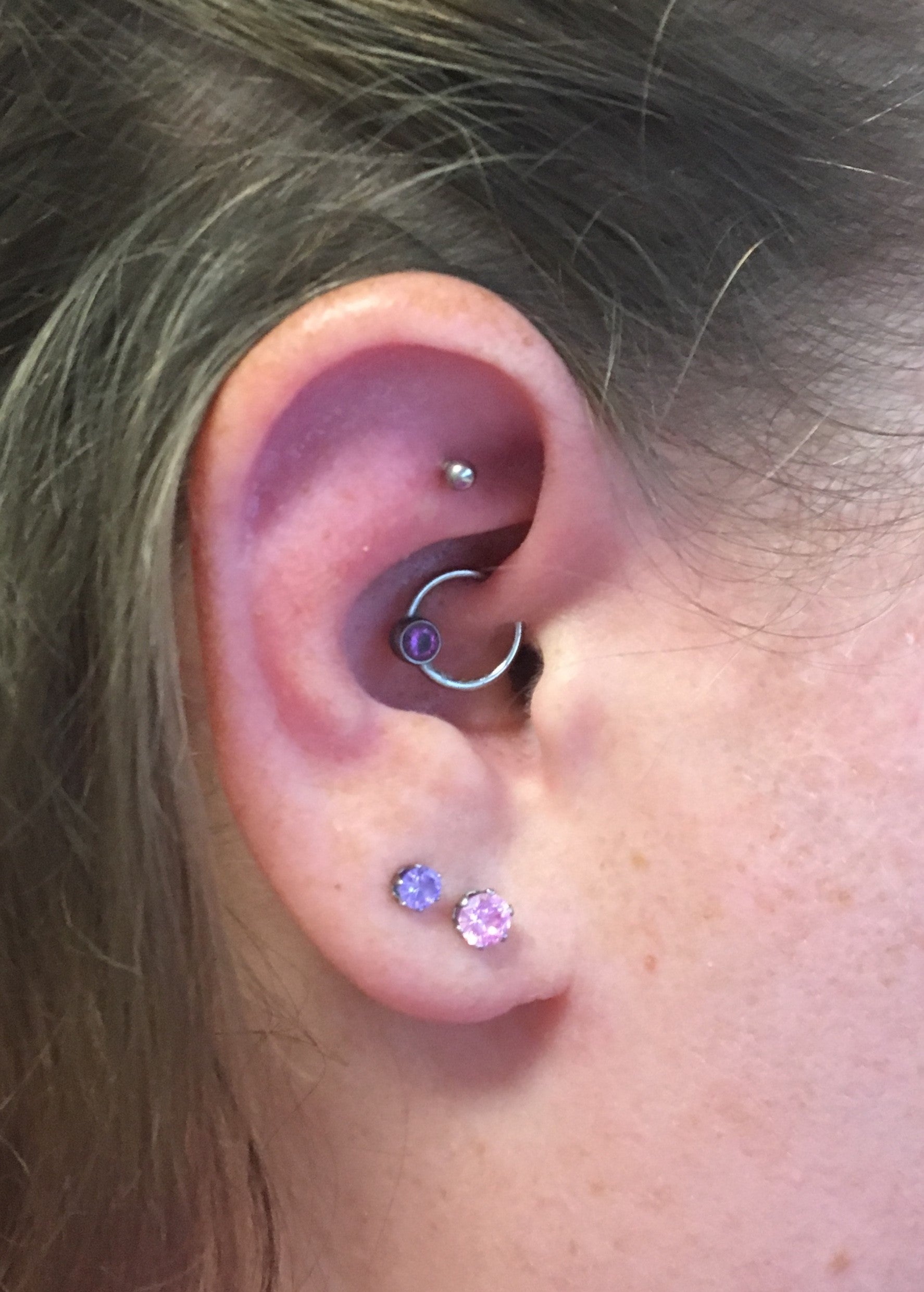
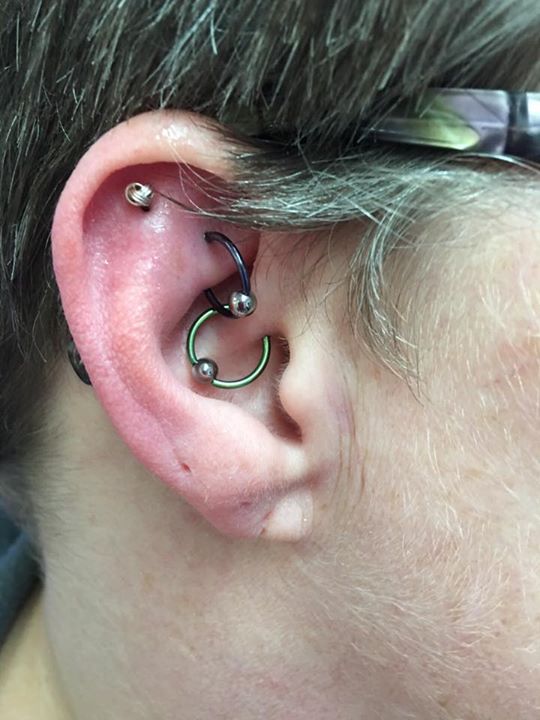
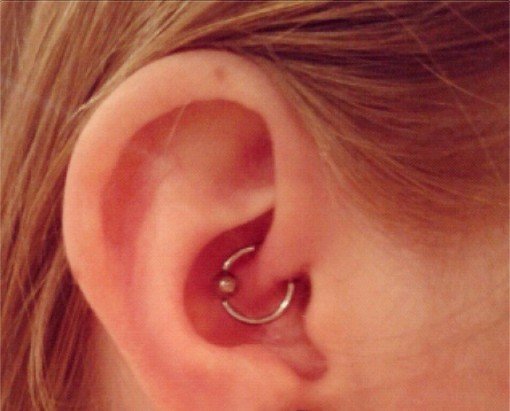
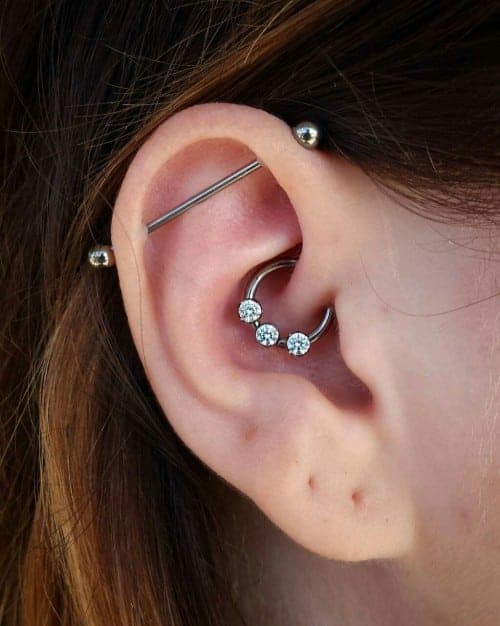
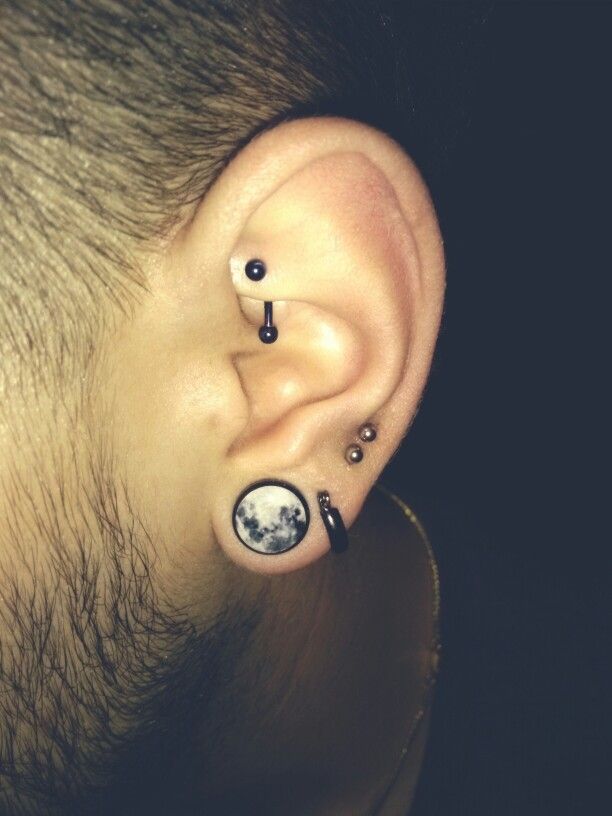
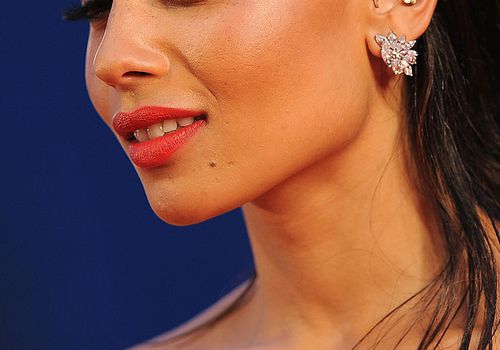
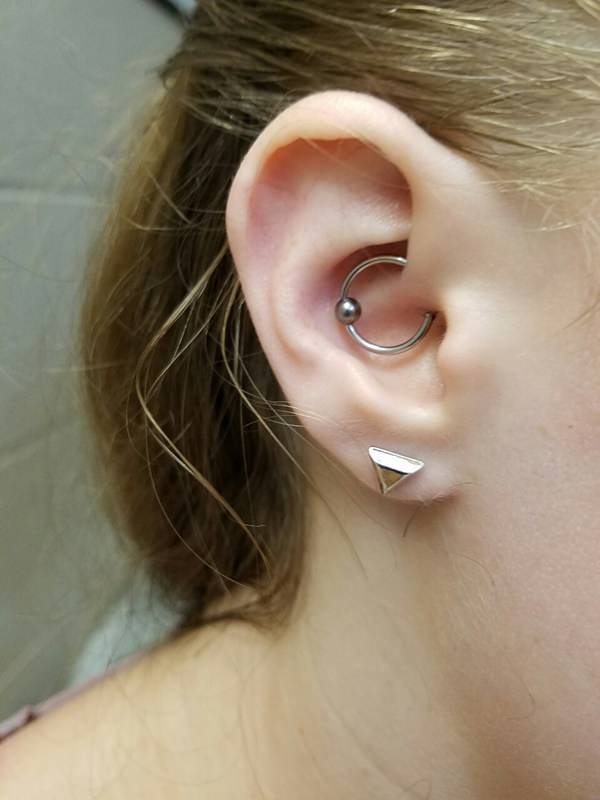
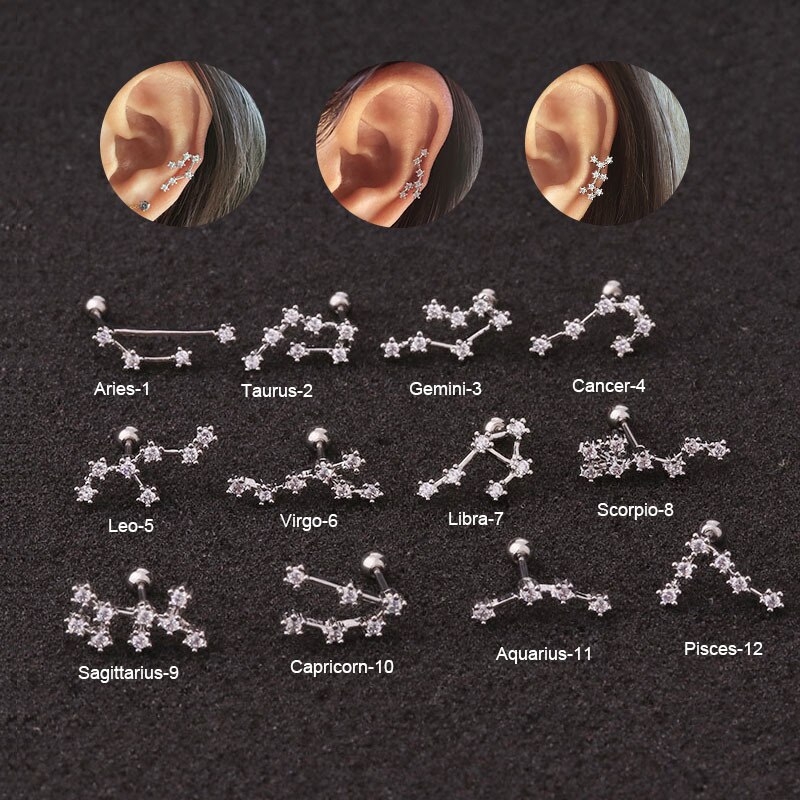
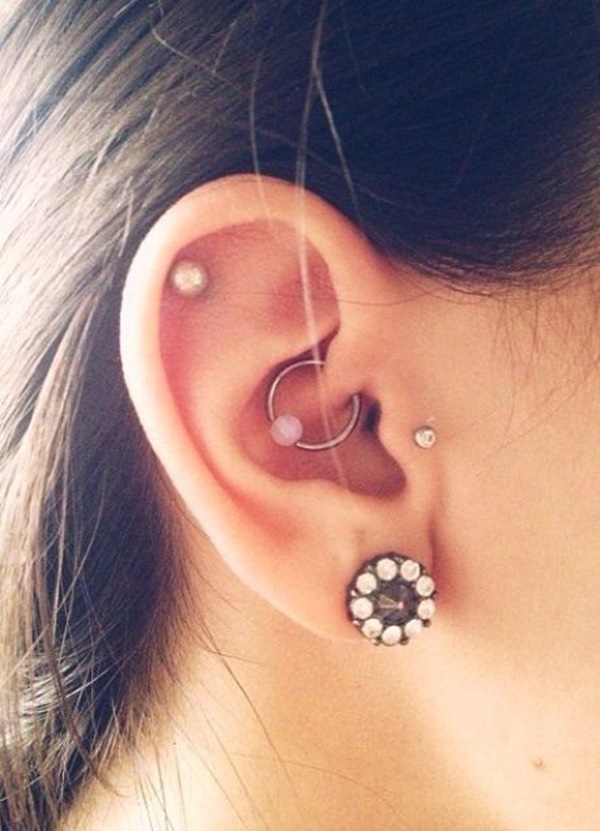
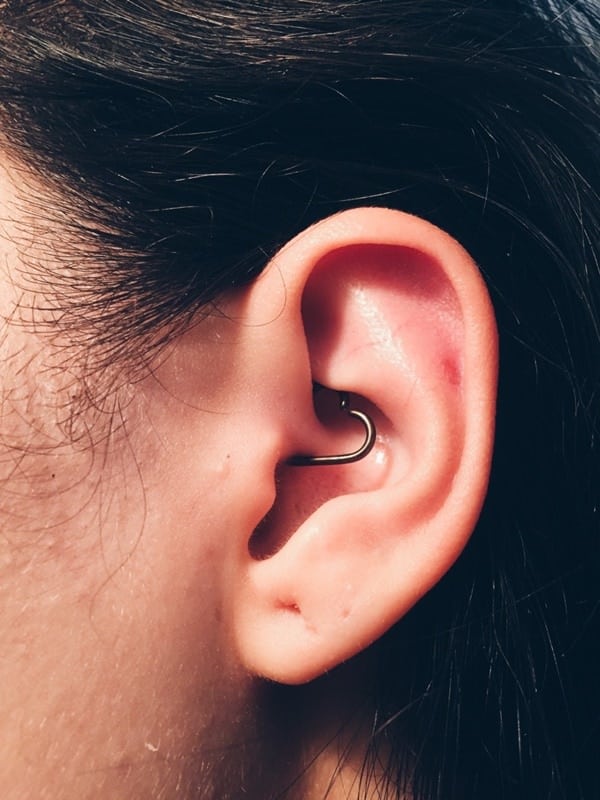
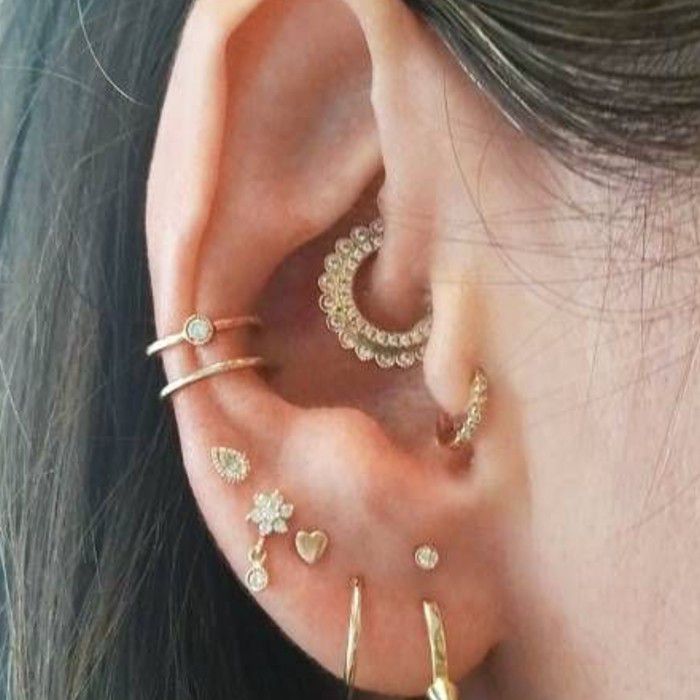
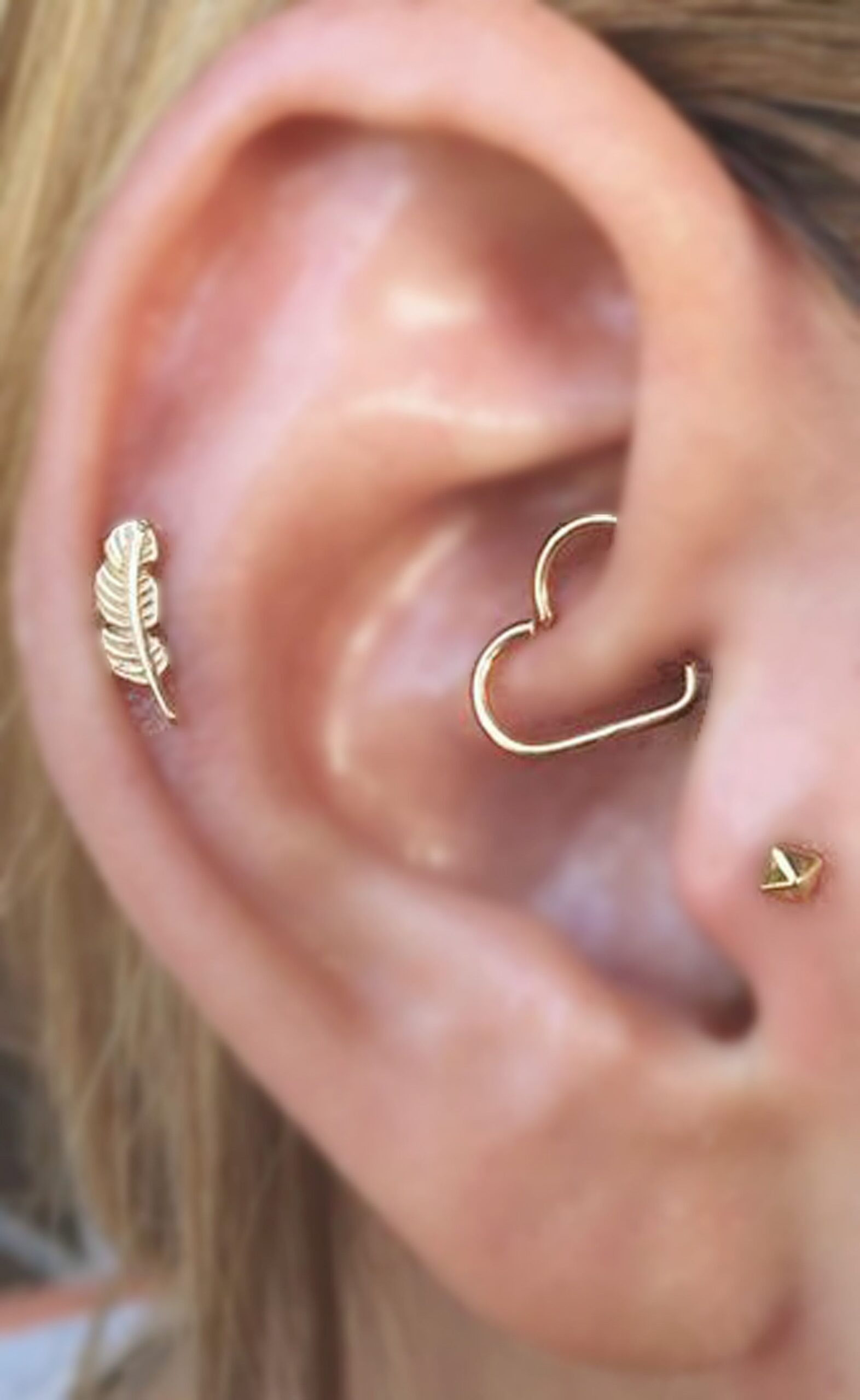
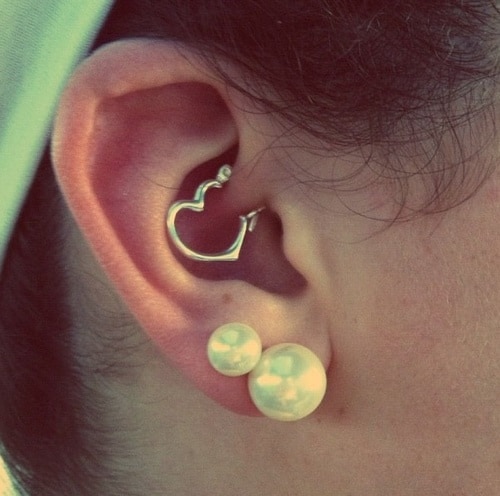
One way to make a daith piercing less visible is by wearing a ring that goes through both holes. Kaia Gerber popularized this trend in late 2019, and it’s an attractive option if you want to add some symmetry to your ensemble.
Another popular piercing is the snakebite. Similar to its lower lip counterpart, snakebite piercings feature two closely-stacked ear piercings that look fantastic when placed on your lobe or helix.
Ear piercings for men
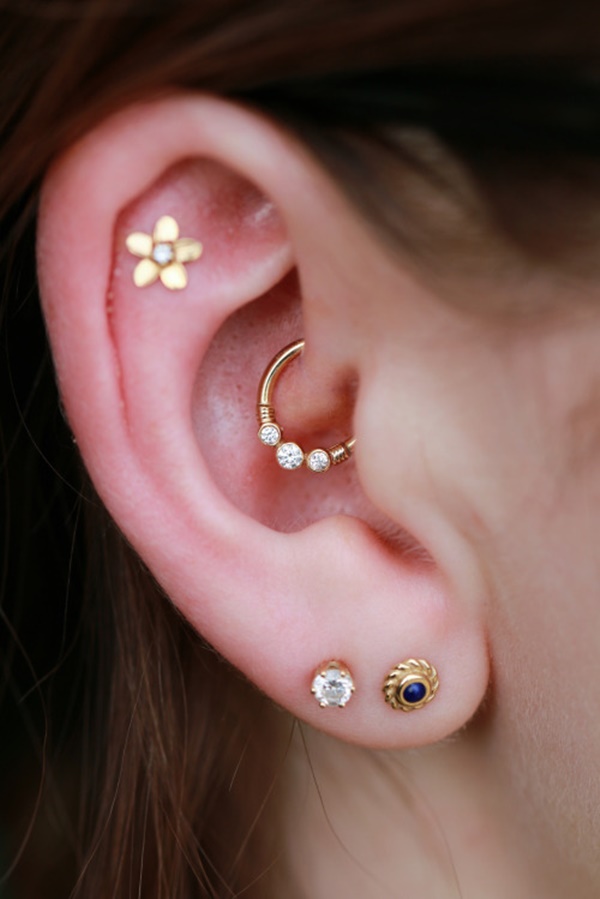
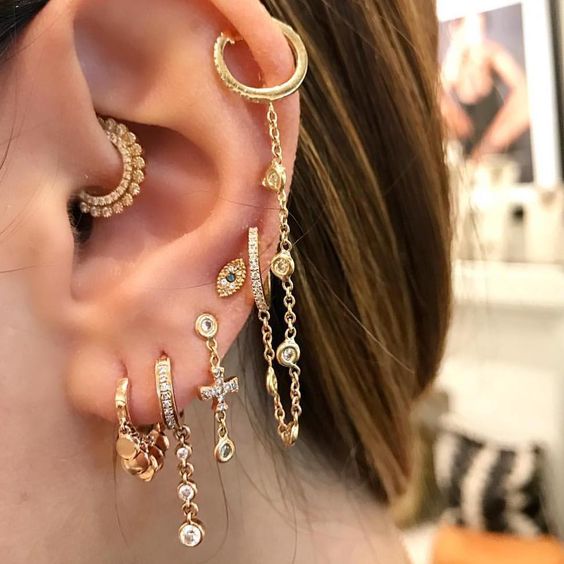
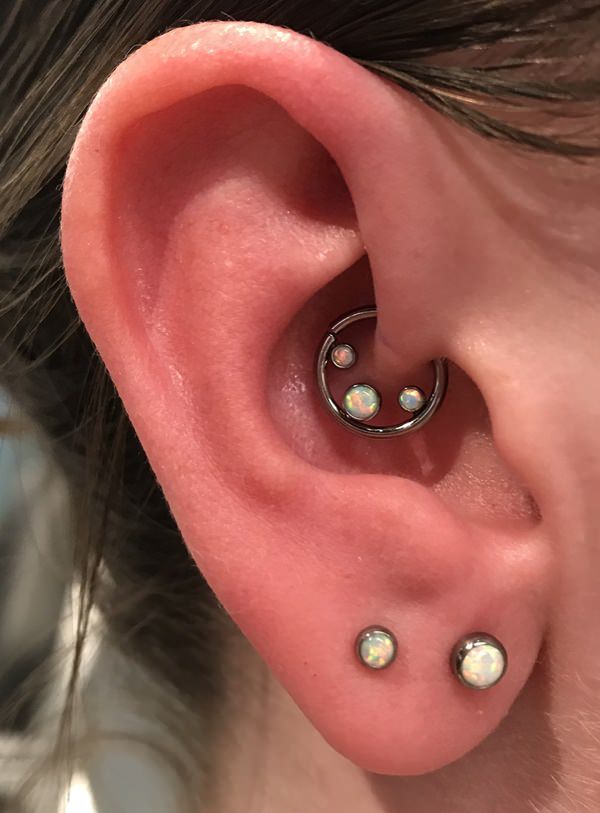
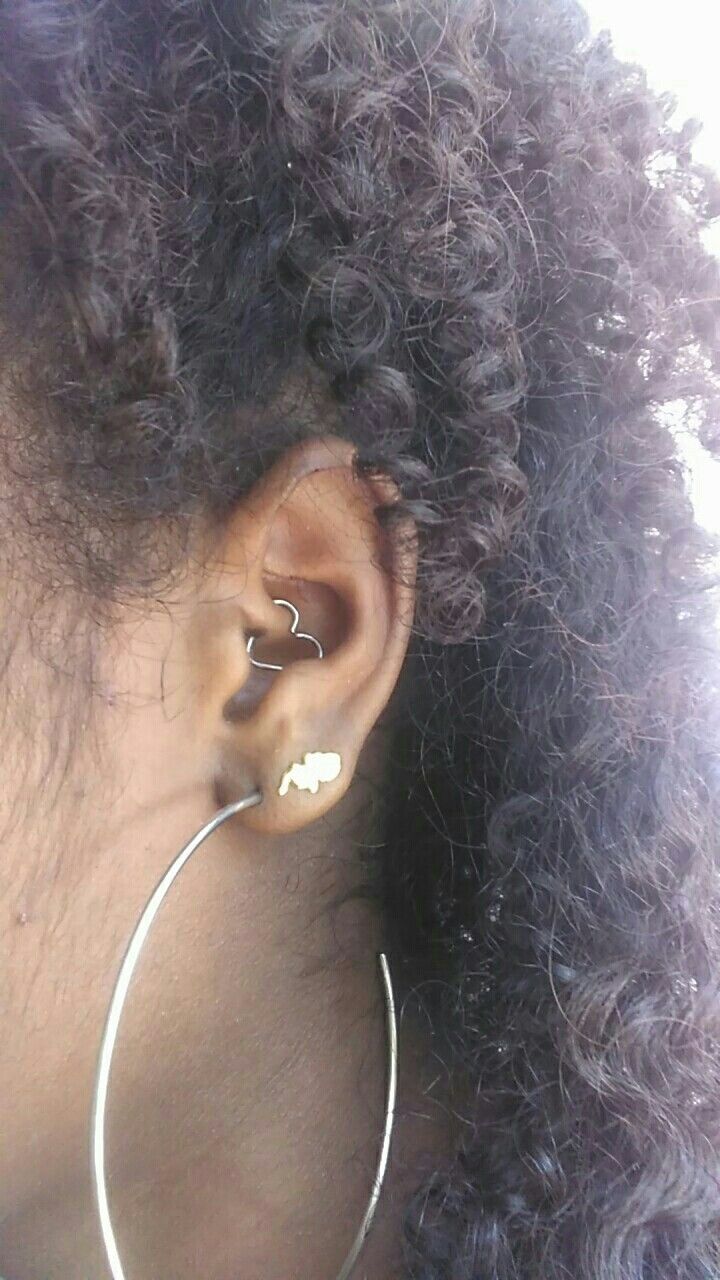
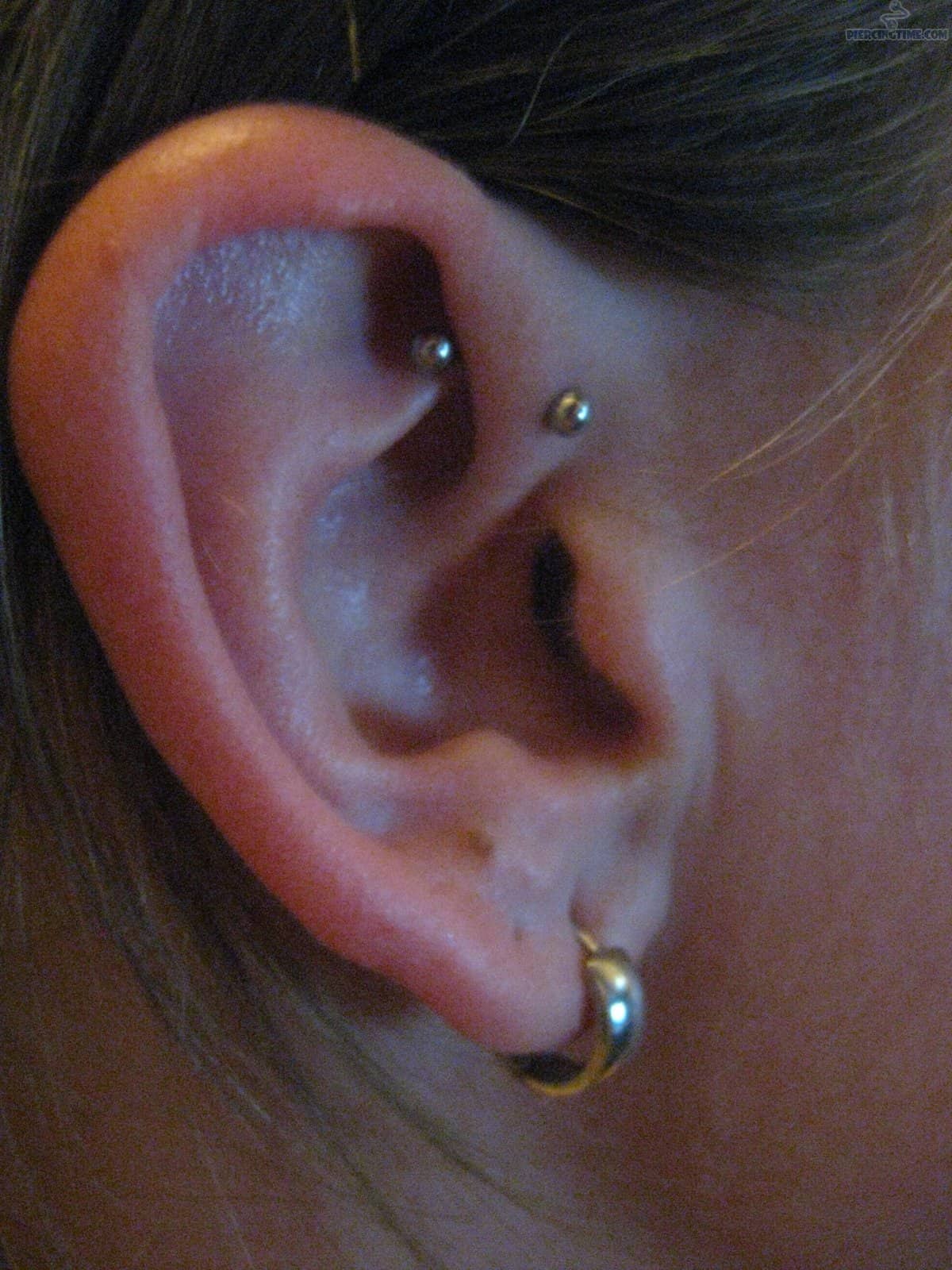
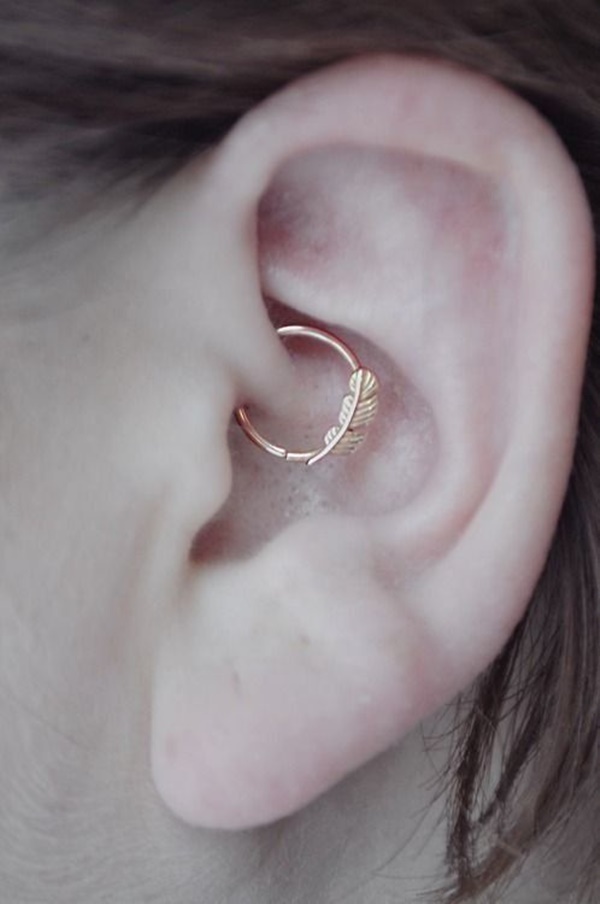
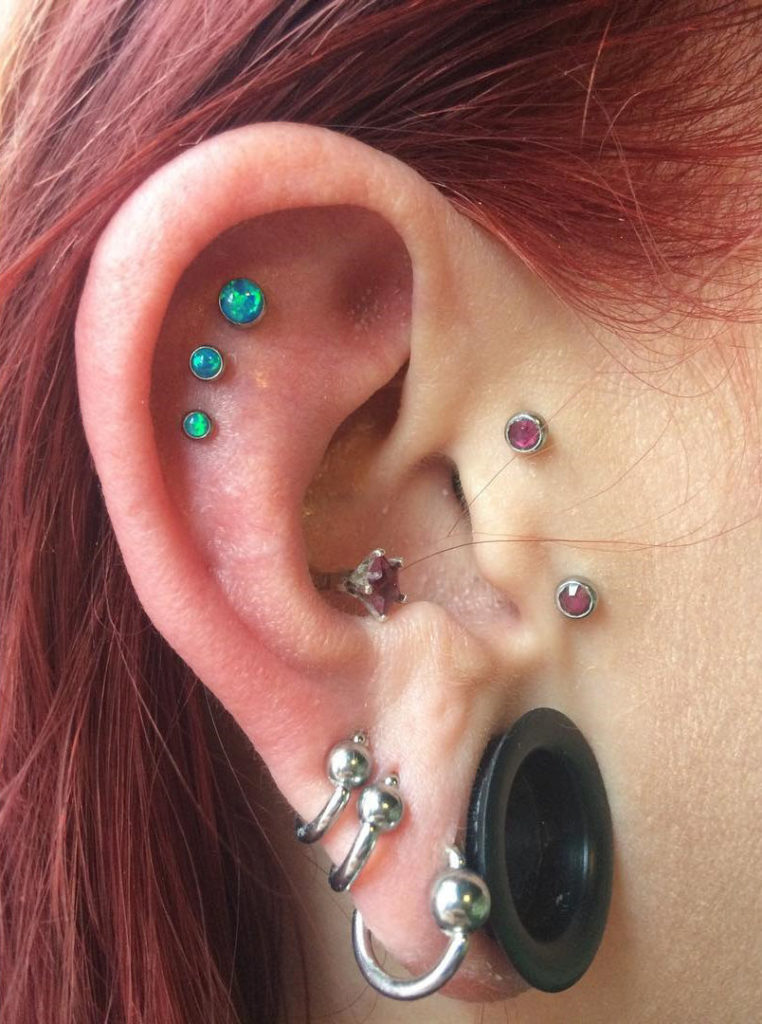
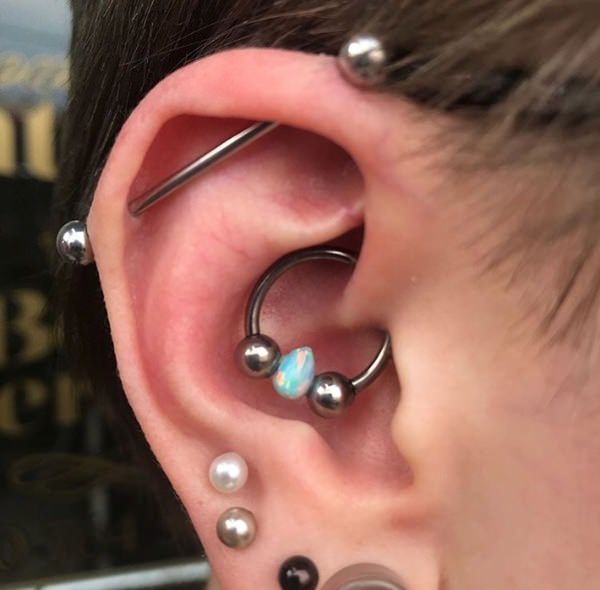
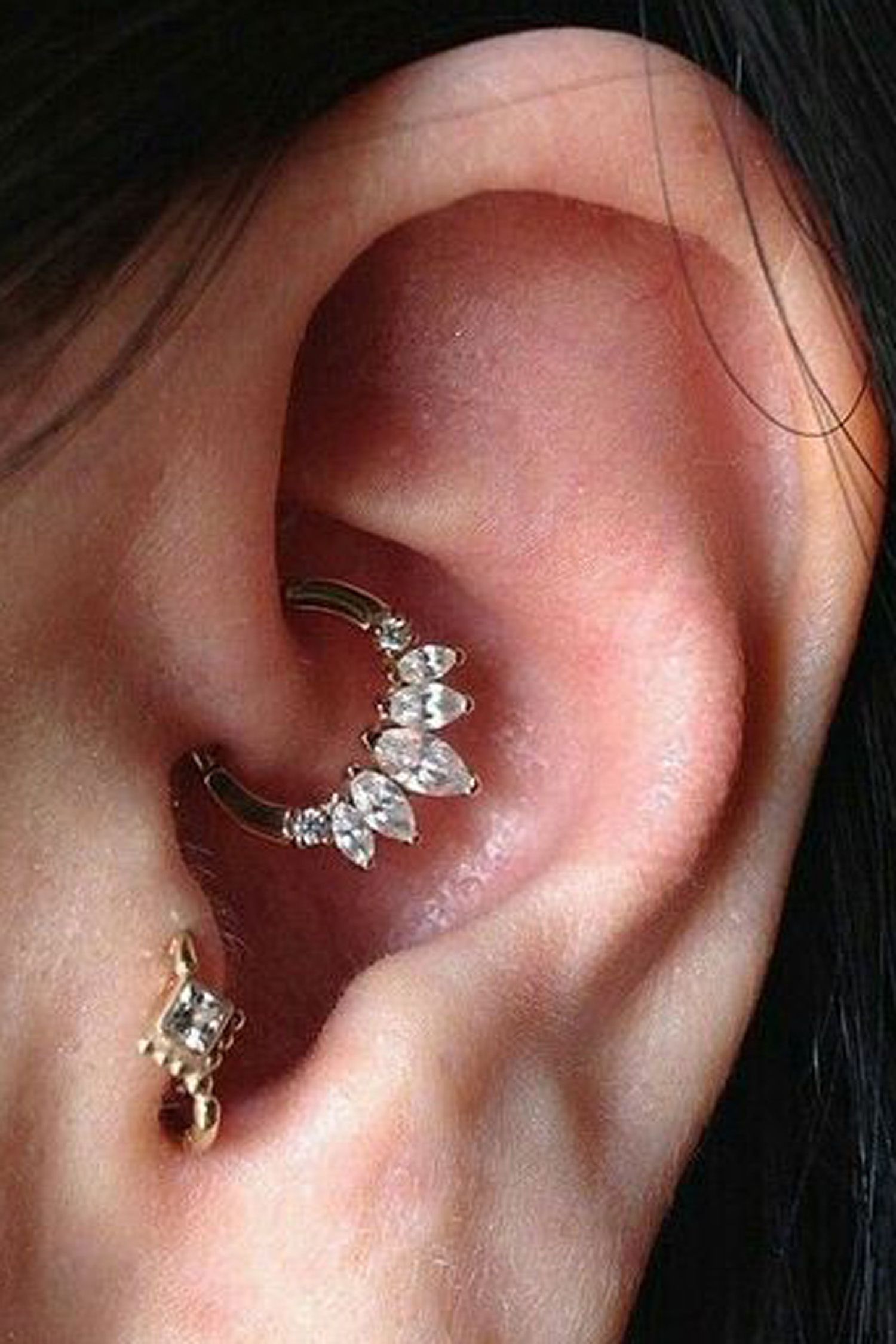
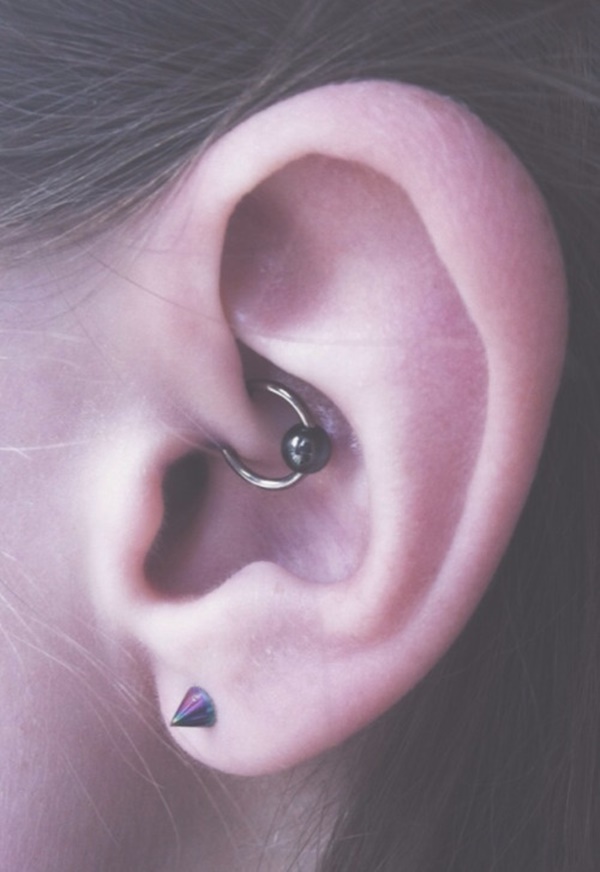
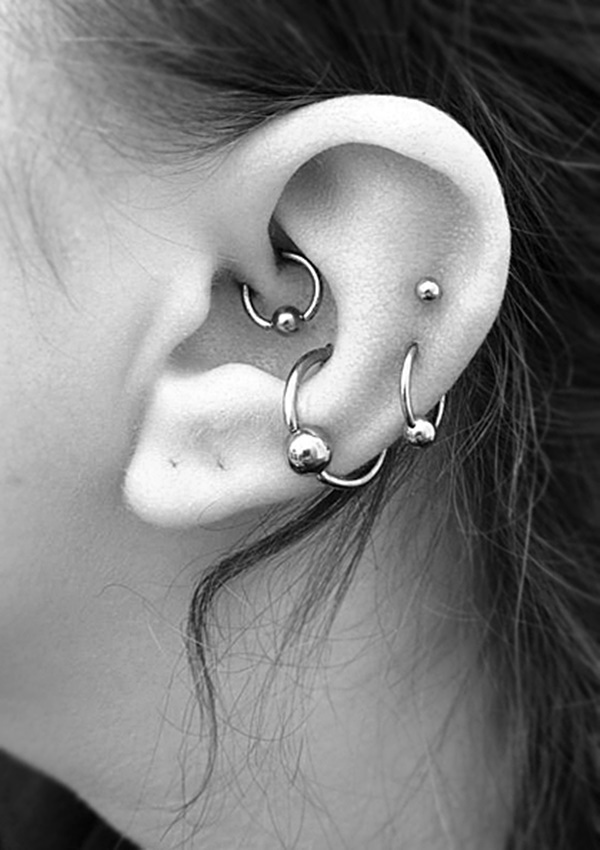
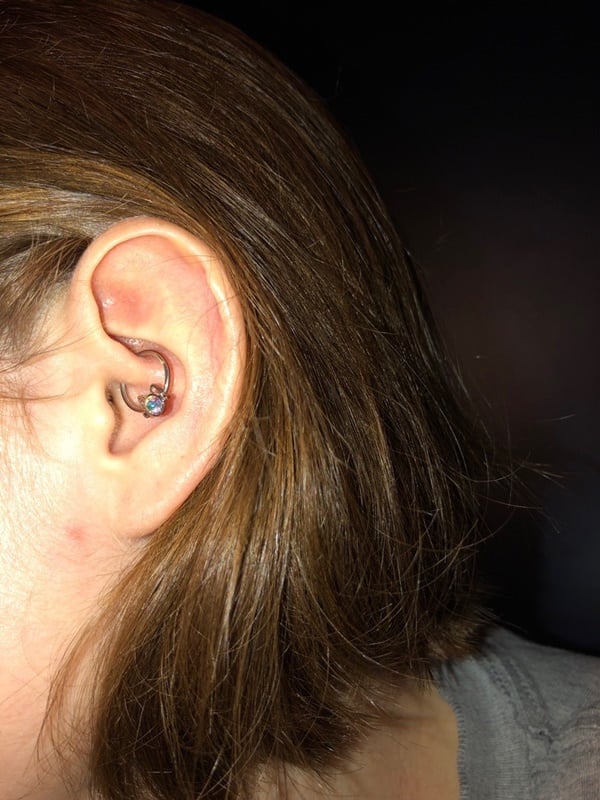
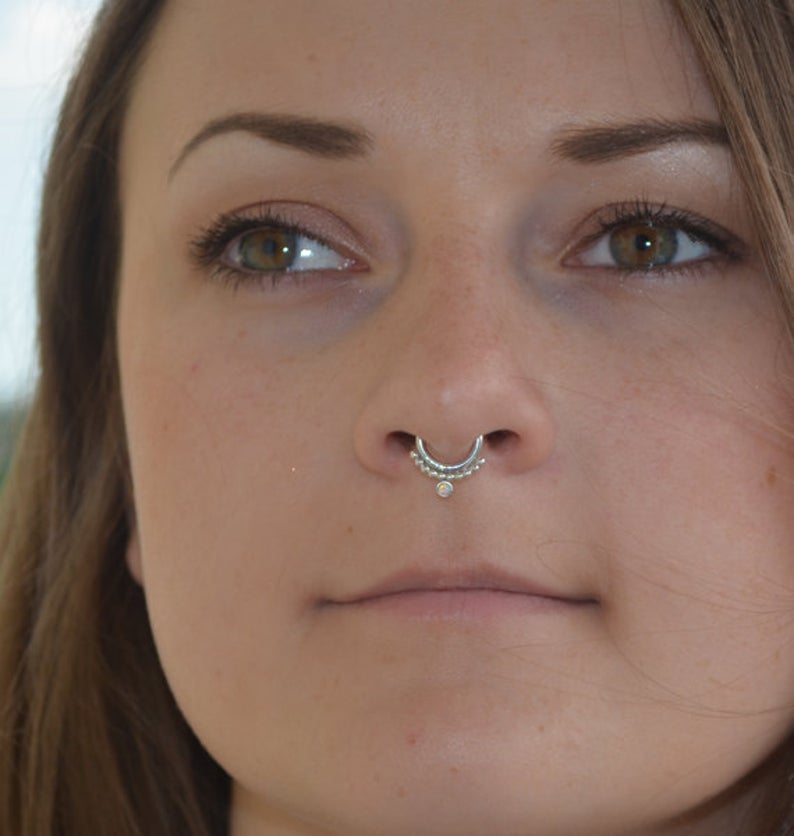
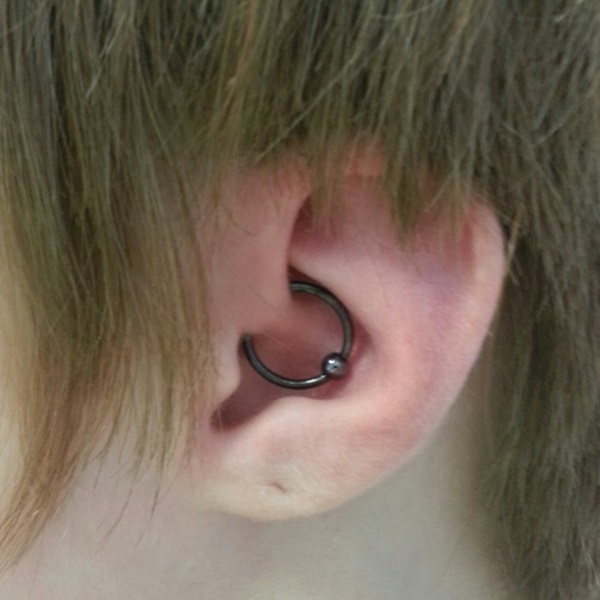
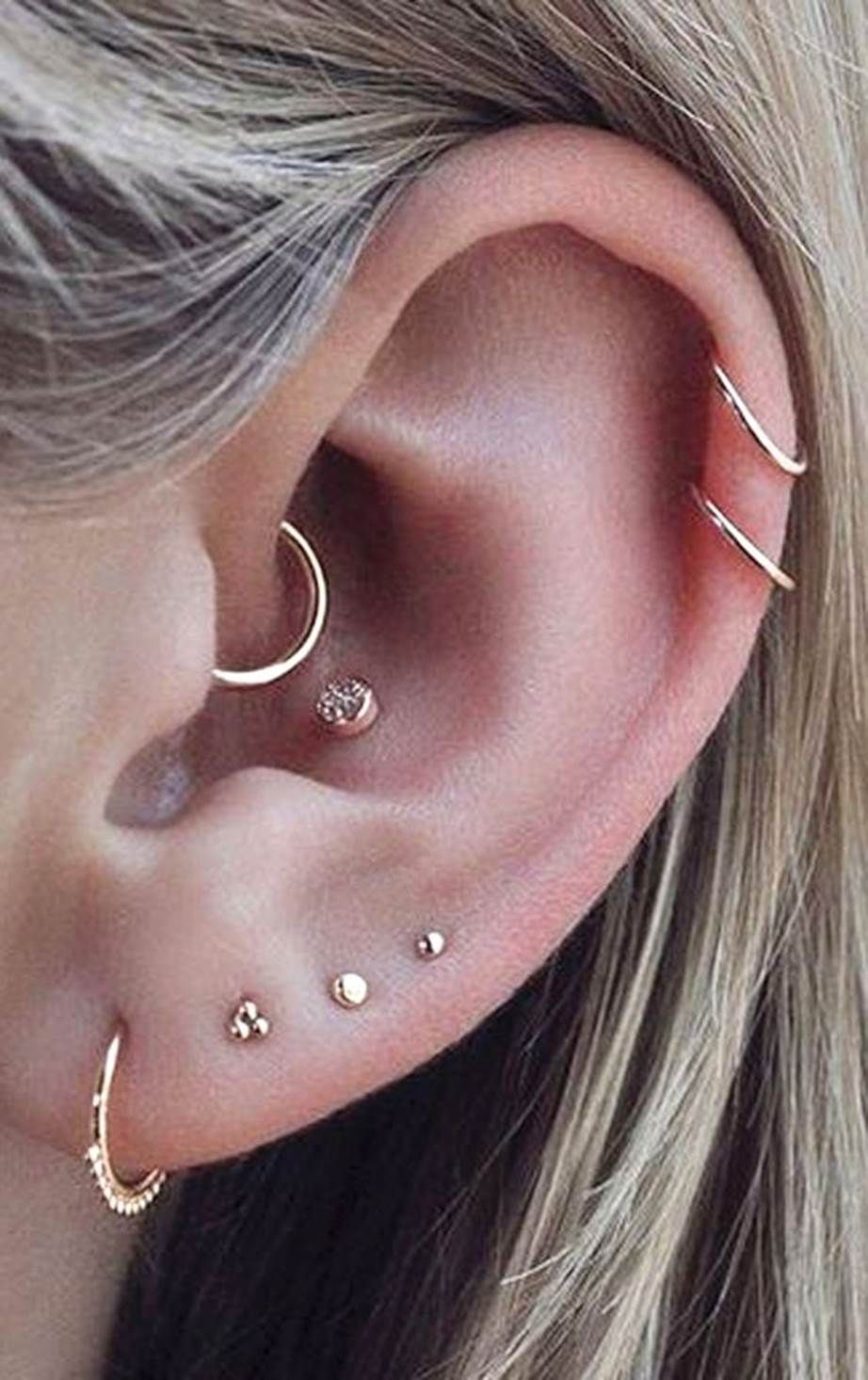
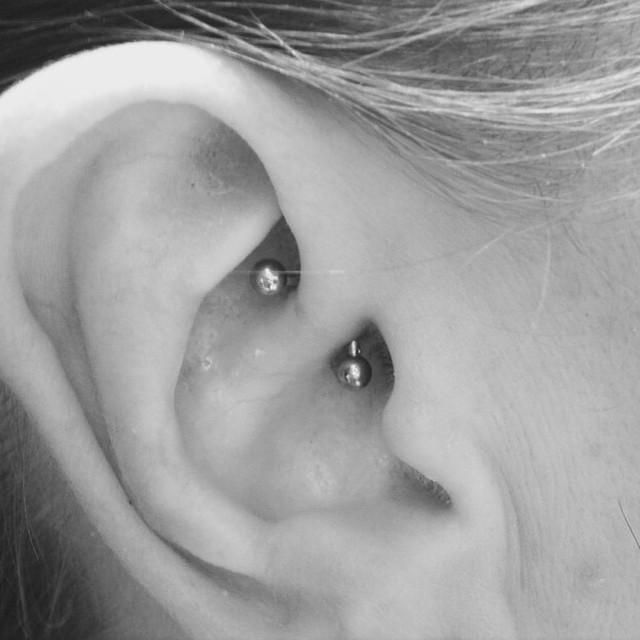
Ear piercings for men come in many styles. One popular trend is the forward helix, which encircles the upper cartilage of the ear. It’s a subtle look that can be complemented with studs or simple rings.
Another popular piercing for men is the daith, which is a hoop that fits around the inside cartilage of the ear. This type of piercing has its roots in Jewish culture and may be referred to as a “faith” piercing.
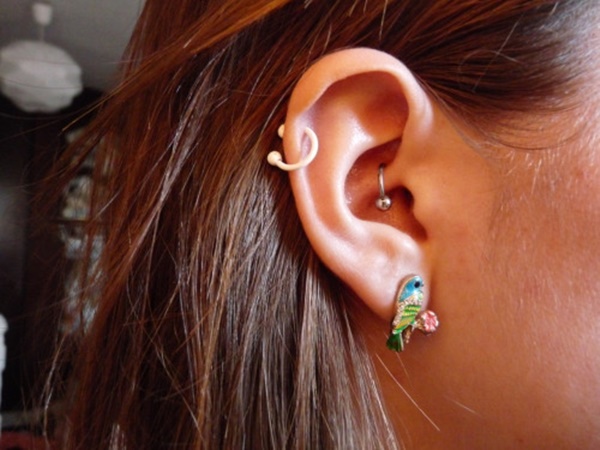
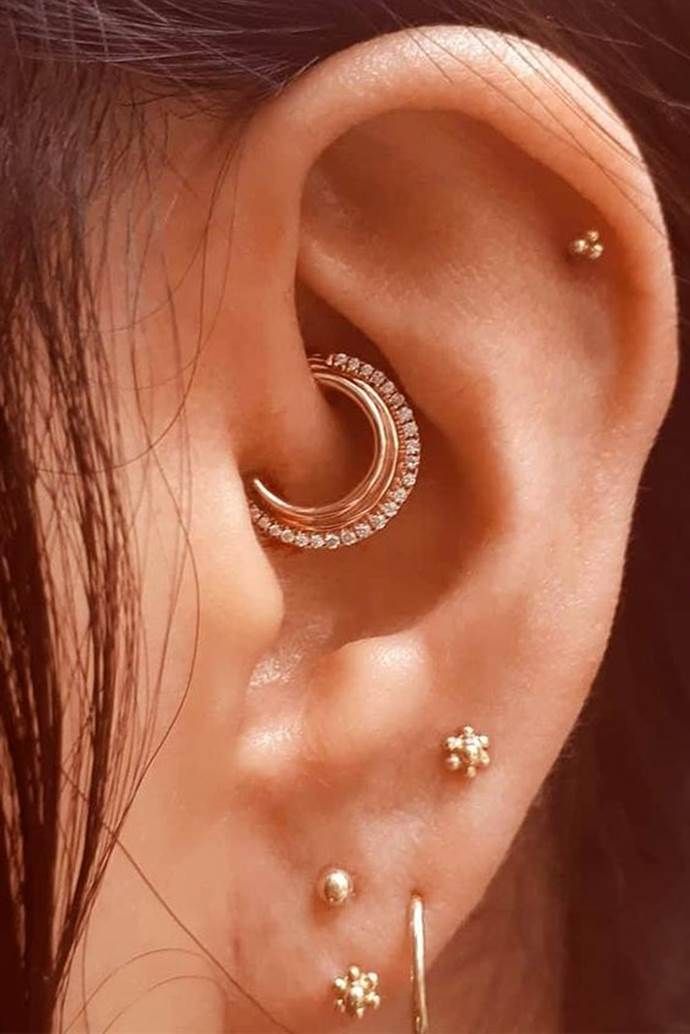
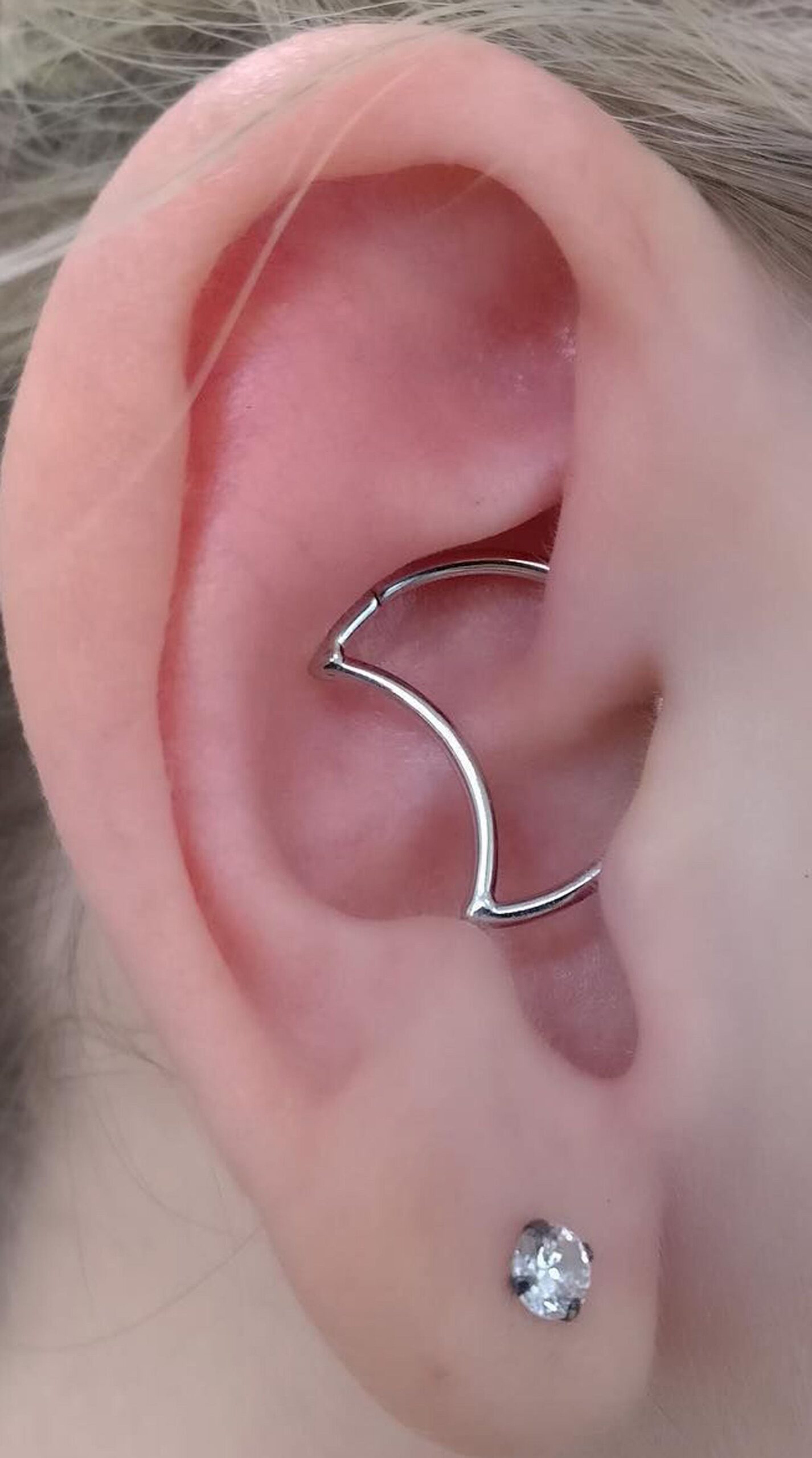
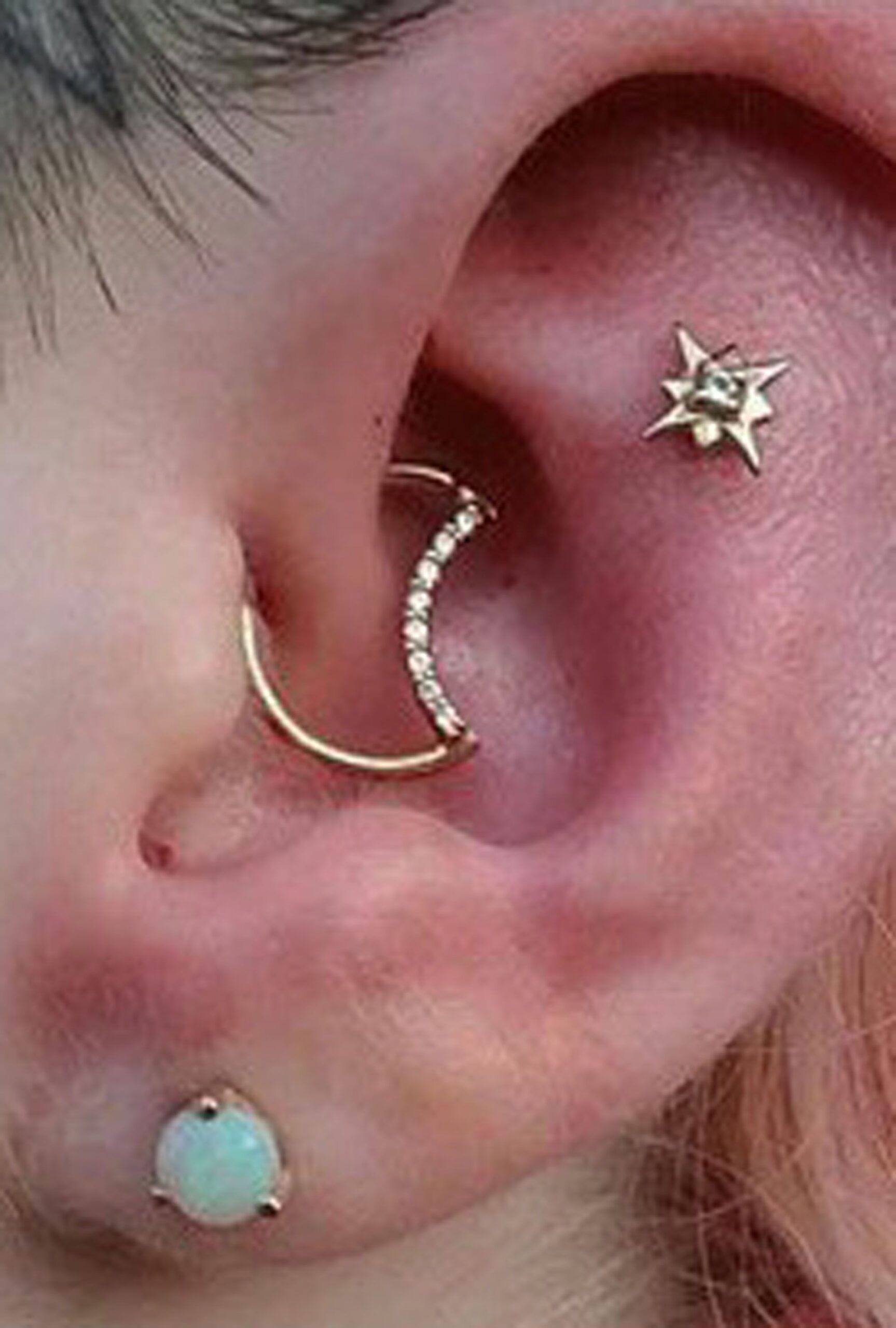
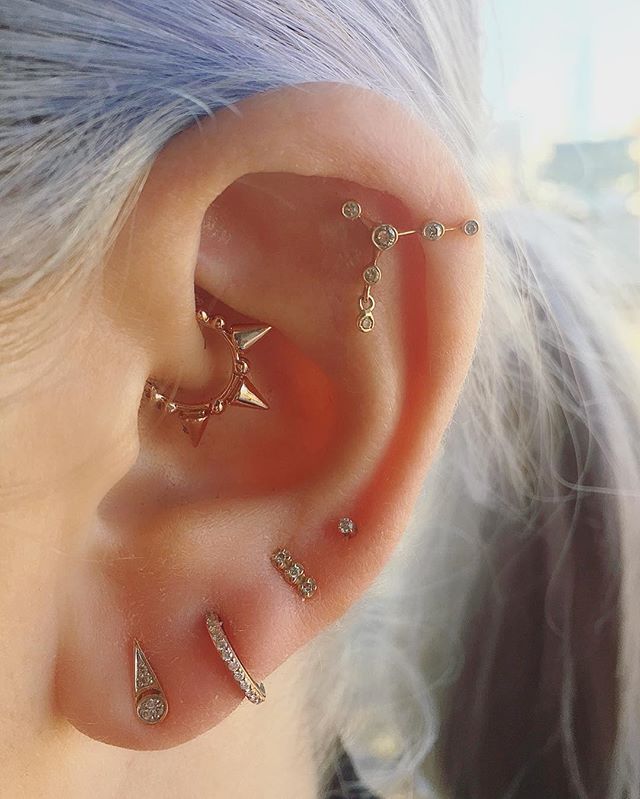
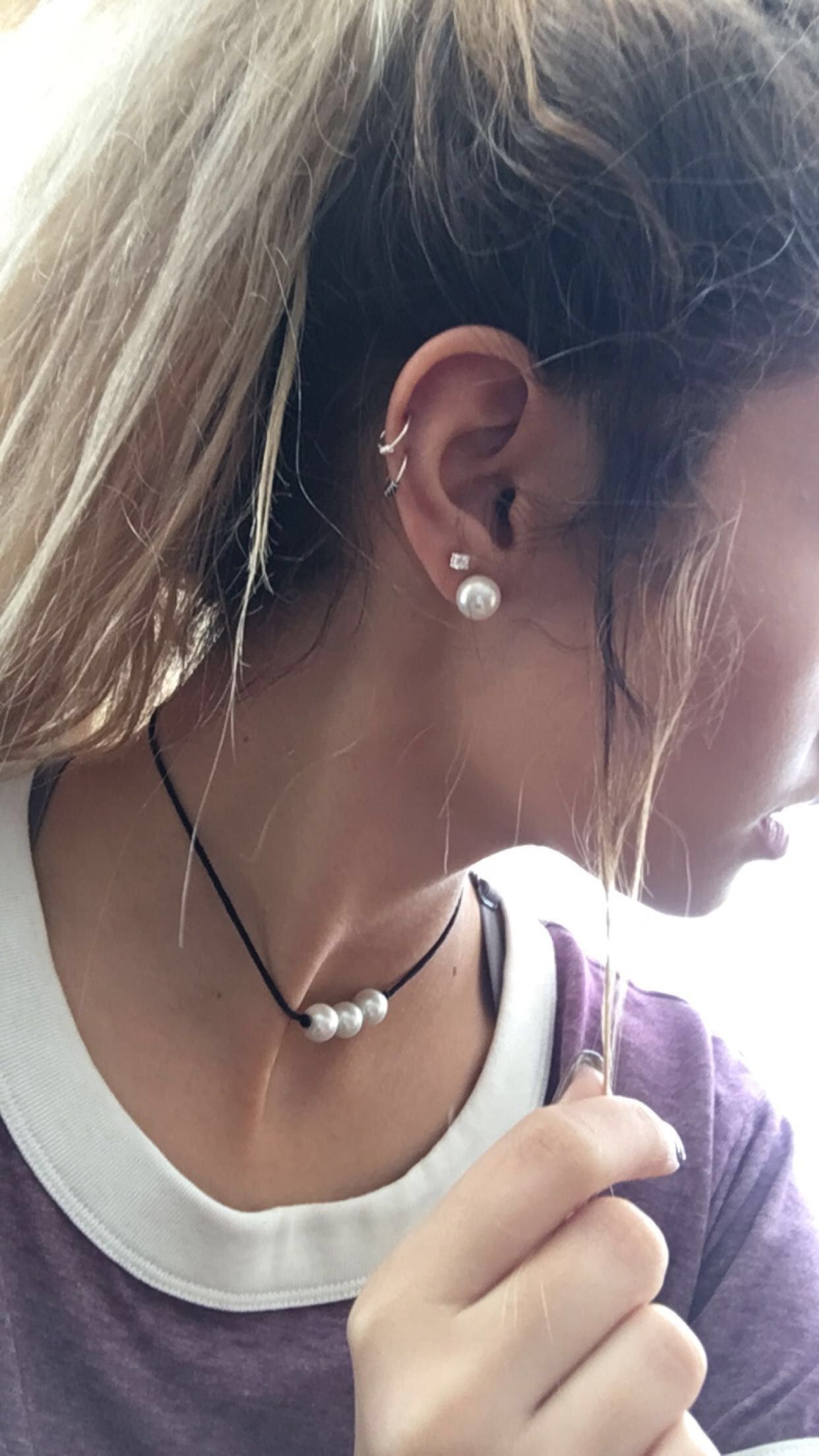
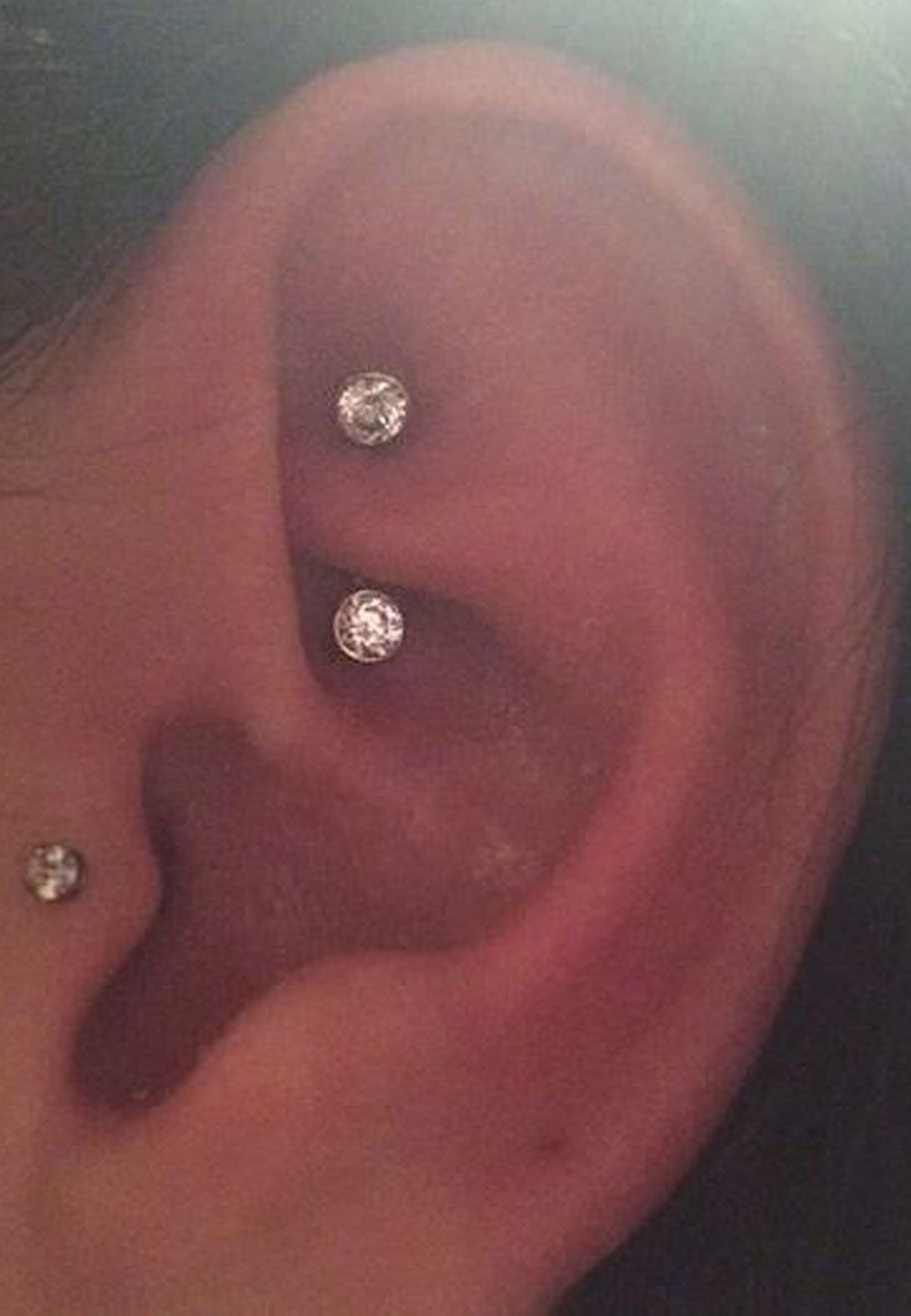
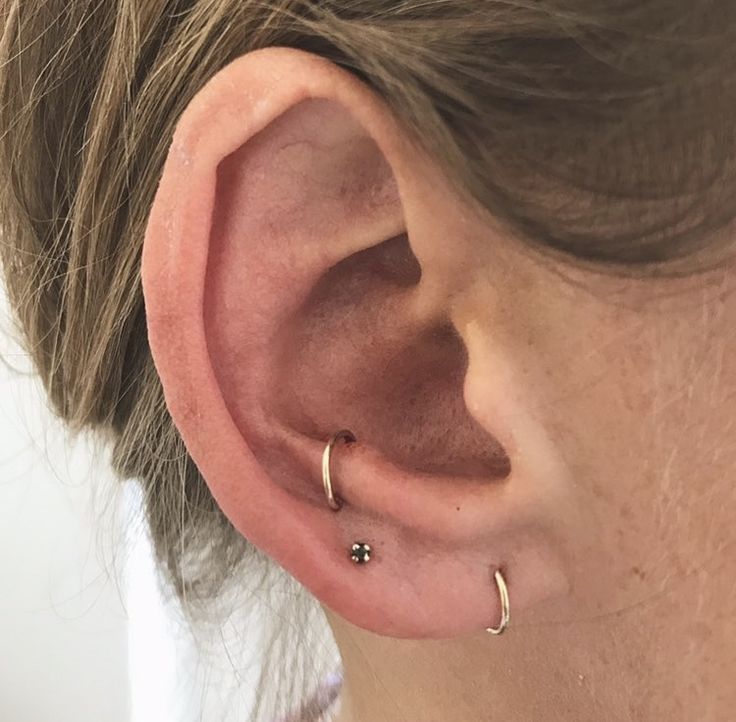
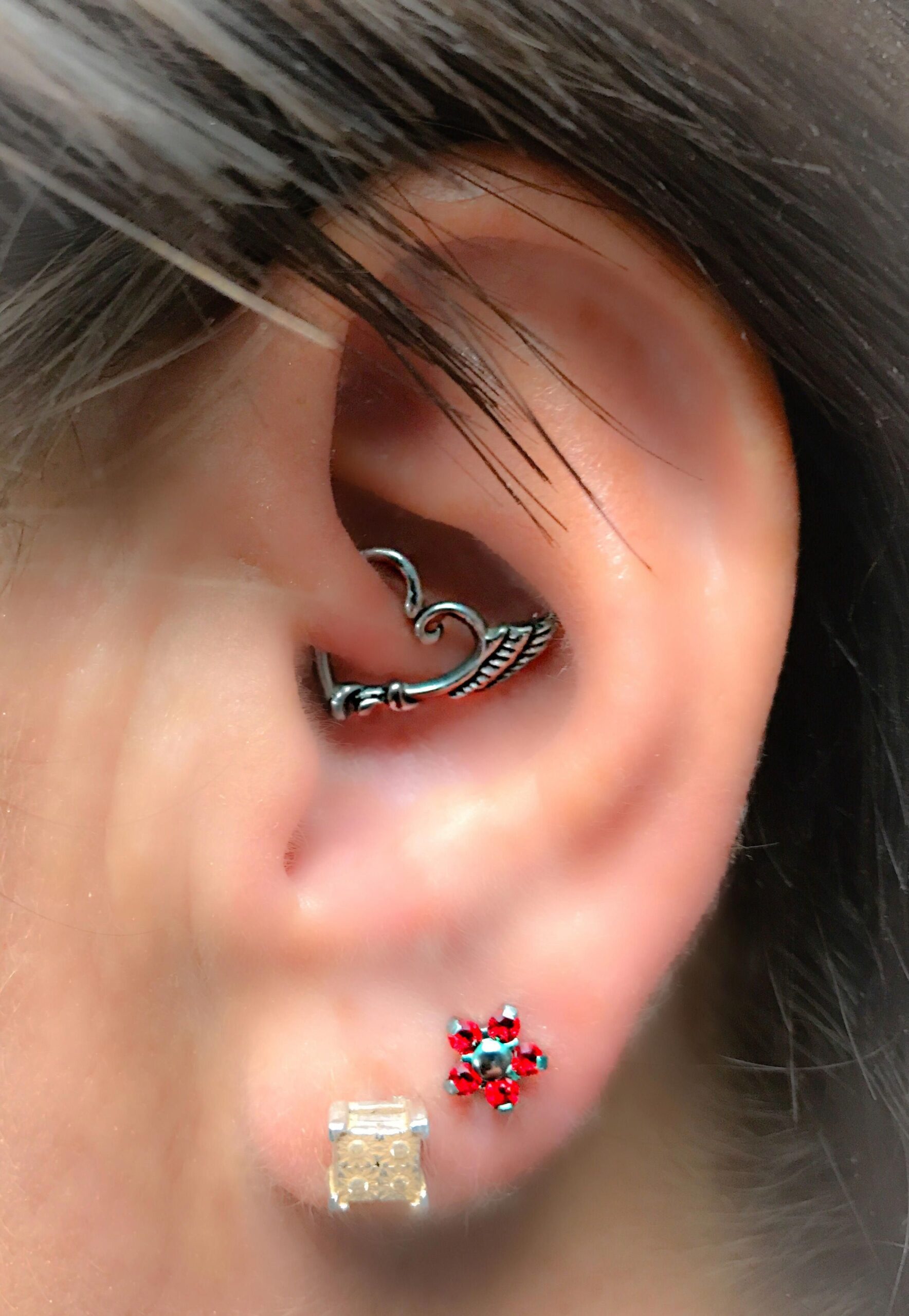
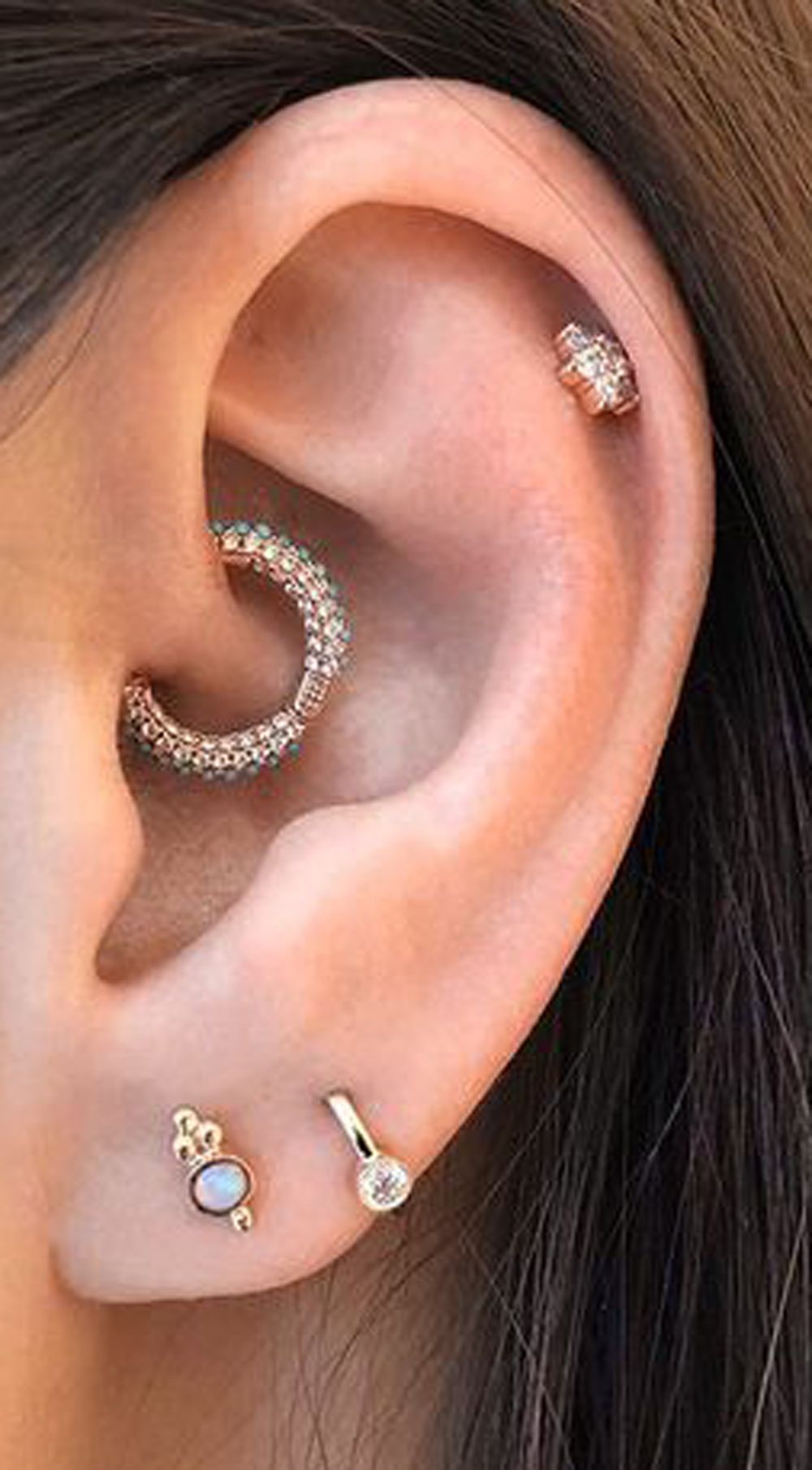
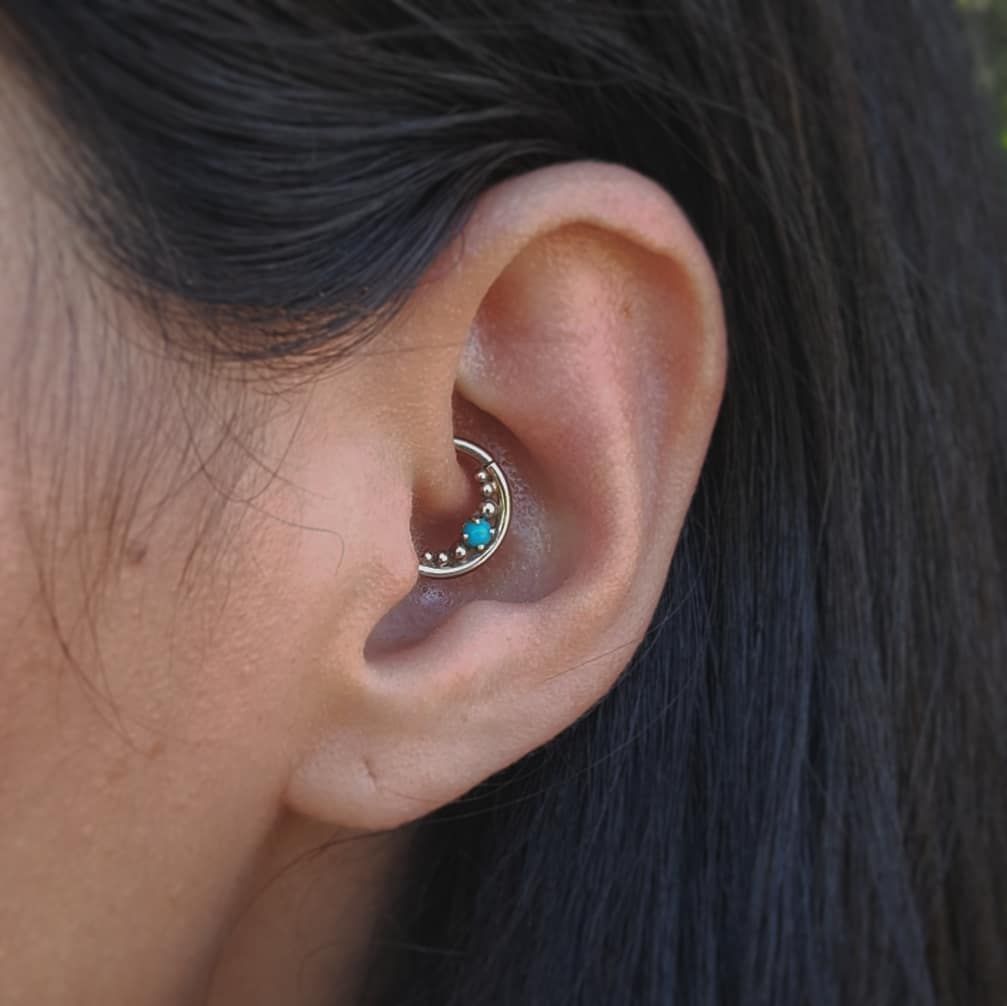
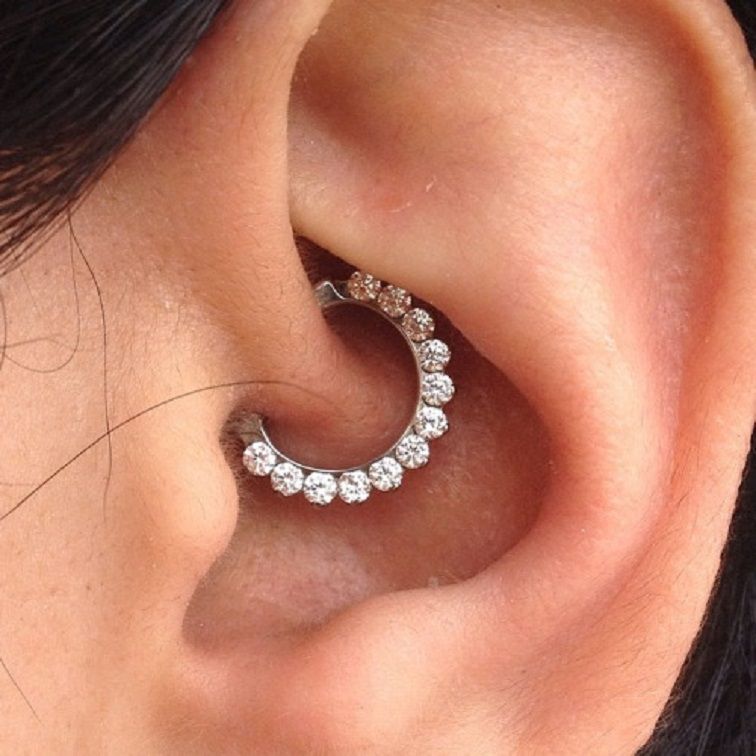
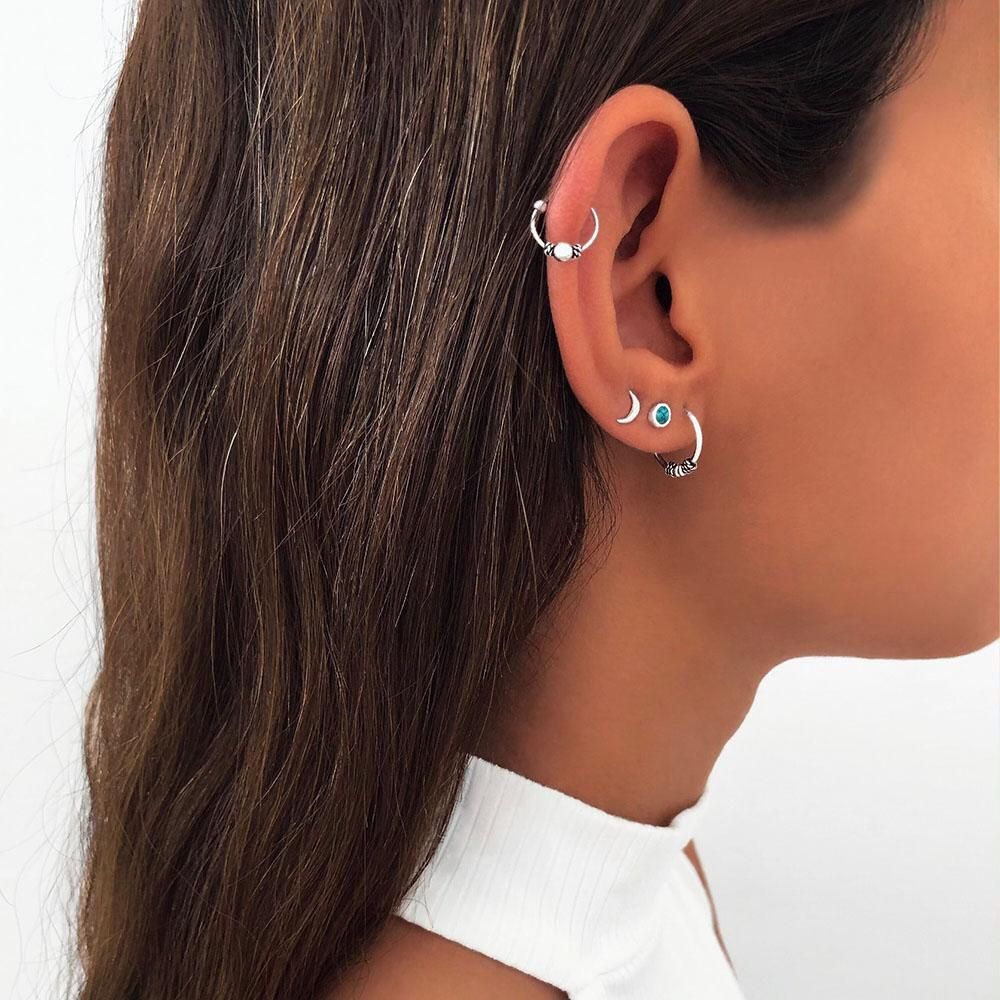
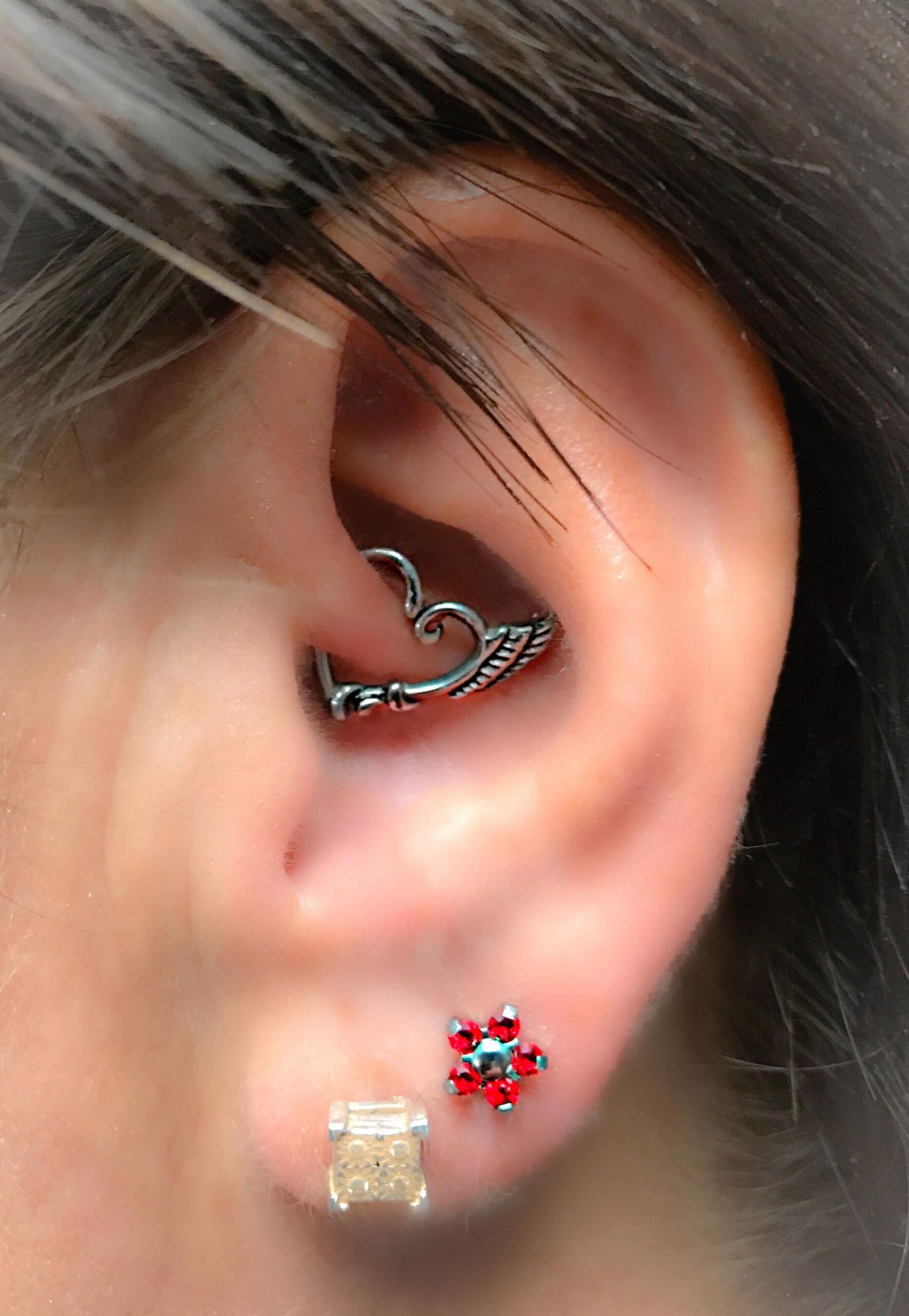
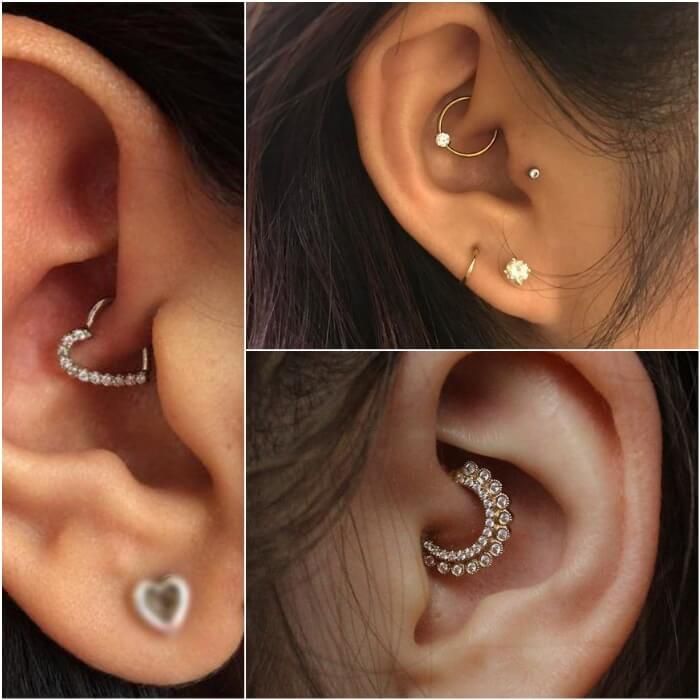
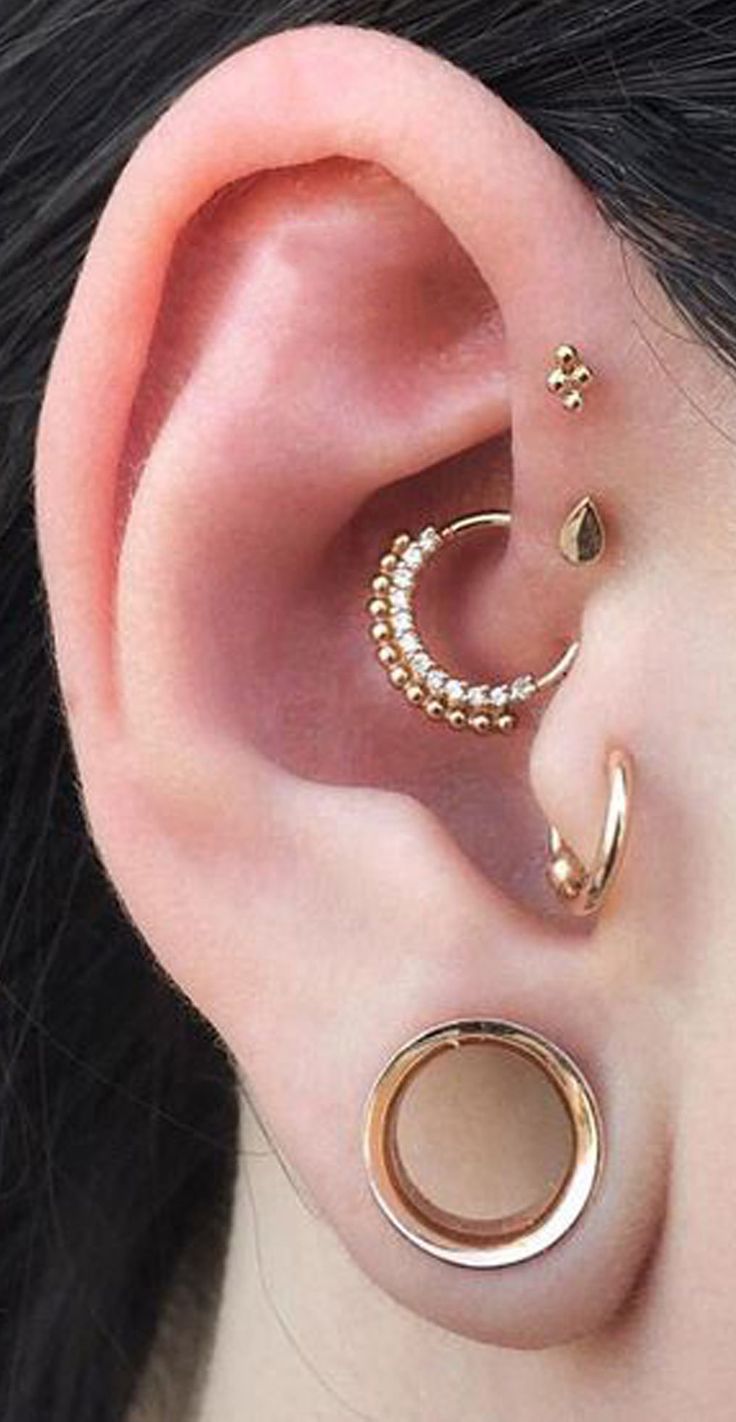
Most importantly, getting this type of piercing requires the expertise of an experienced piercer.
Avoid rubbing it, twisting it, or playing with it. Additionally, you should wash it twice daily with sterile saline wound cleanser and take a shower to ensure an efficient recovery process. Never sleep on it until fully healed.
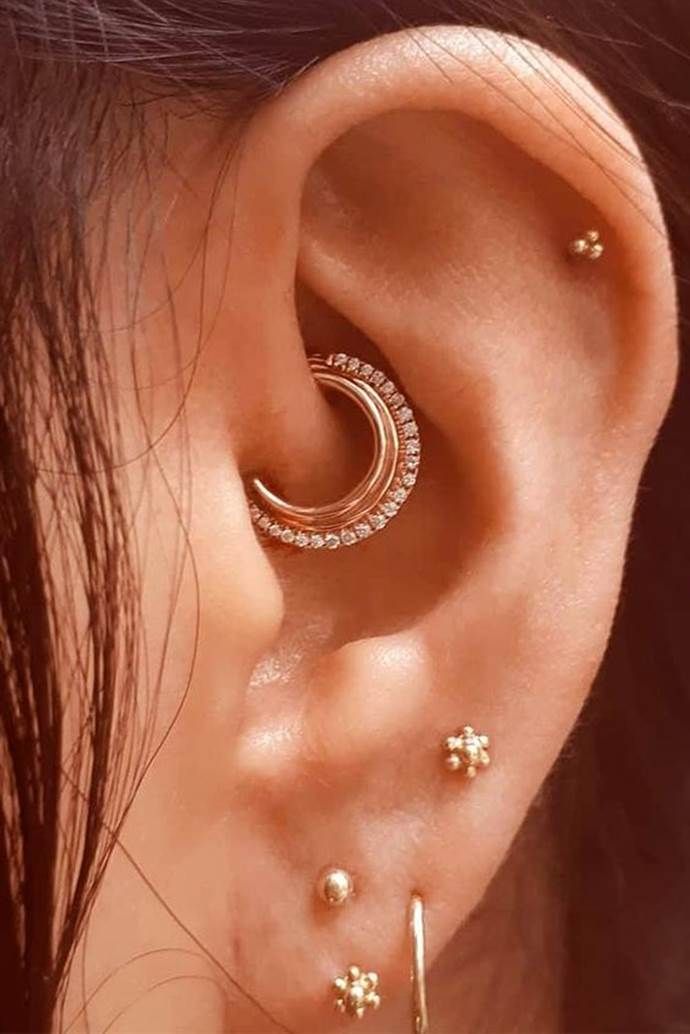
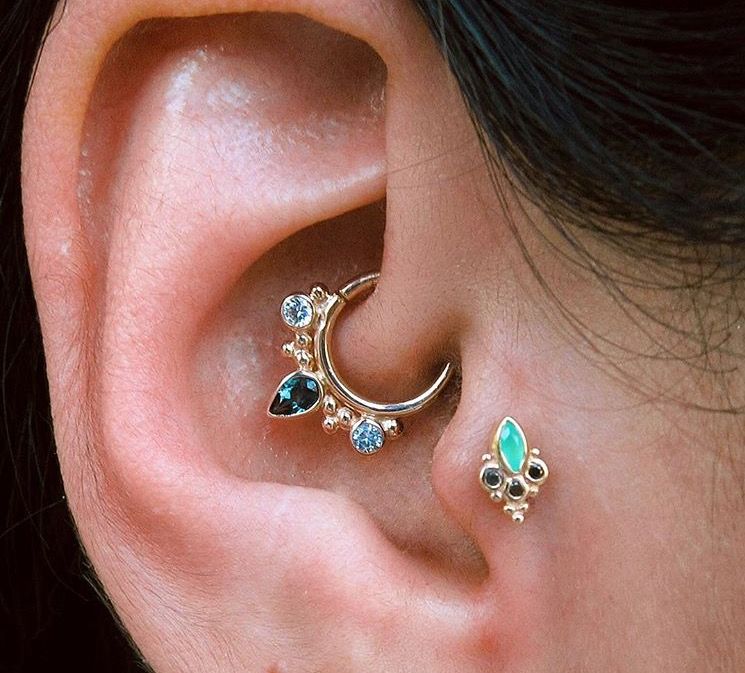
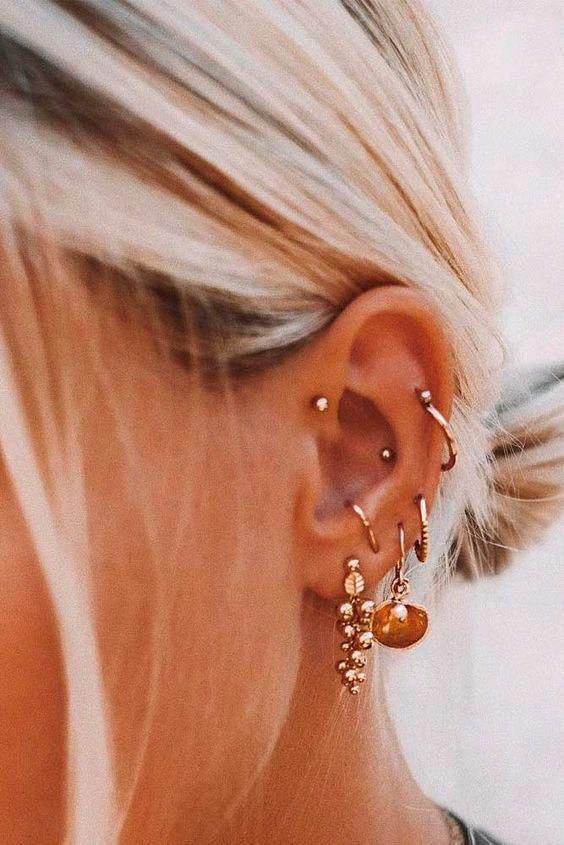
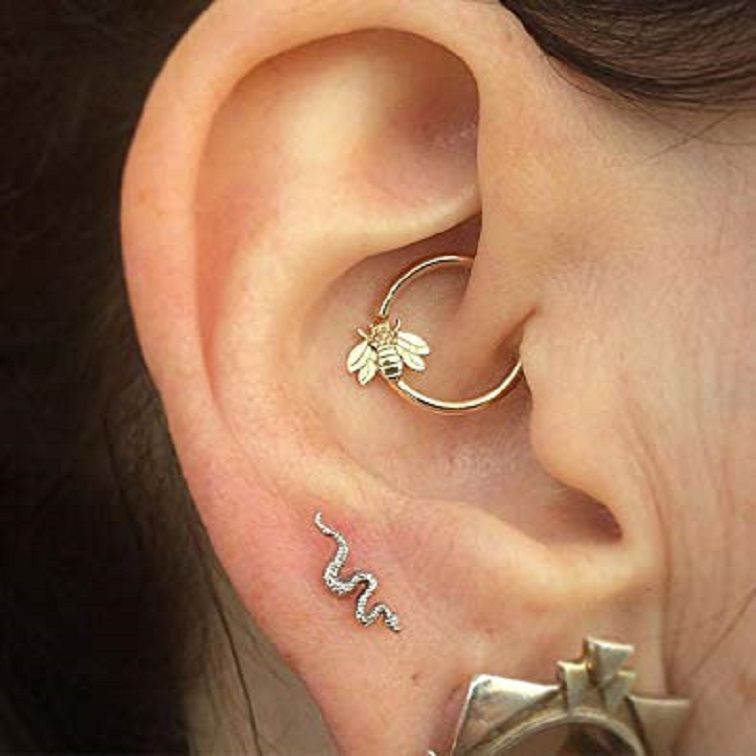
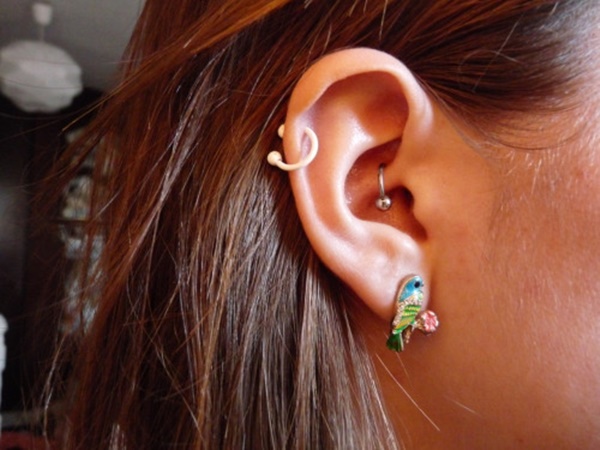
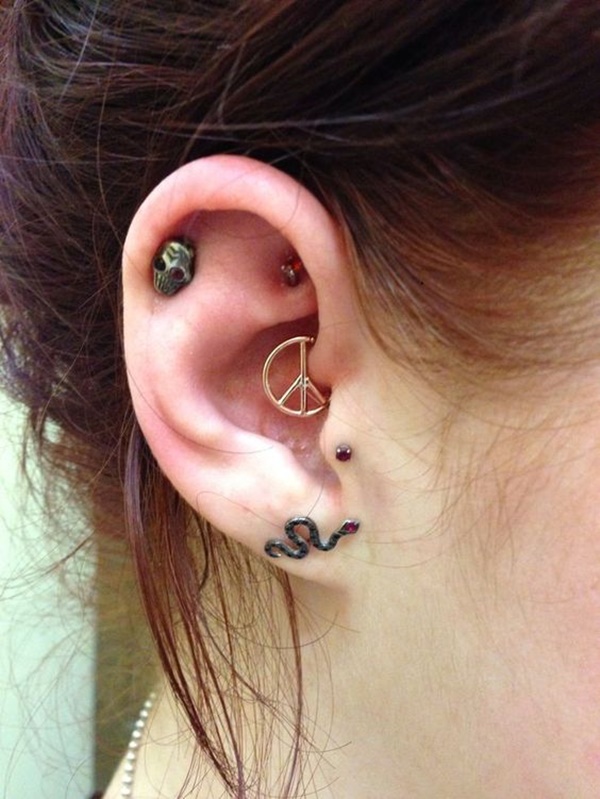
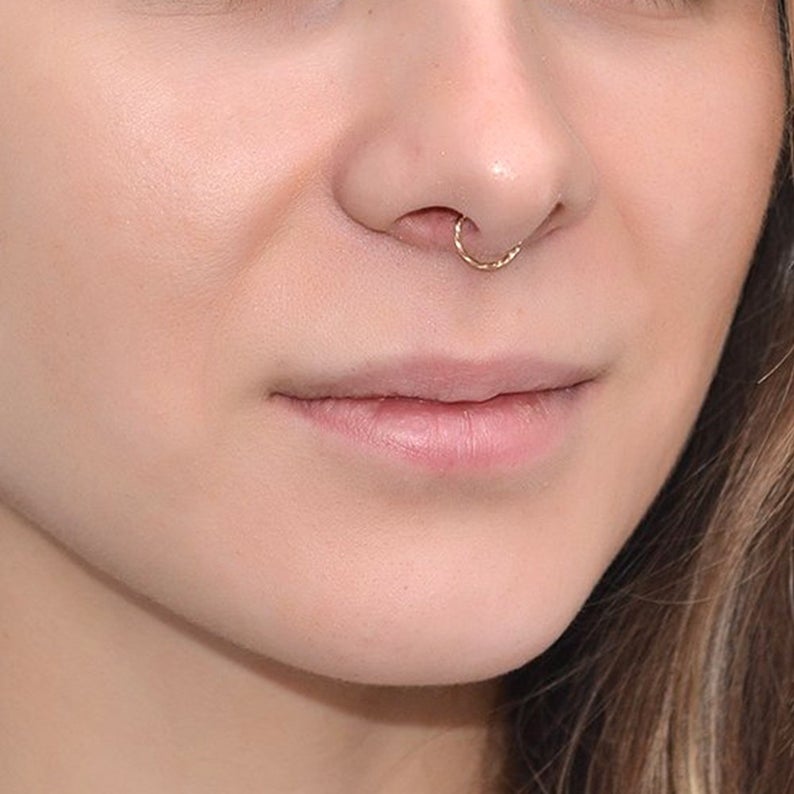
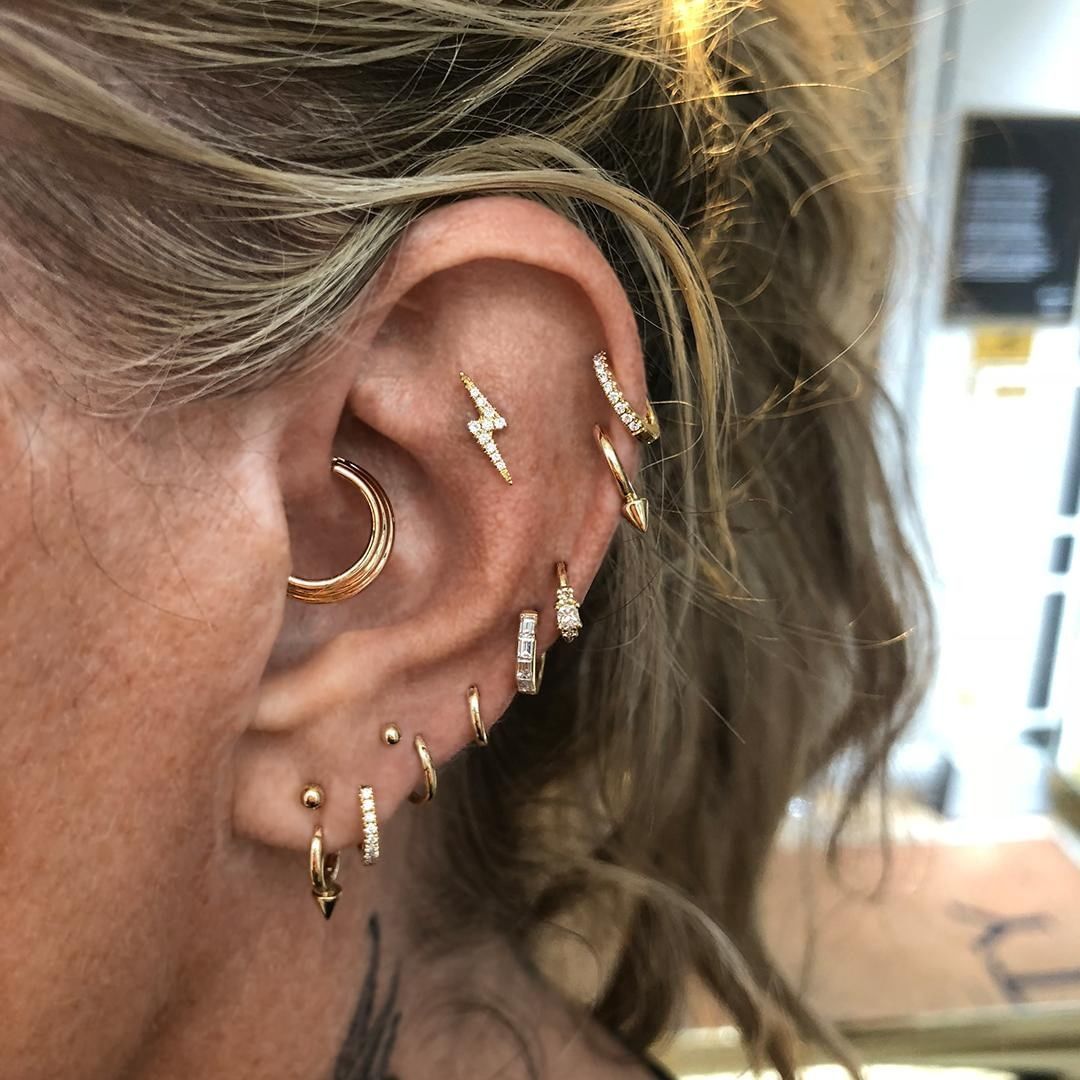
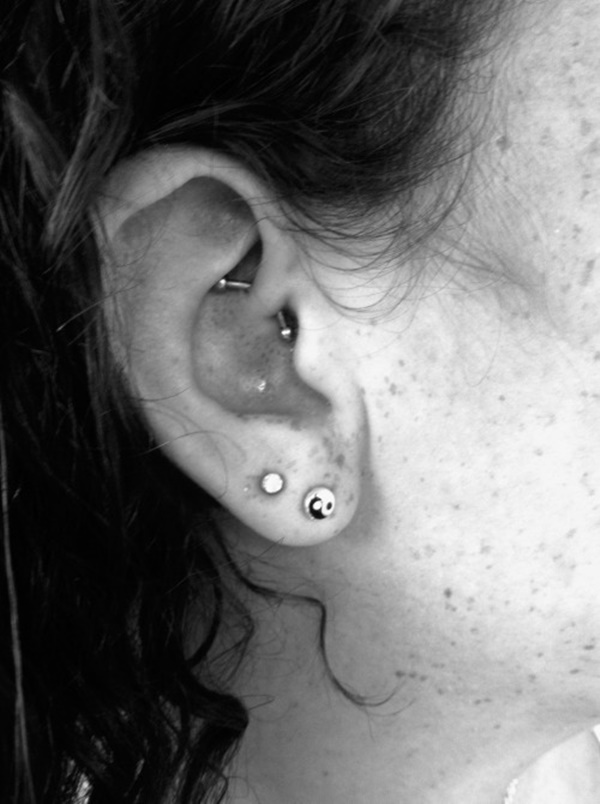
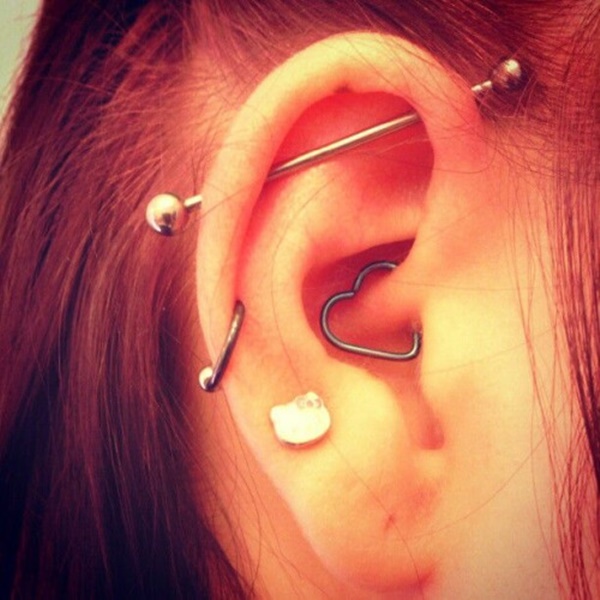
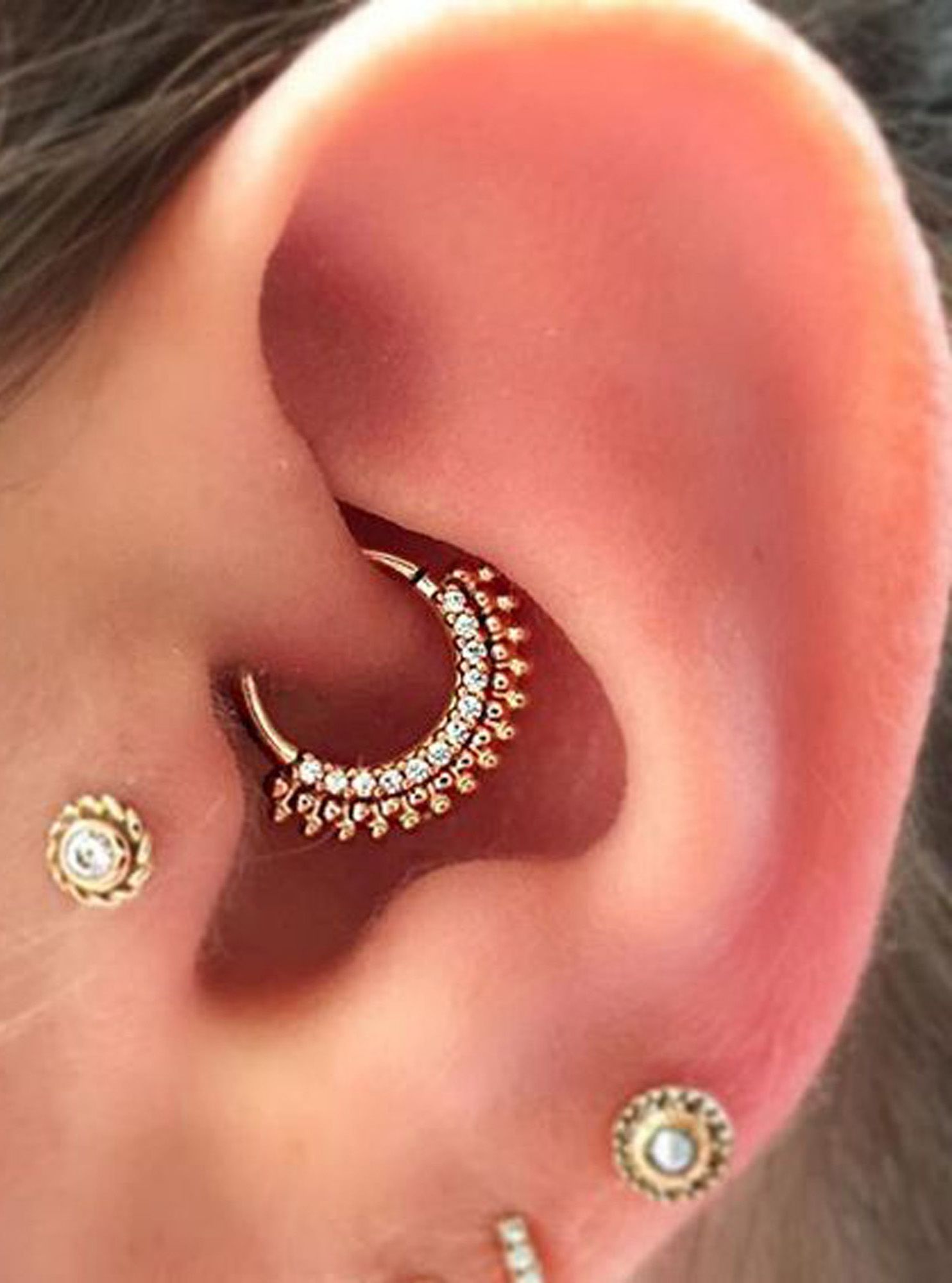
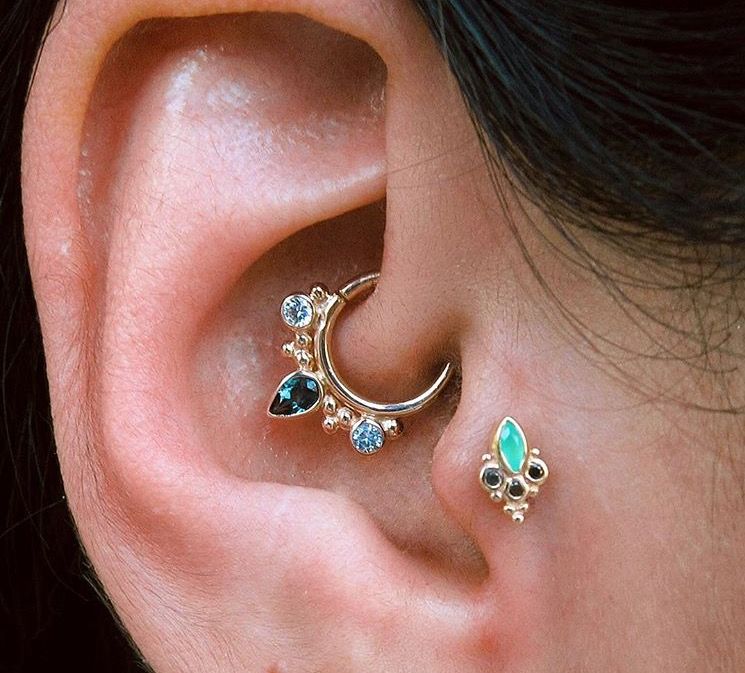
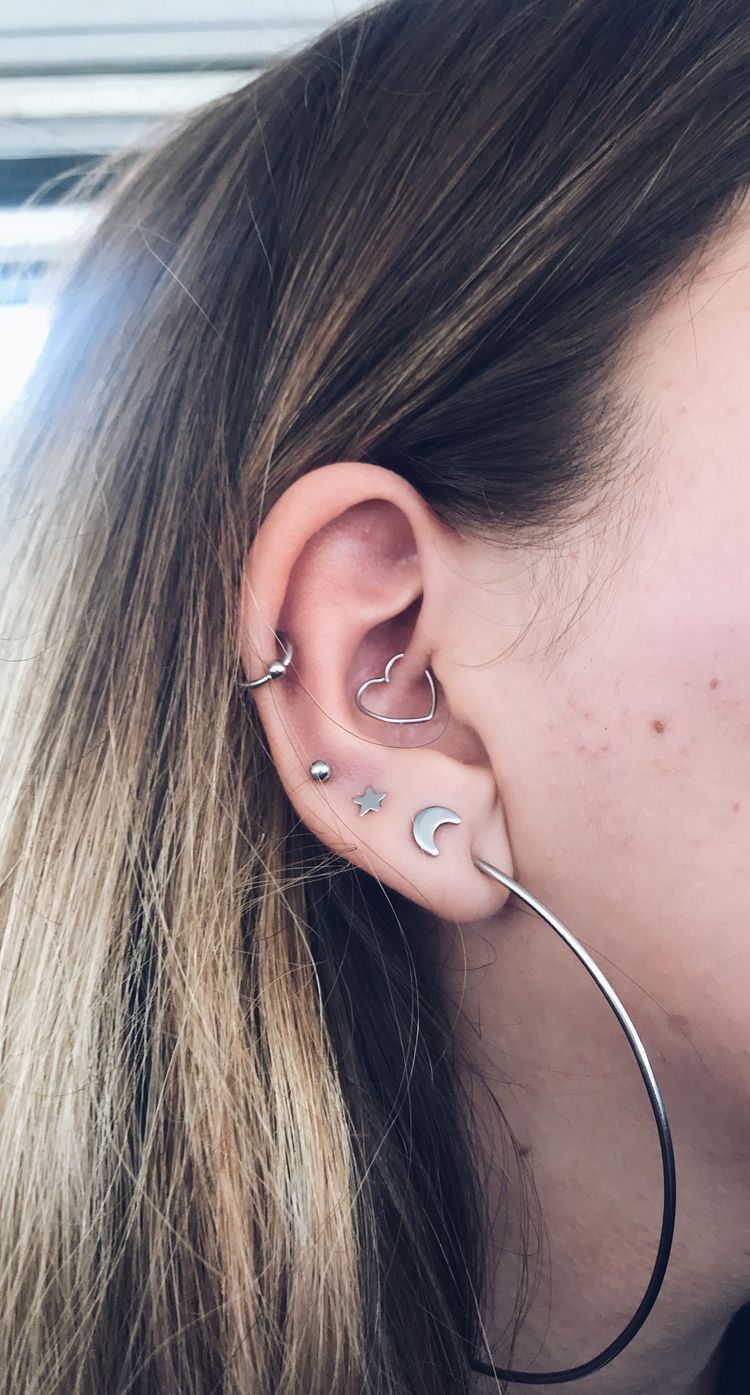
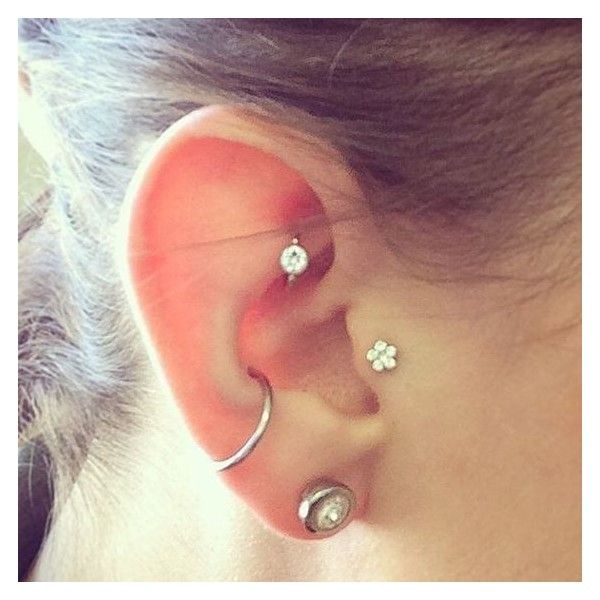
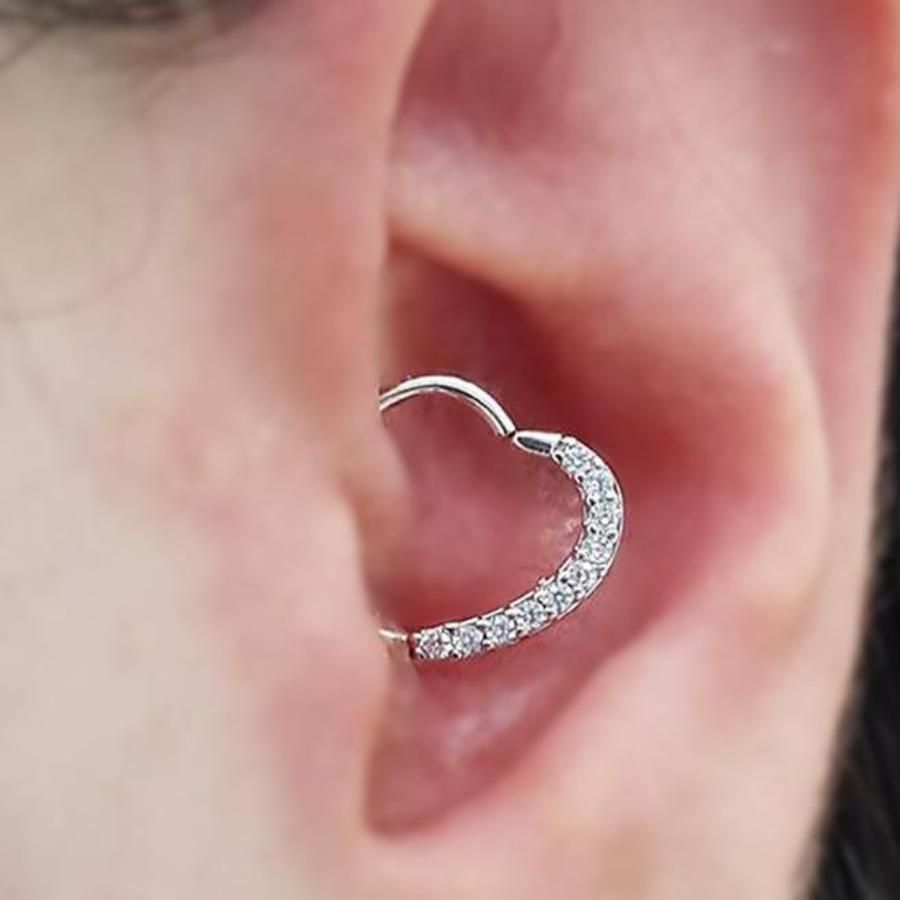
Additionally, avoid harsh beauty and hair products and perfumes that could snag on your new piercing. This is especially important if you sleep on the same side as it may cause discomfort.
Ear piercings for women
Ear piercings have been around for millennia, and people across cultures have worn them to express their beliefs, superstitions, rituals of passage, or just for aesthetic appeal.
Women often opt for the standard lobe piercing as it’s easy to maintain and has a lower pain level compared to other piercings. This placement is popular among newbies due to its ease of care requirements.
For instance, pair one stud with several clusters of tiny hoops for an understated yet elegant ensemble.
Women often opt for the forward helix, a cartilage piercing located on the outer edge of their ears above the tragus. You may also opt for double or triple helixes which provide you with an intricate, concentrated appearance.
Ear piercings have become a popular trend among young women, often combined with multiple piercings (known as the “curated ear”) that have replaced tattoos as the go-to body adornment choice for many.
